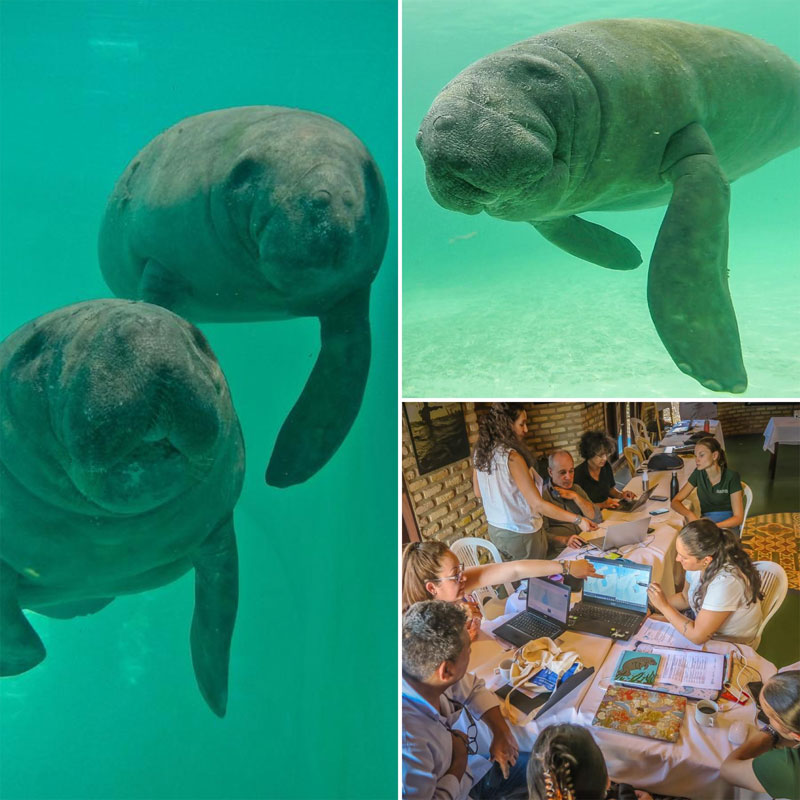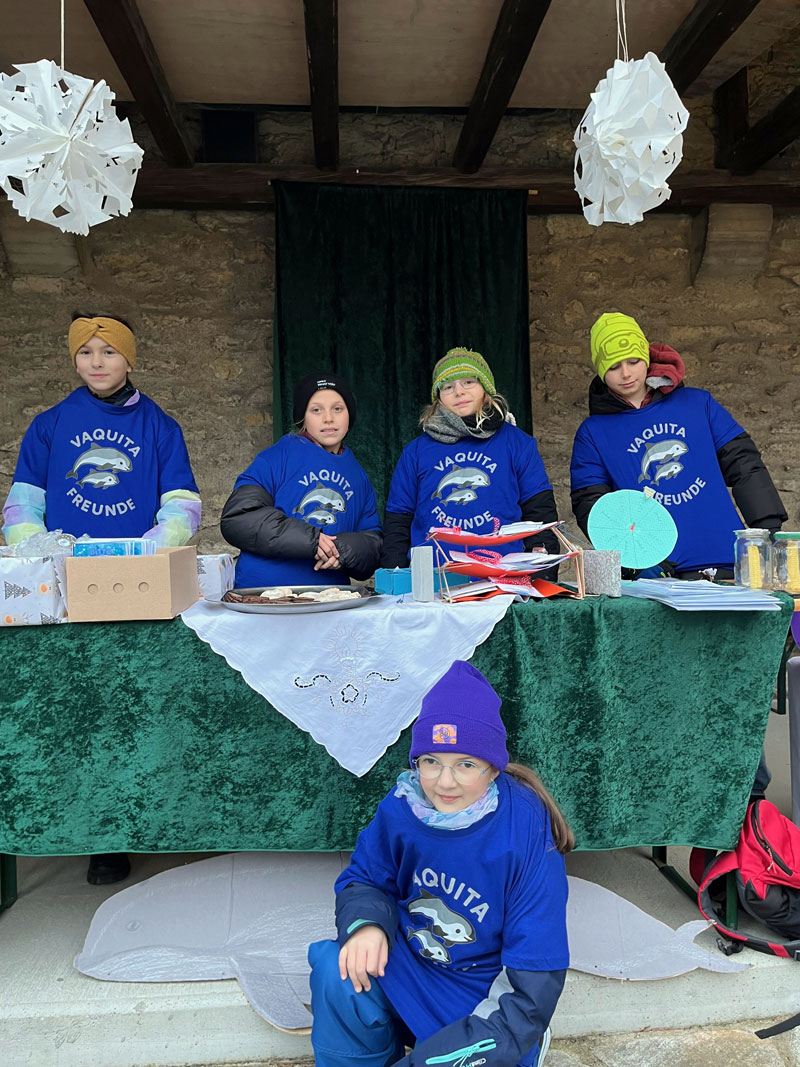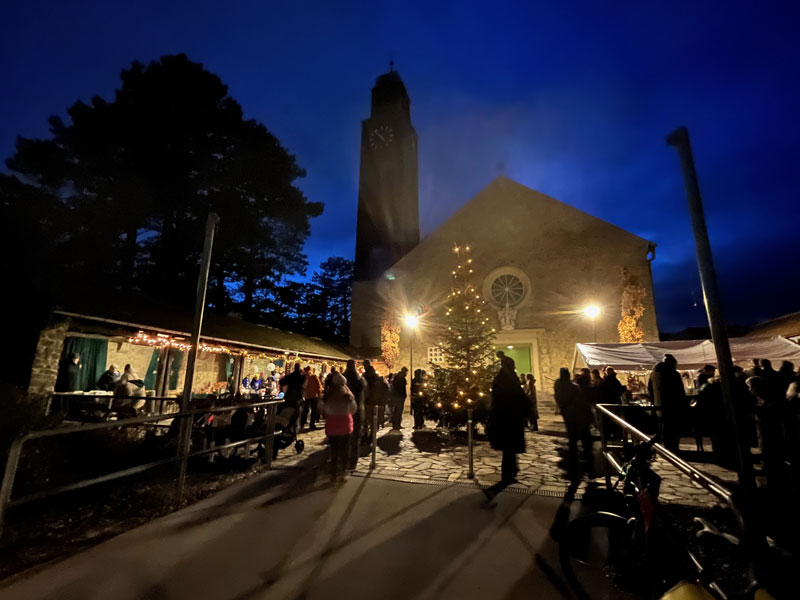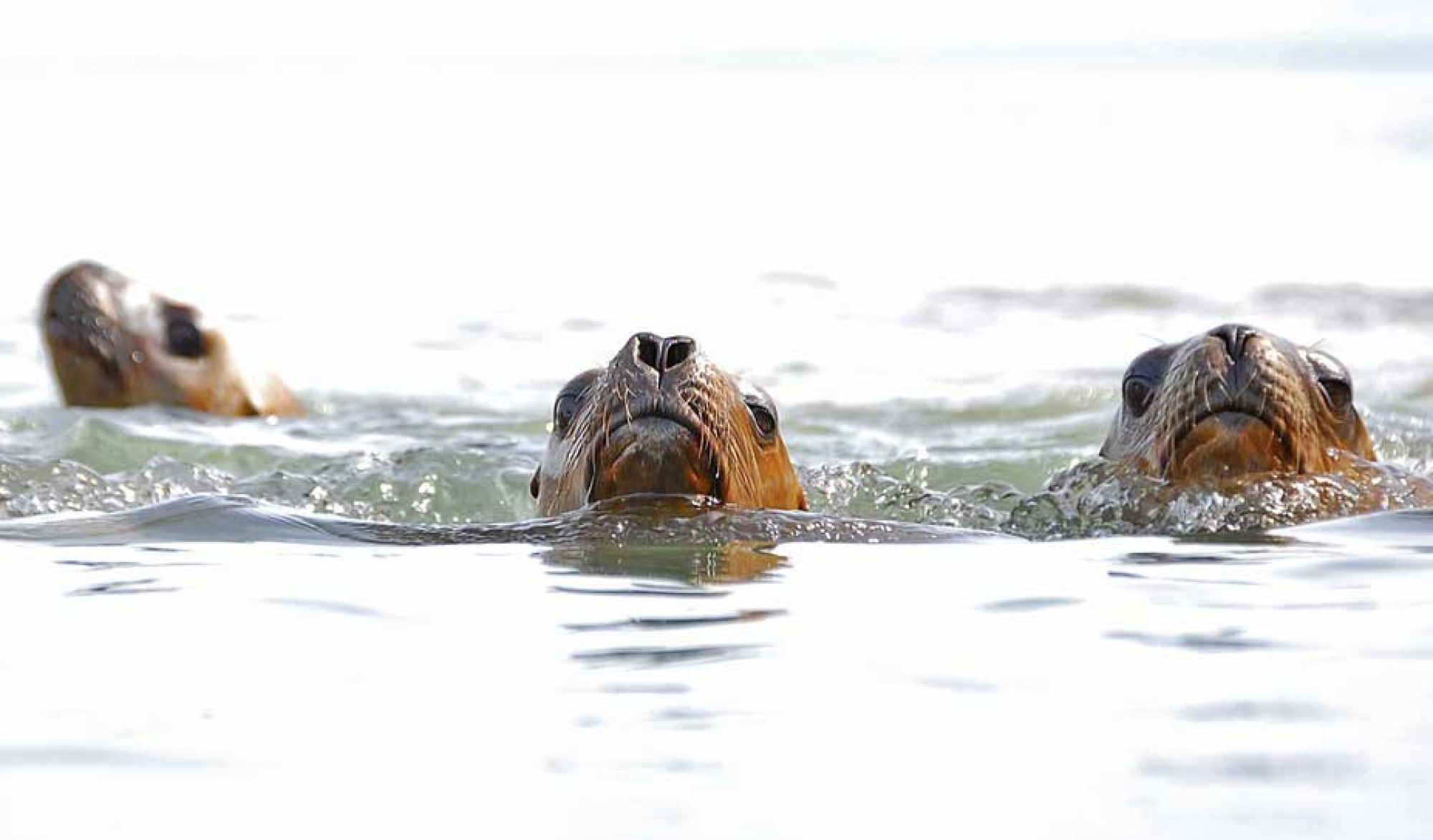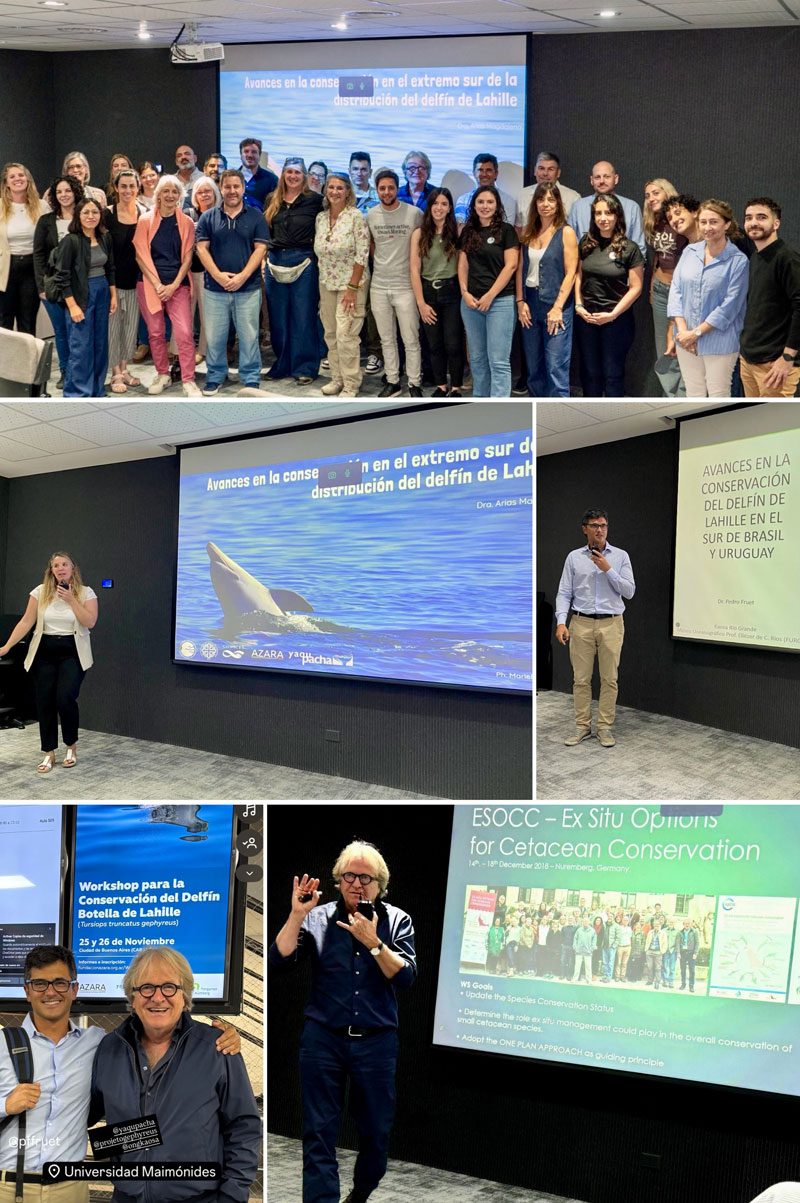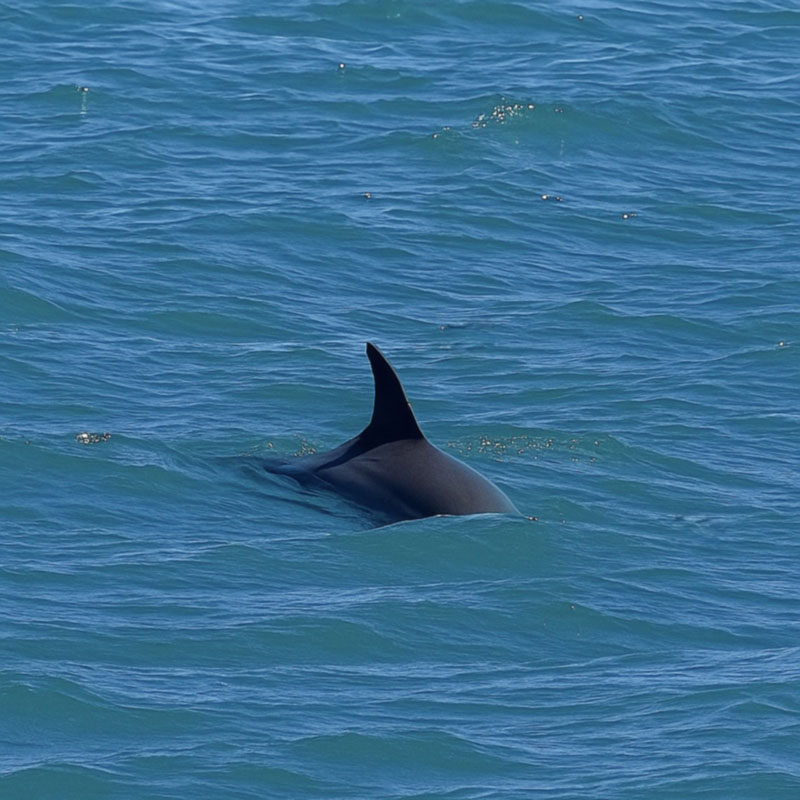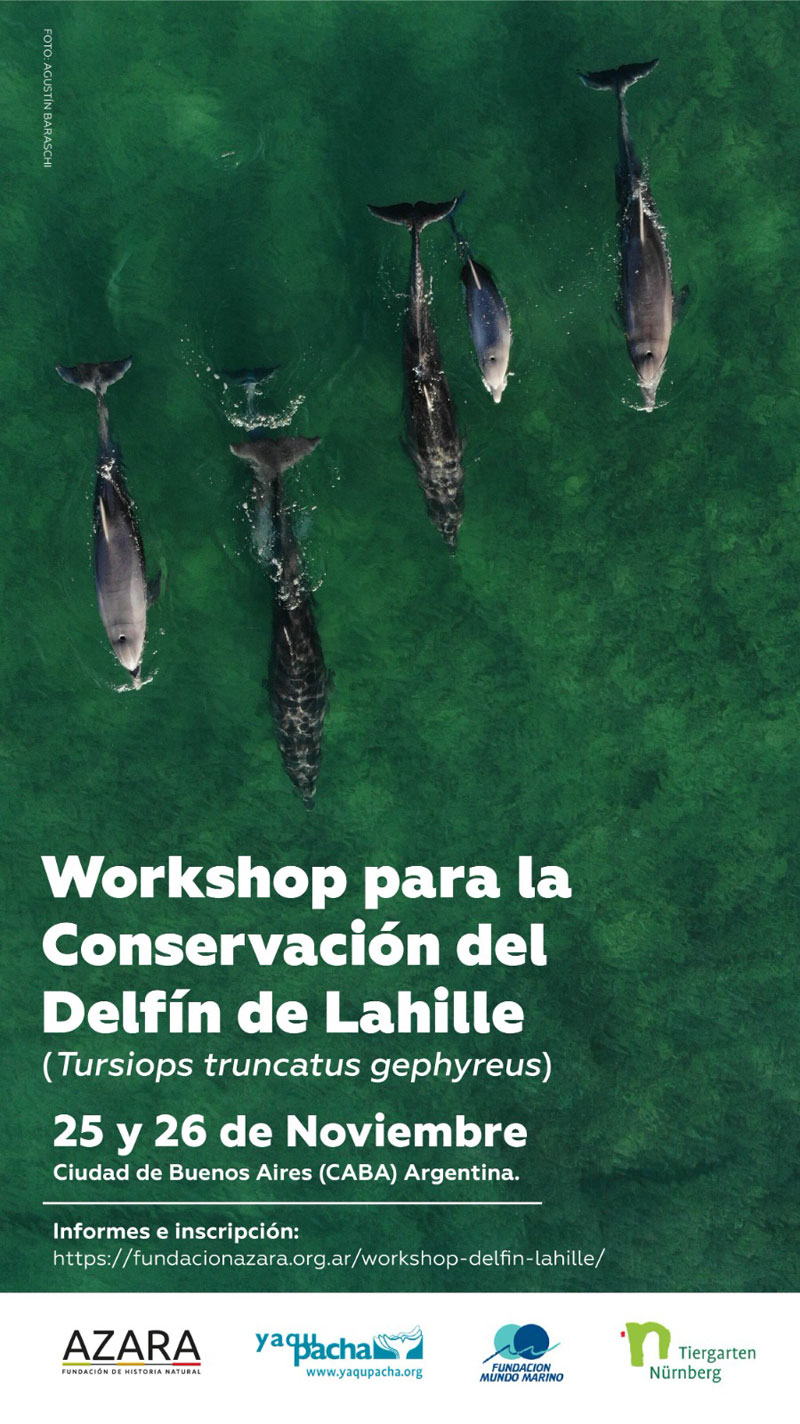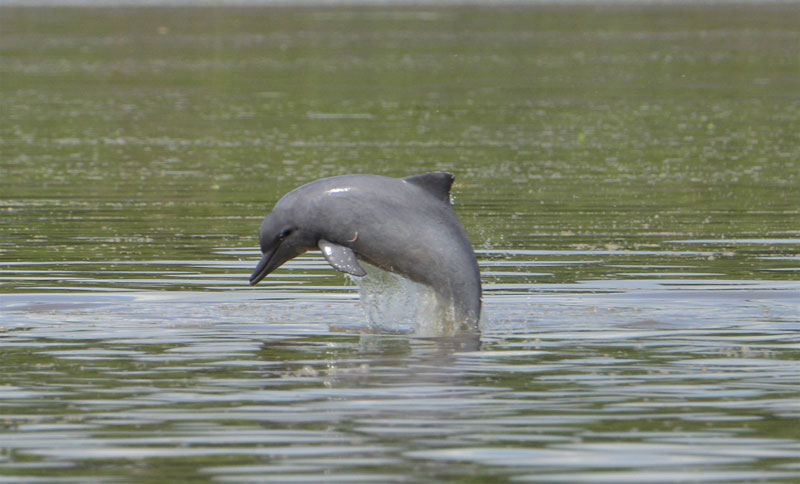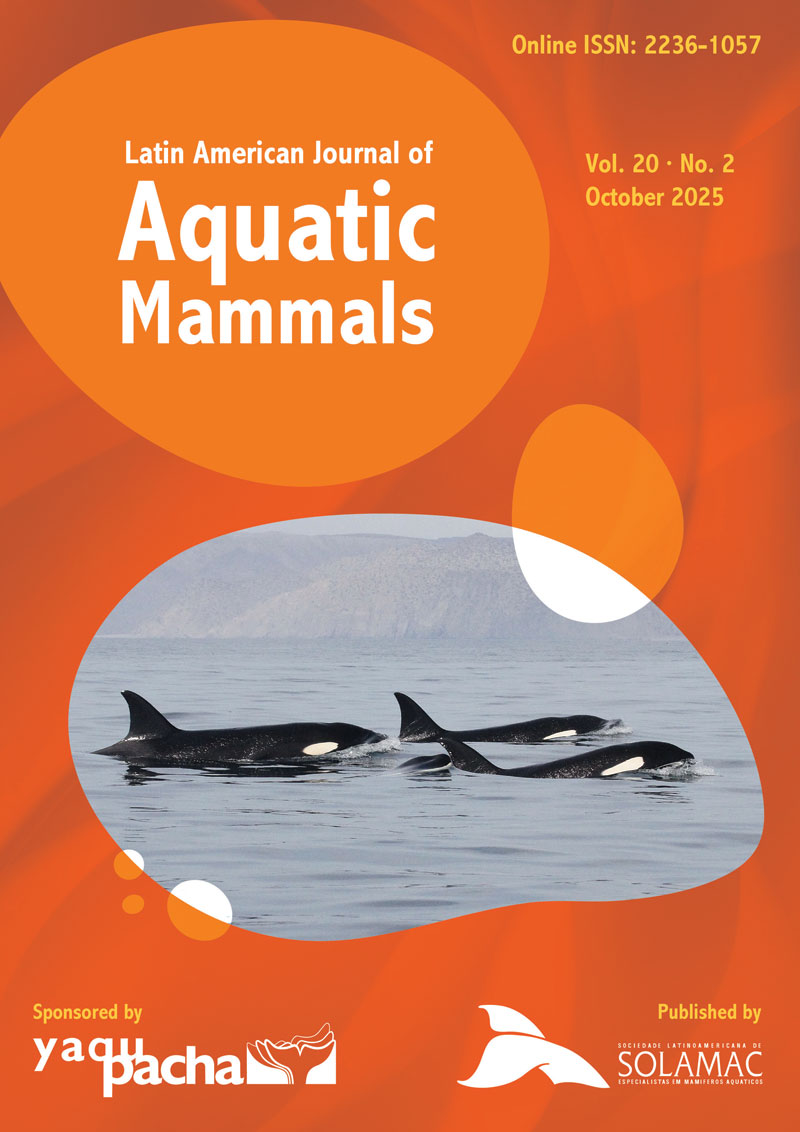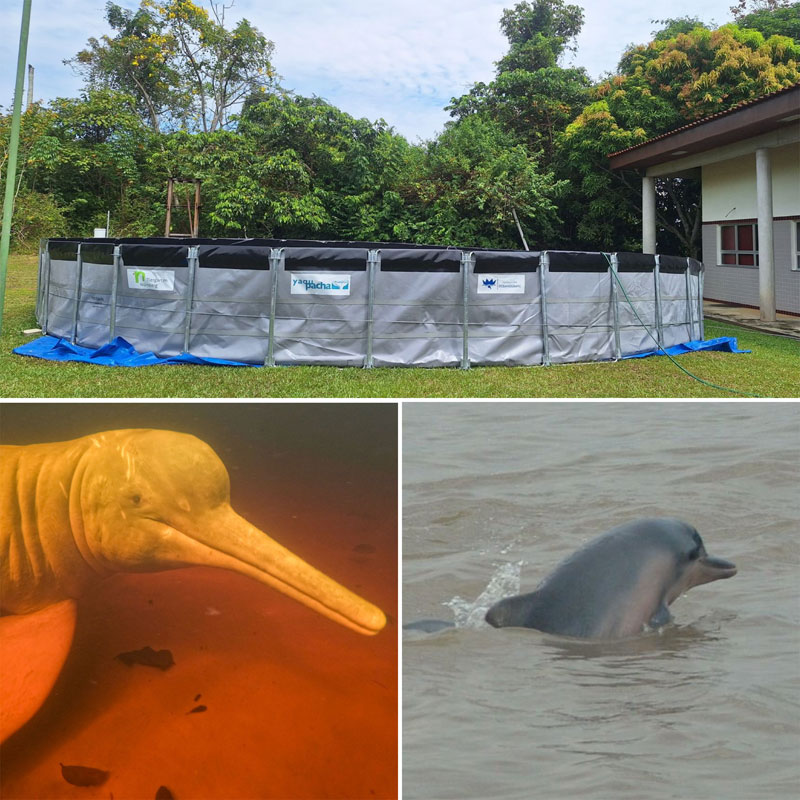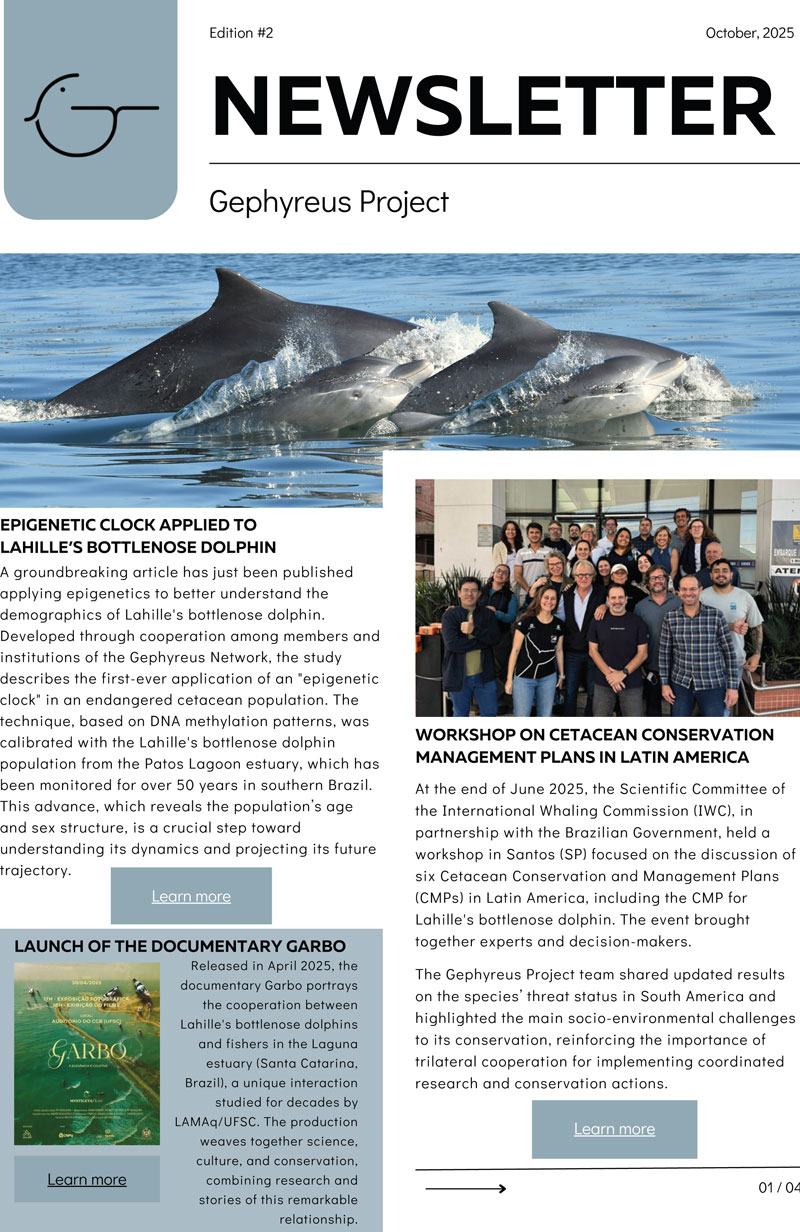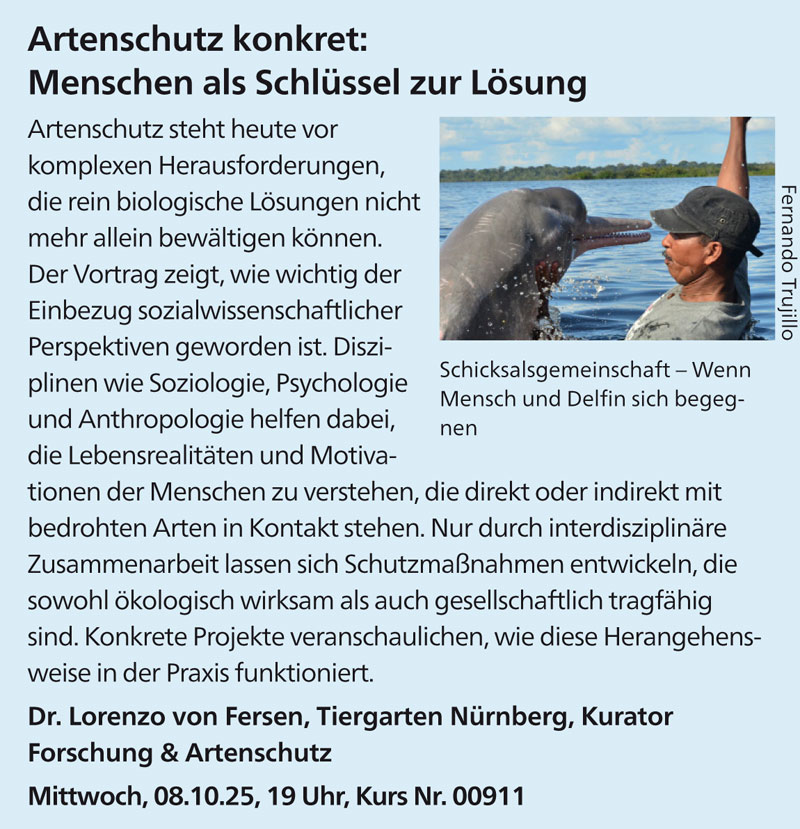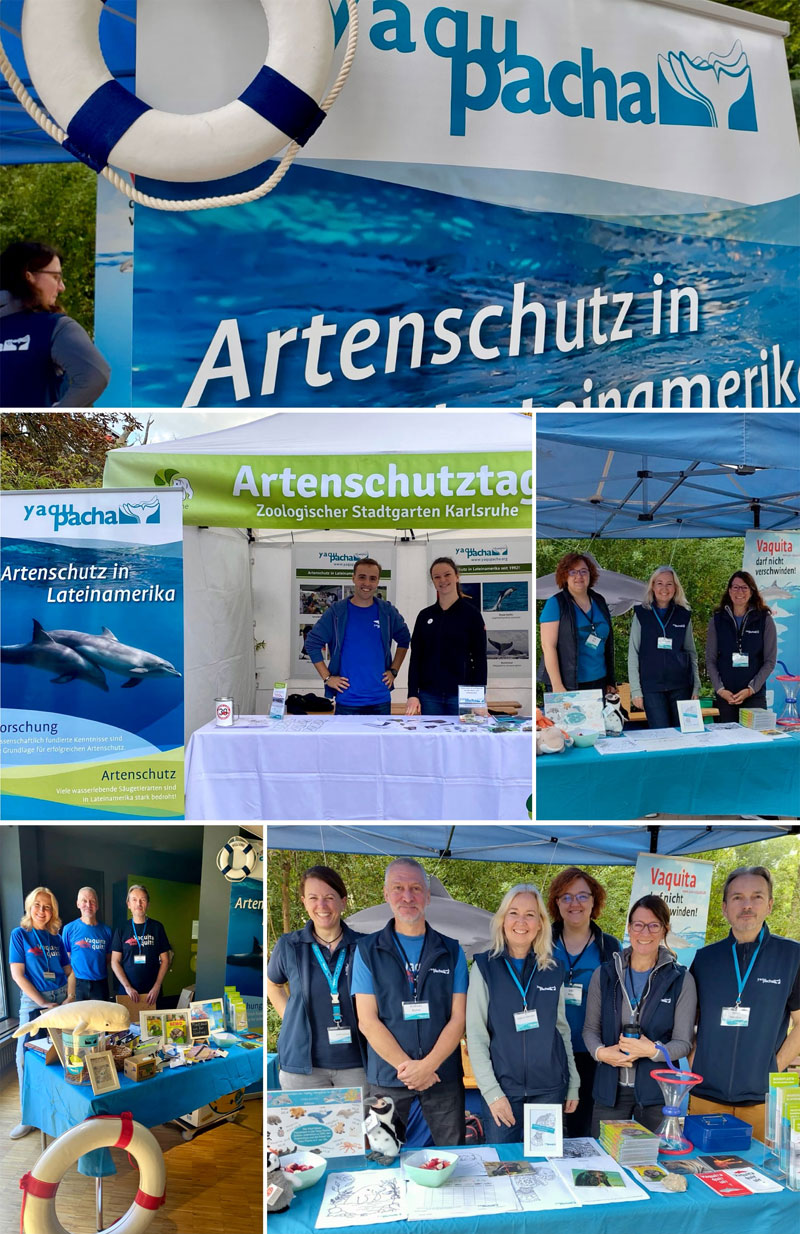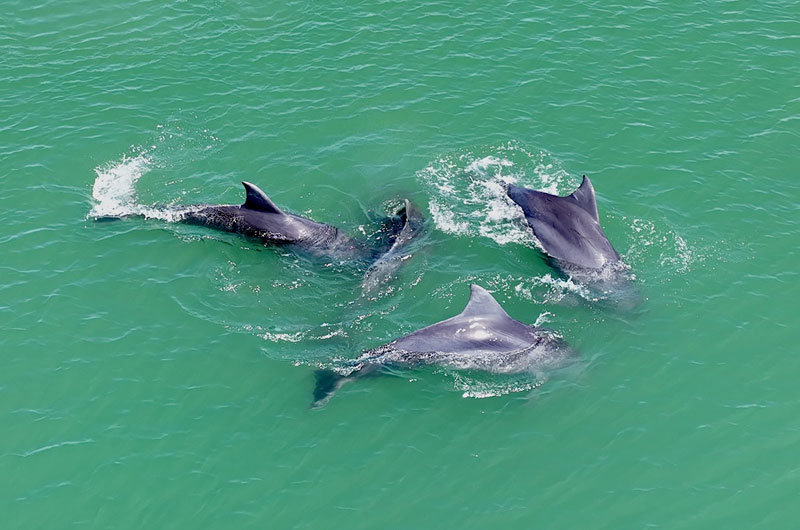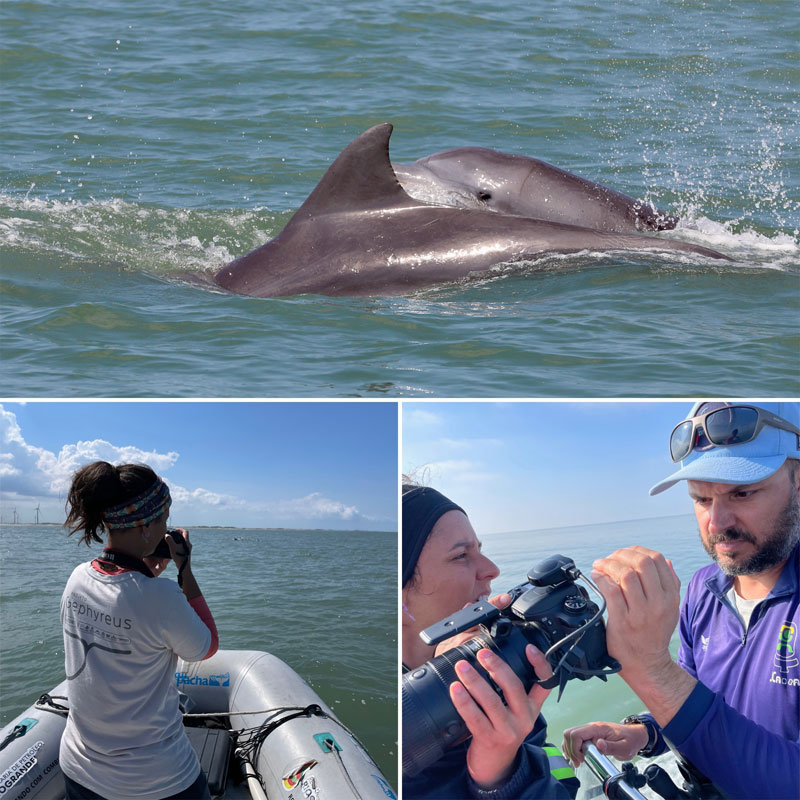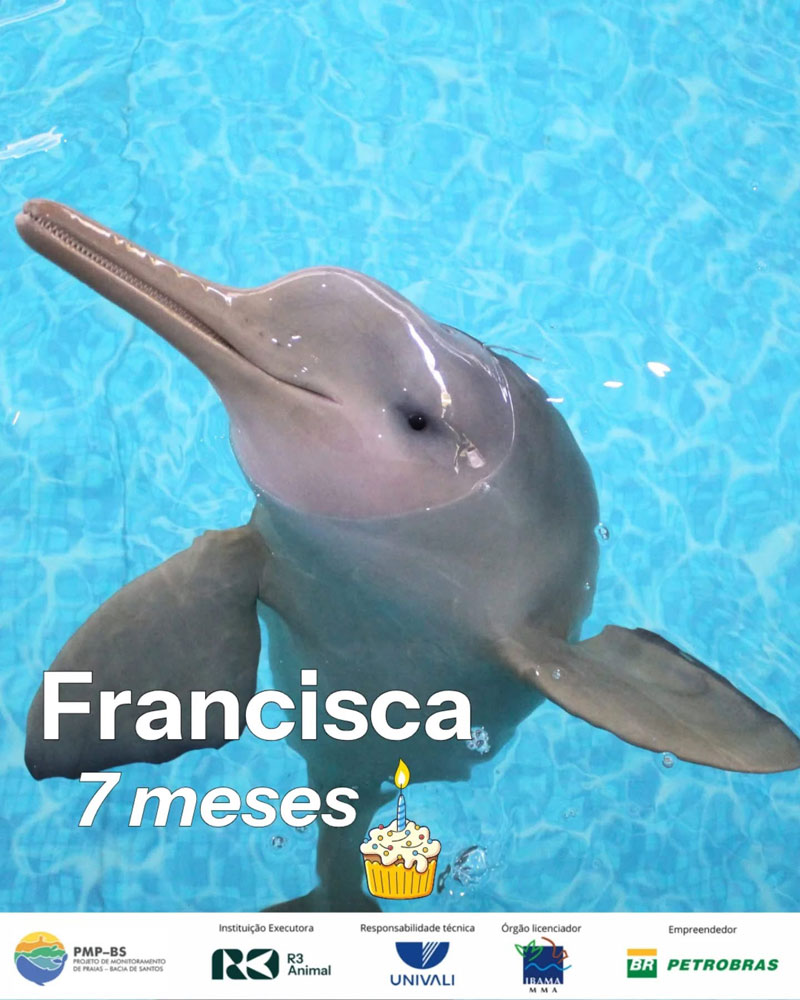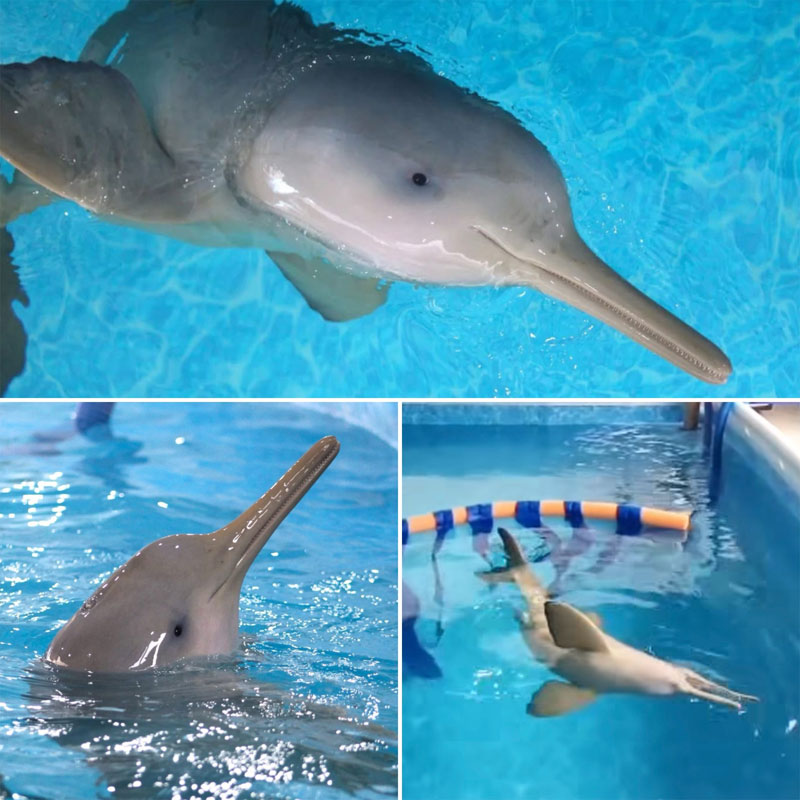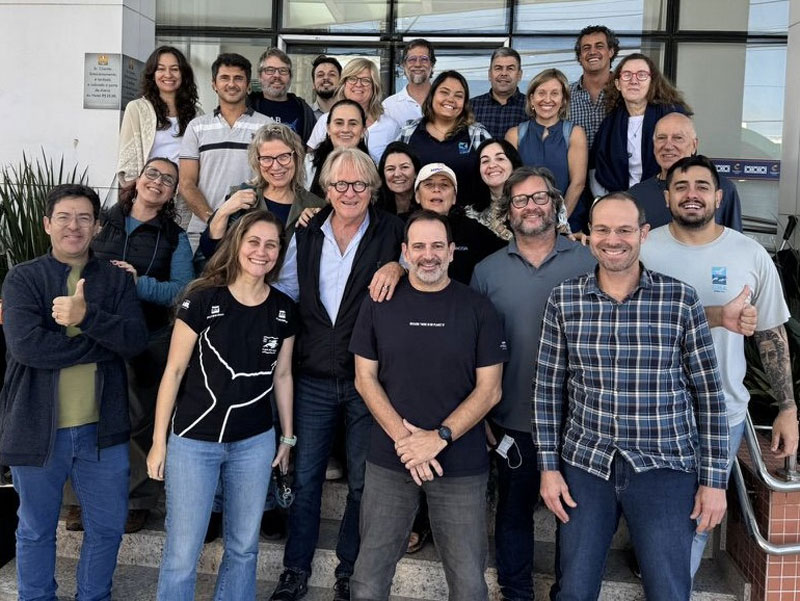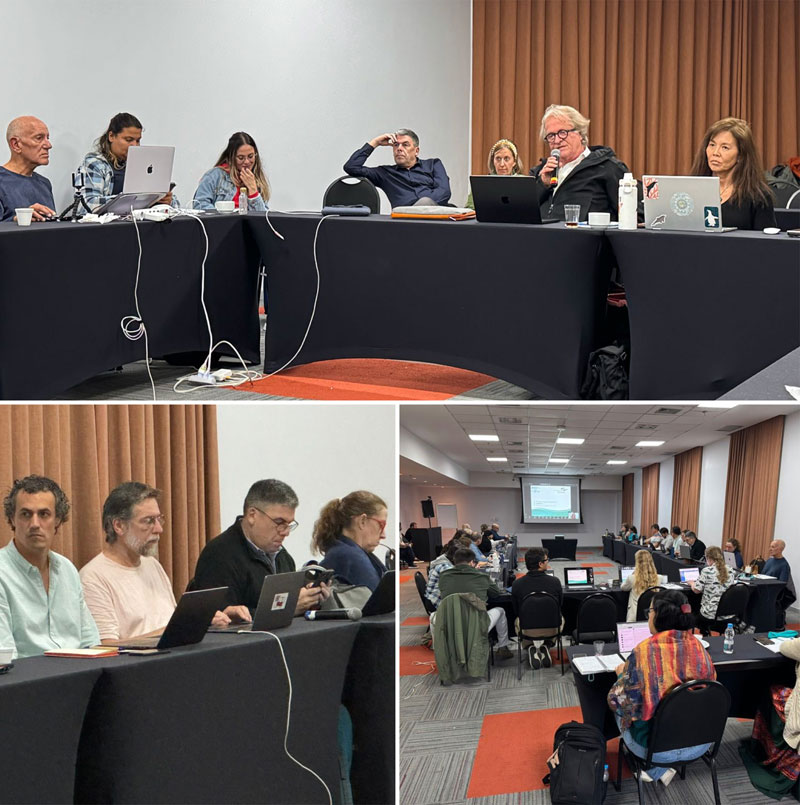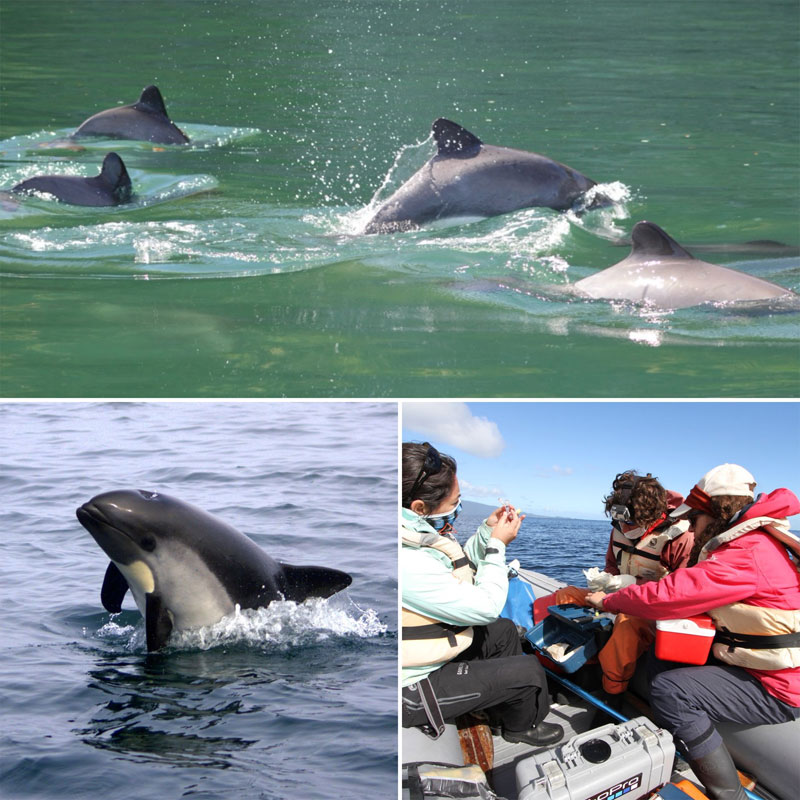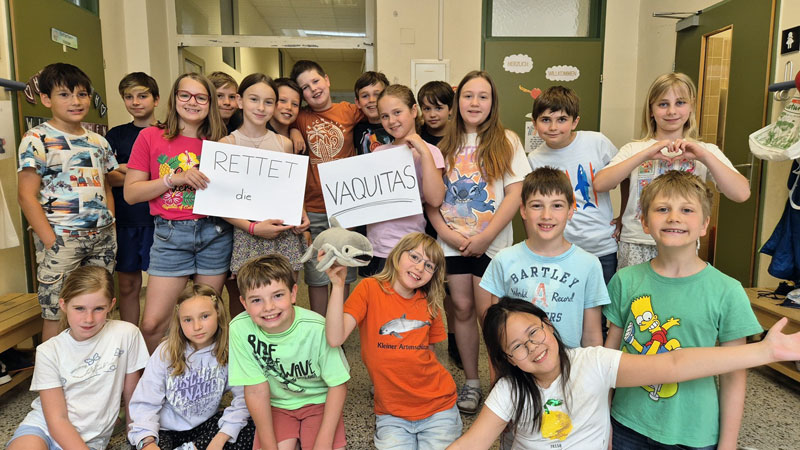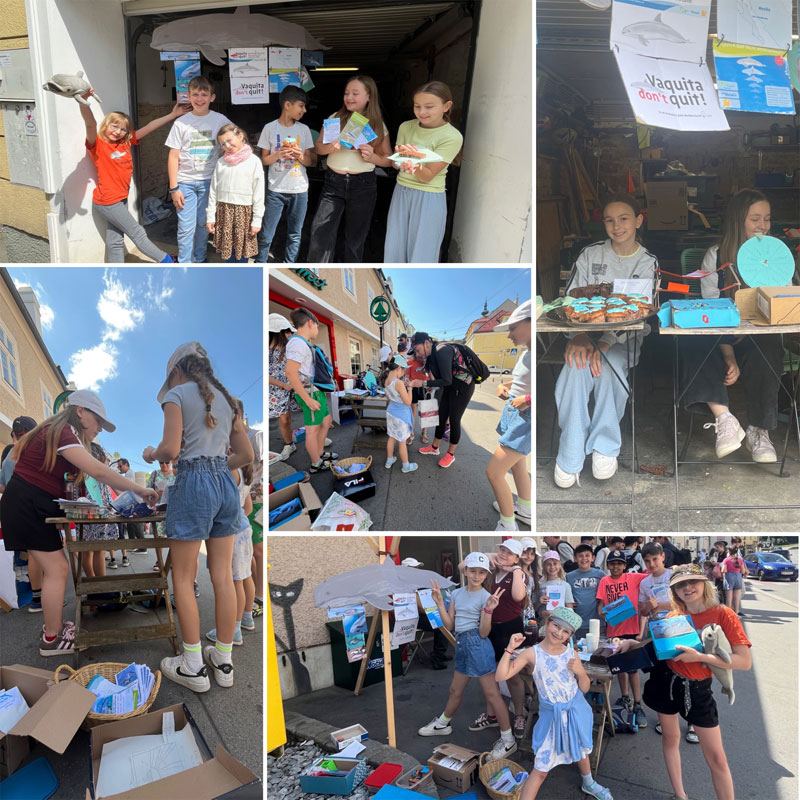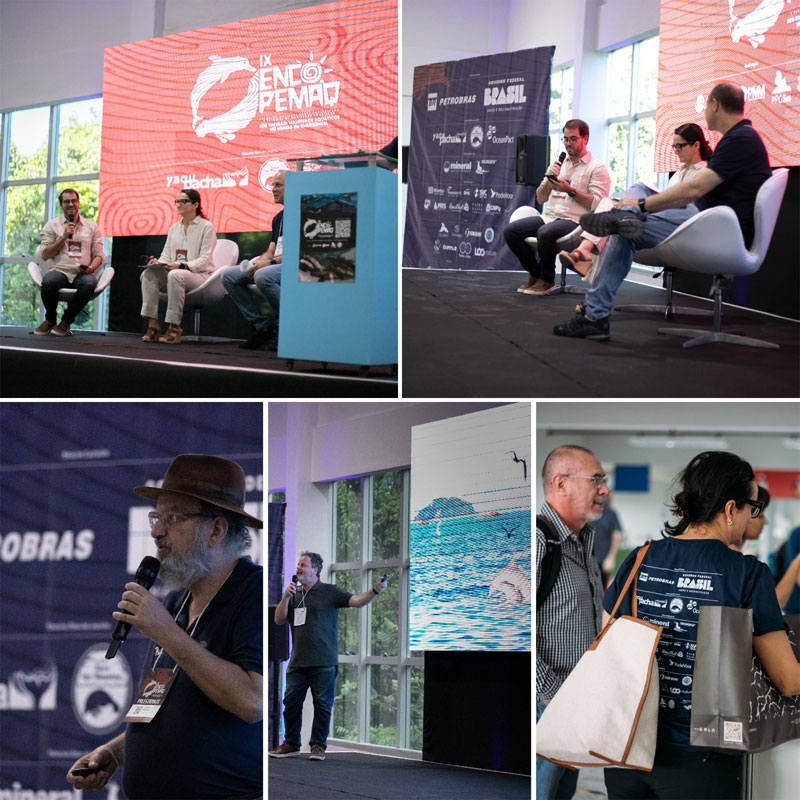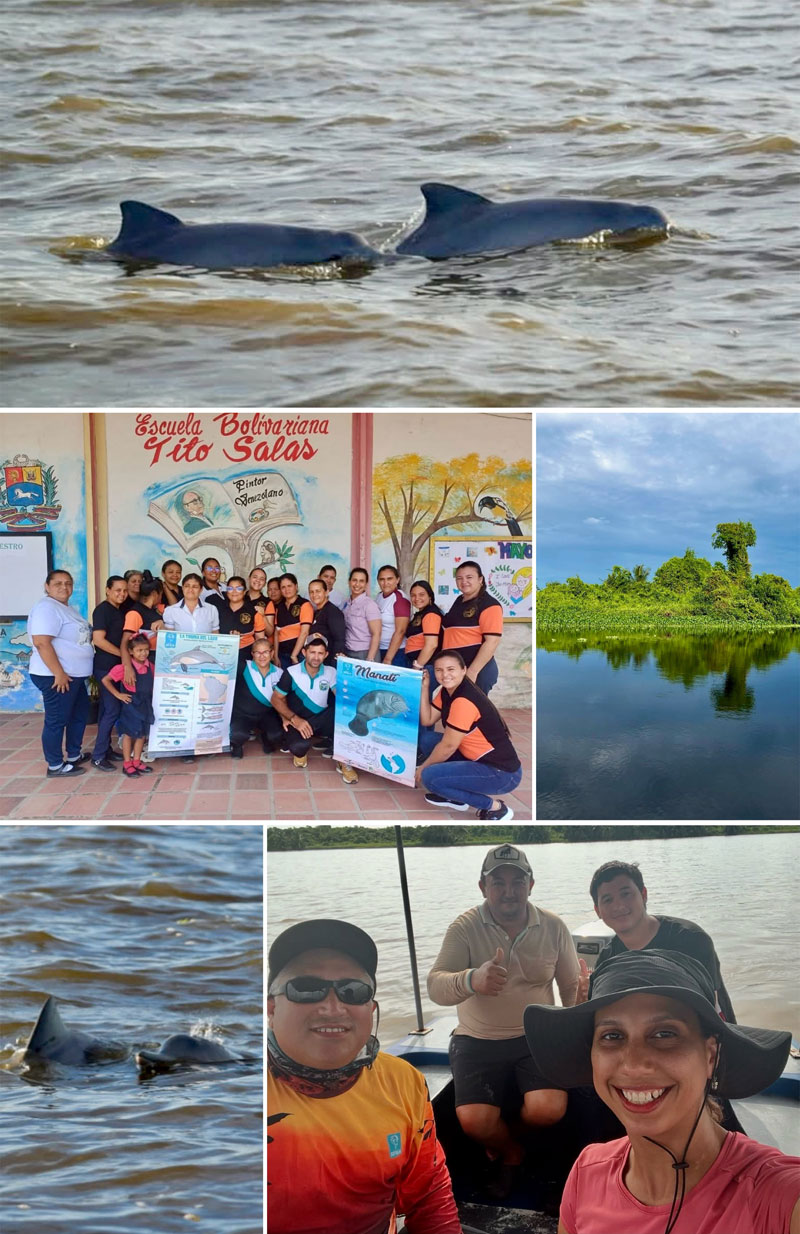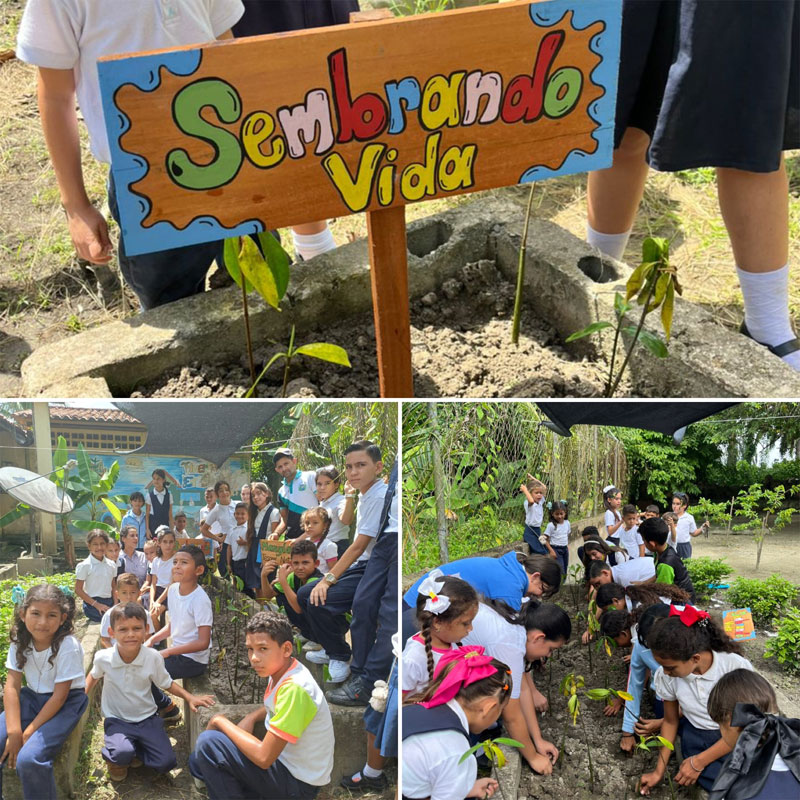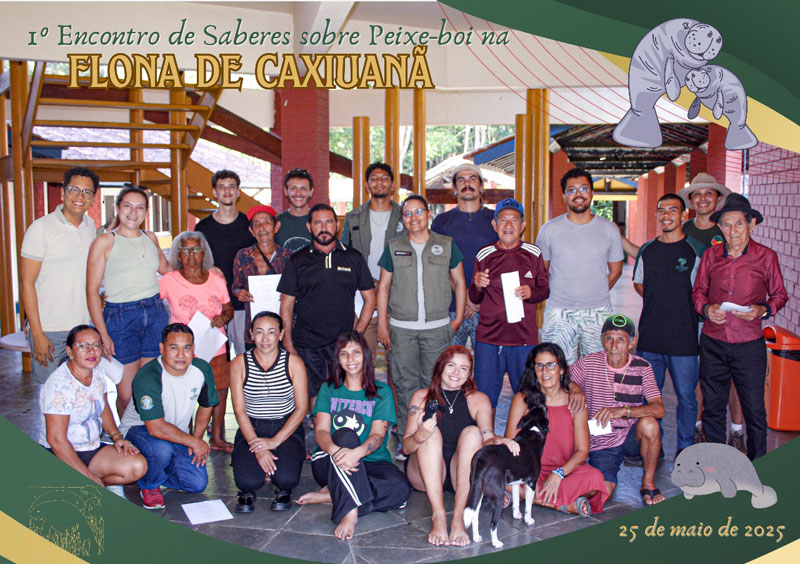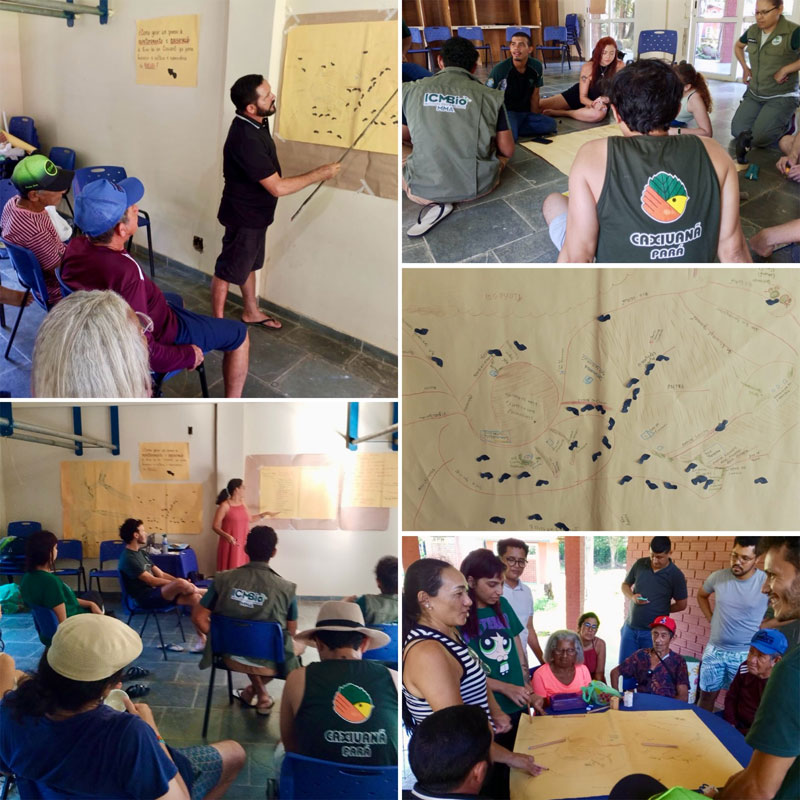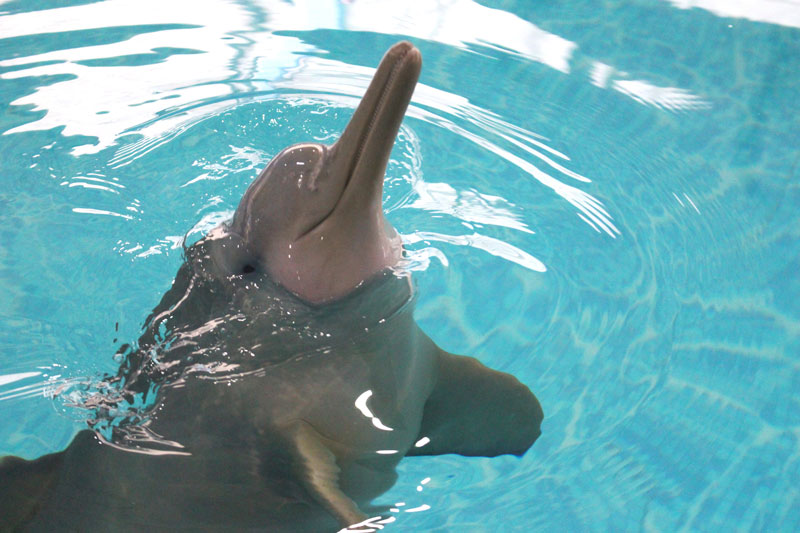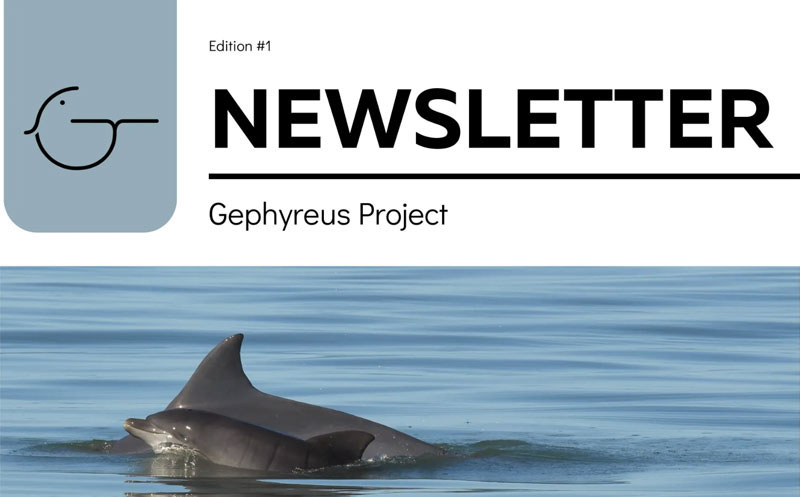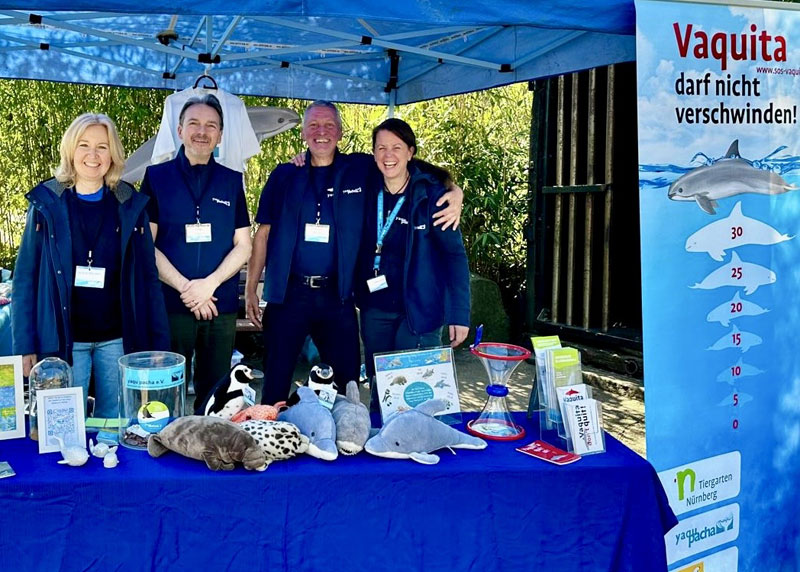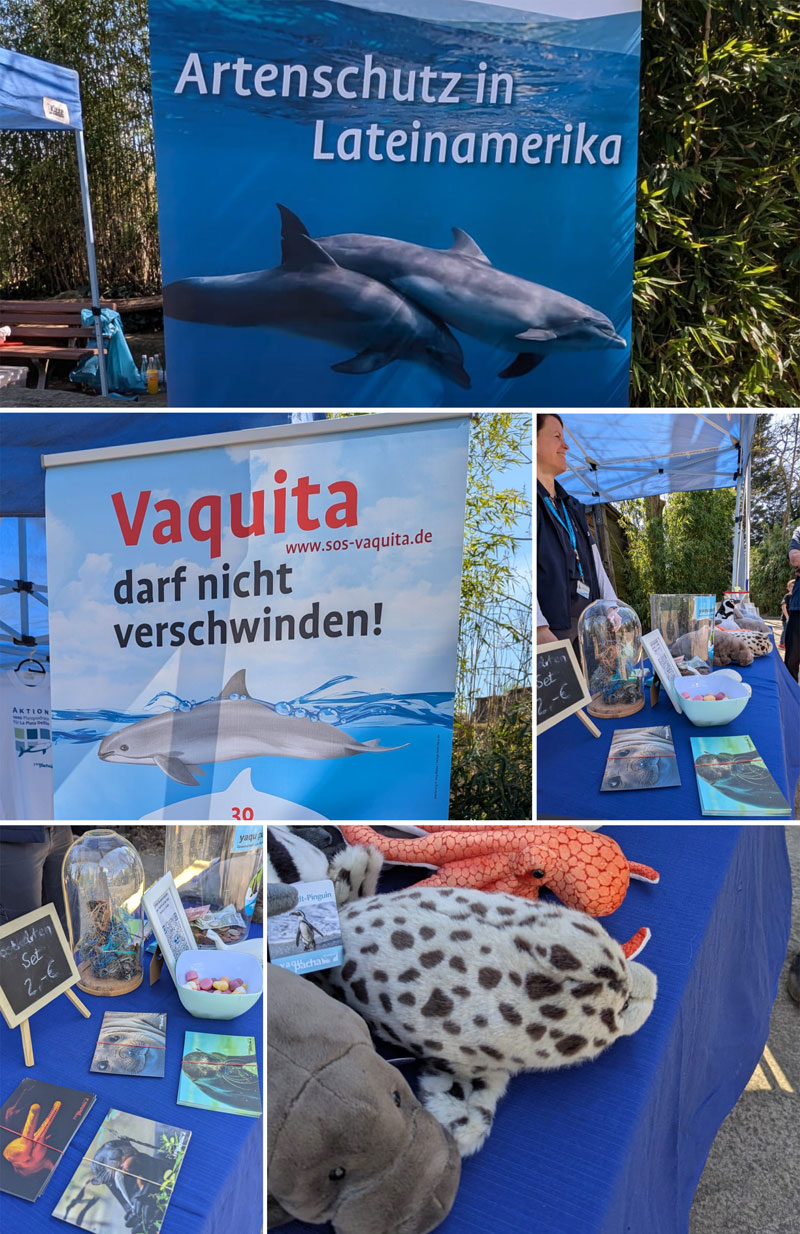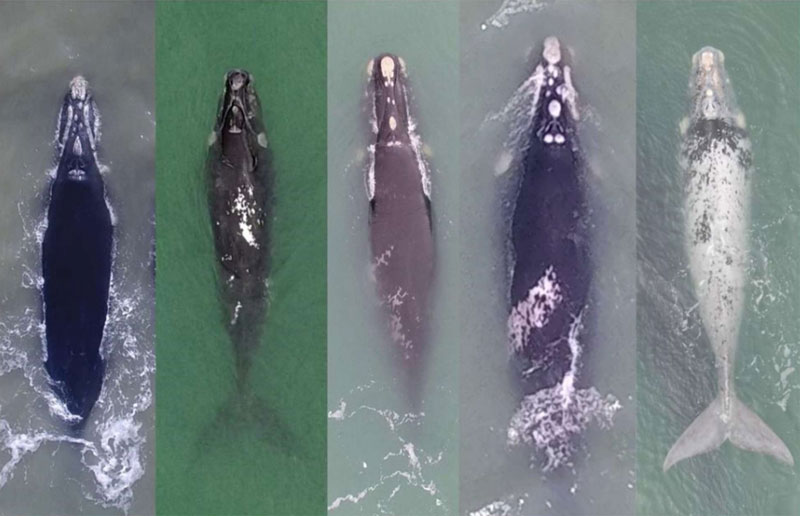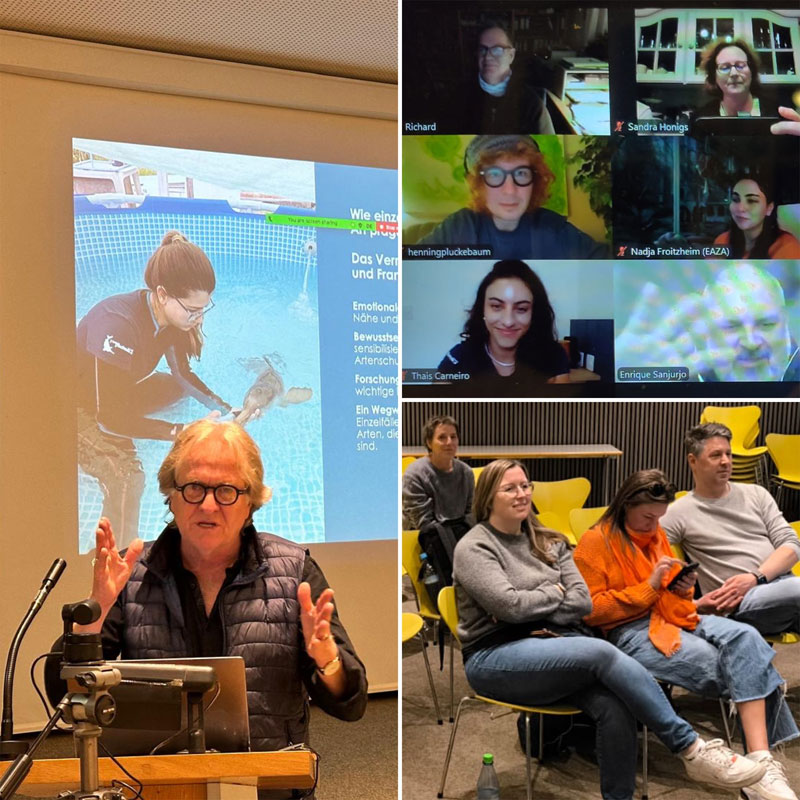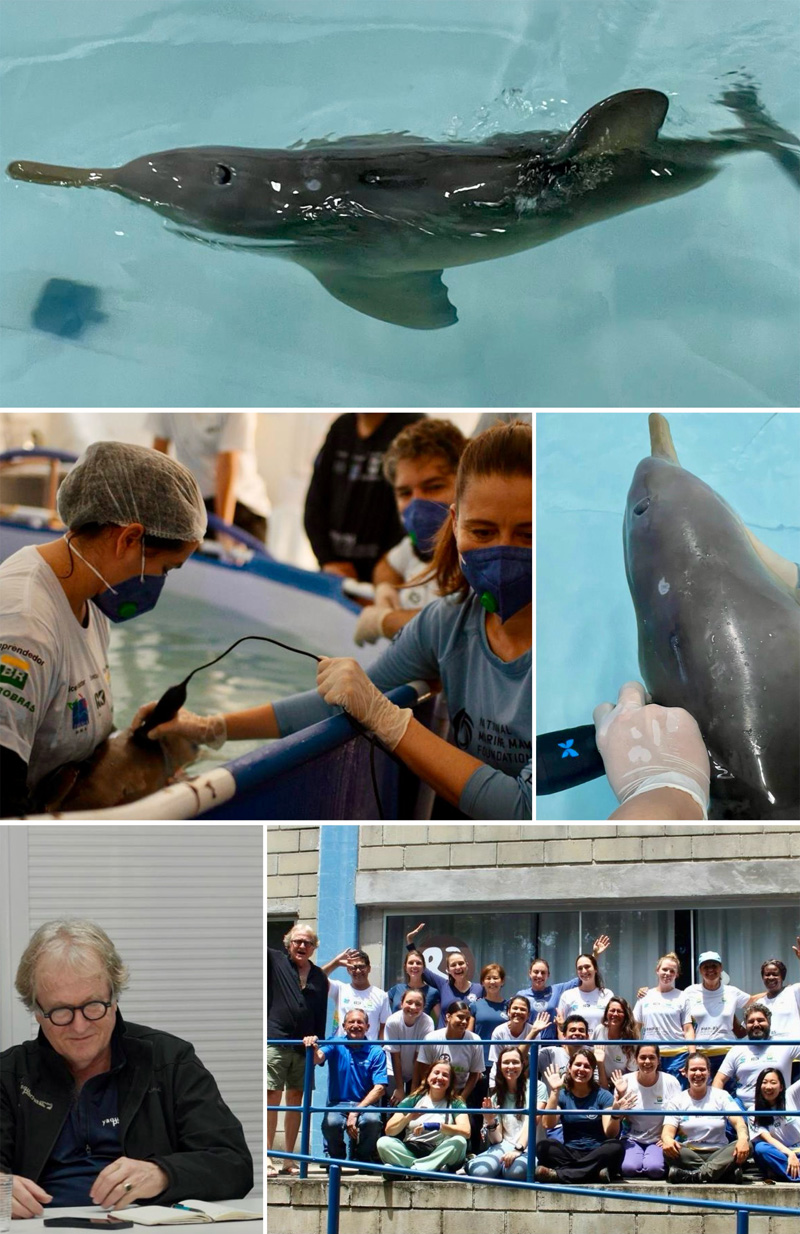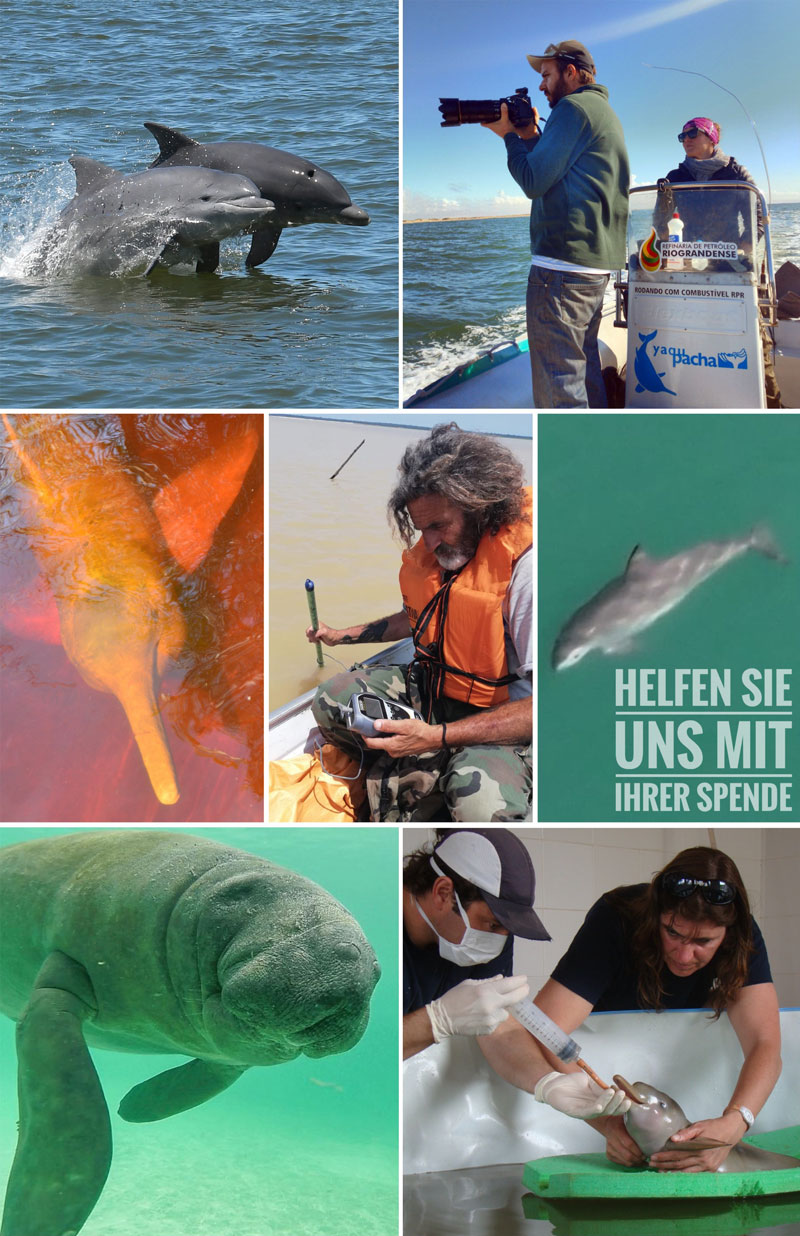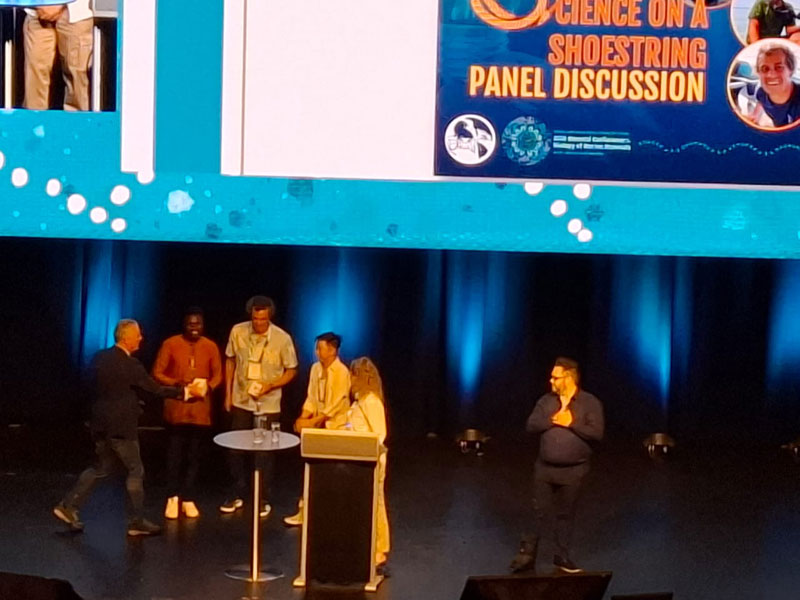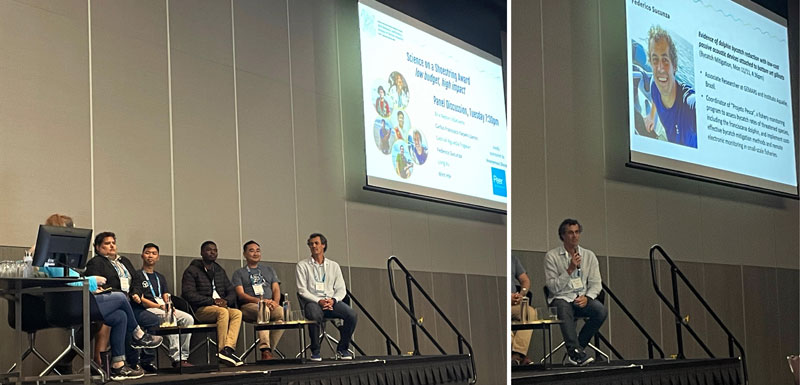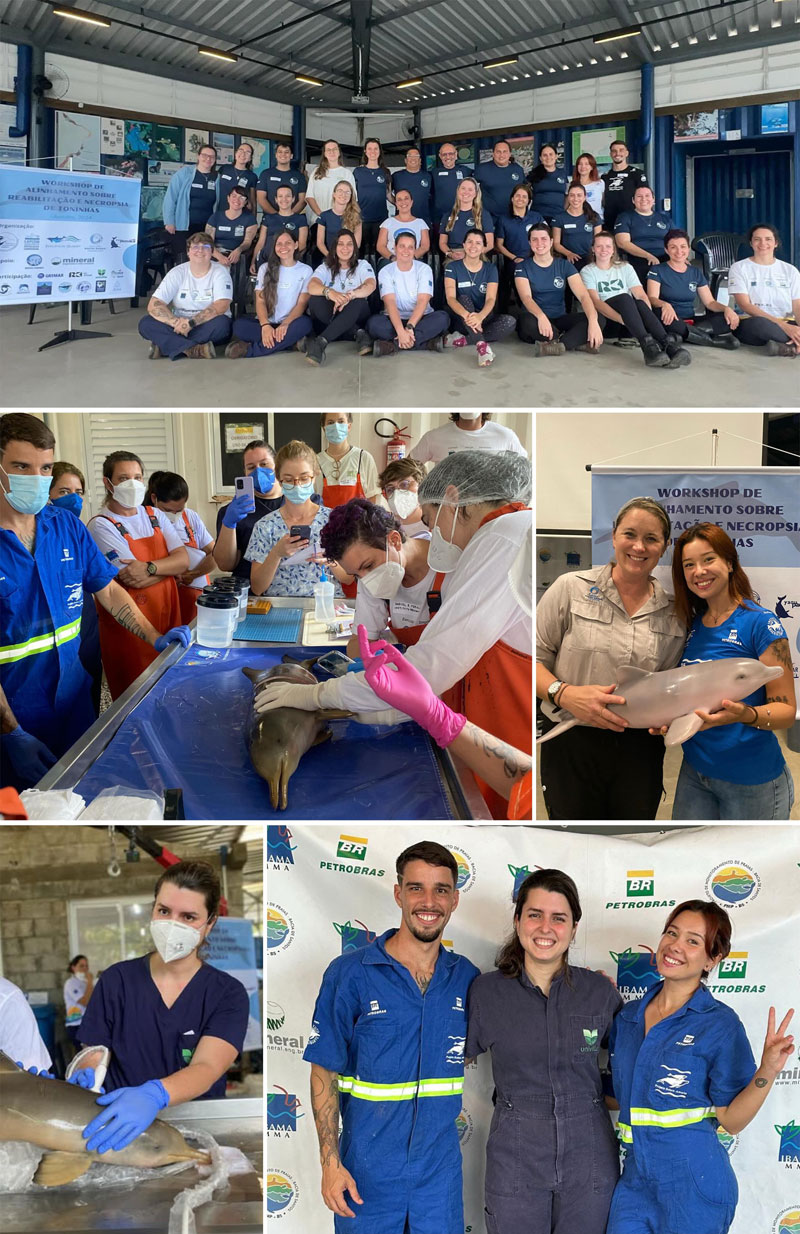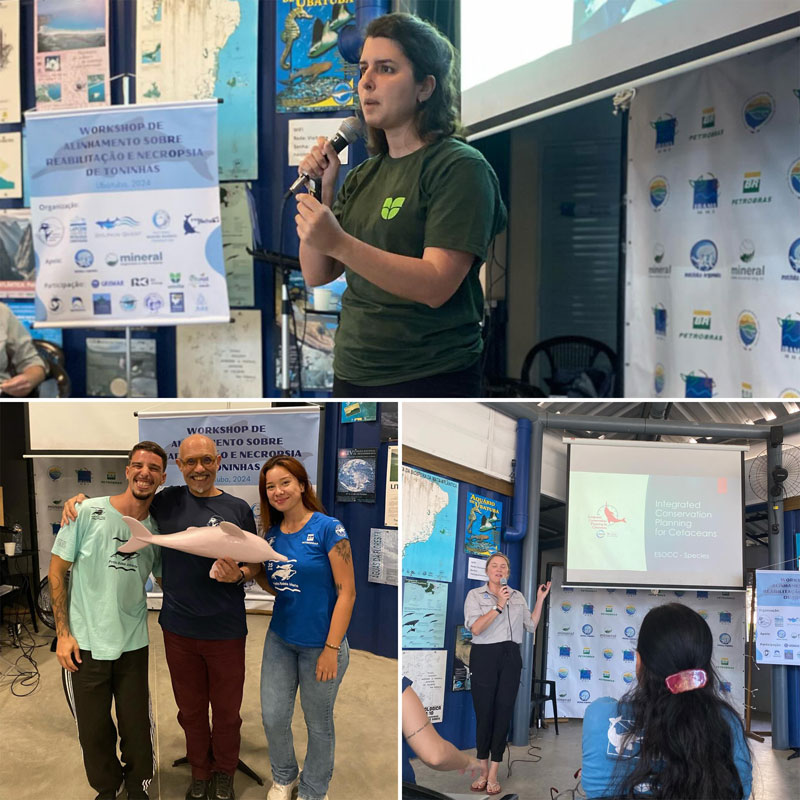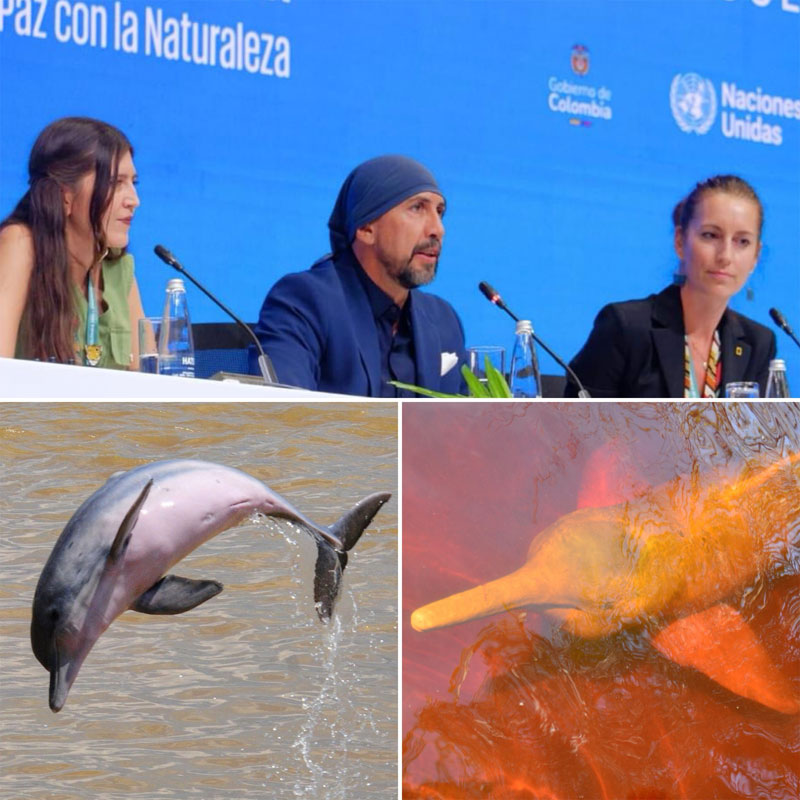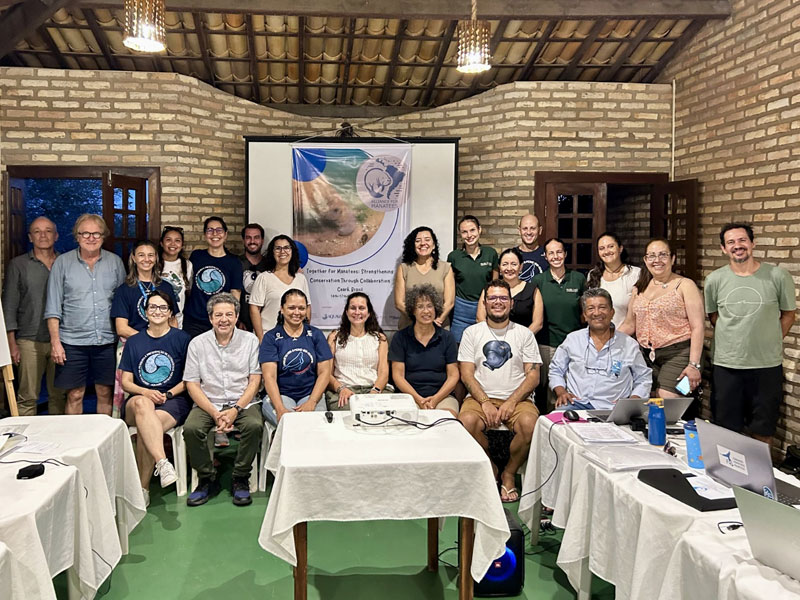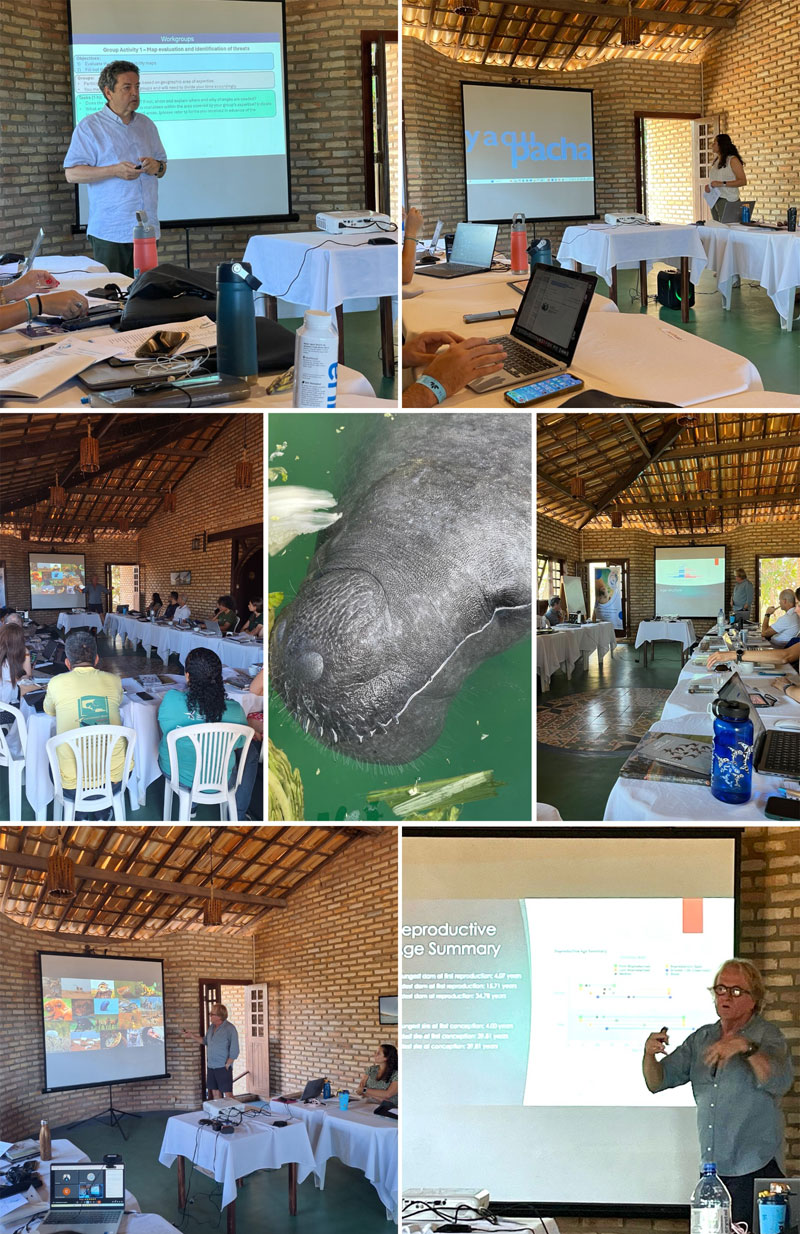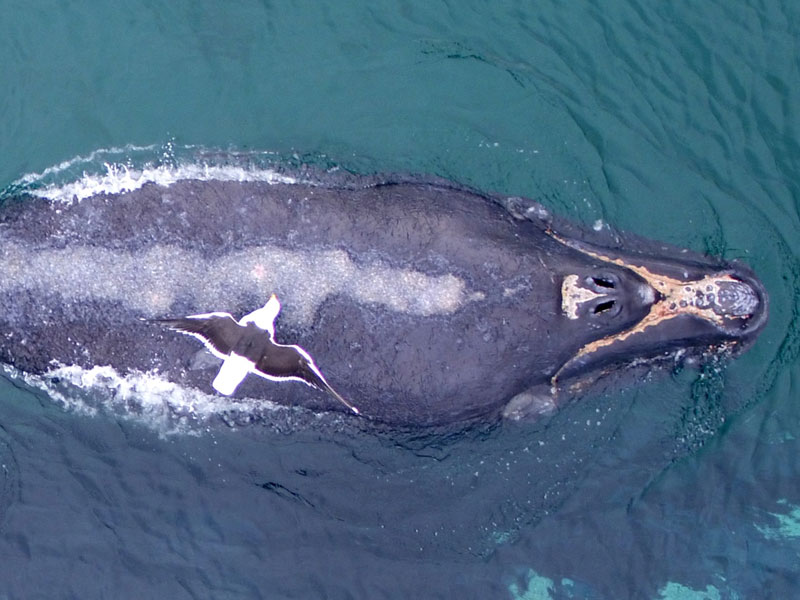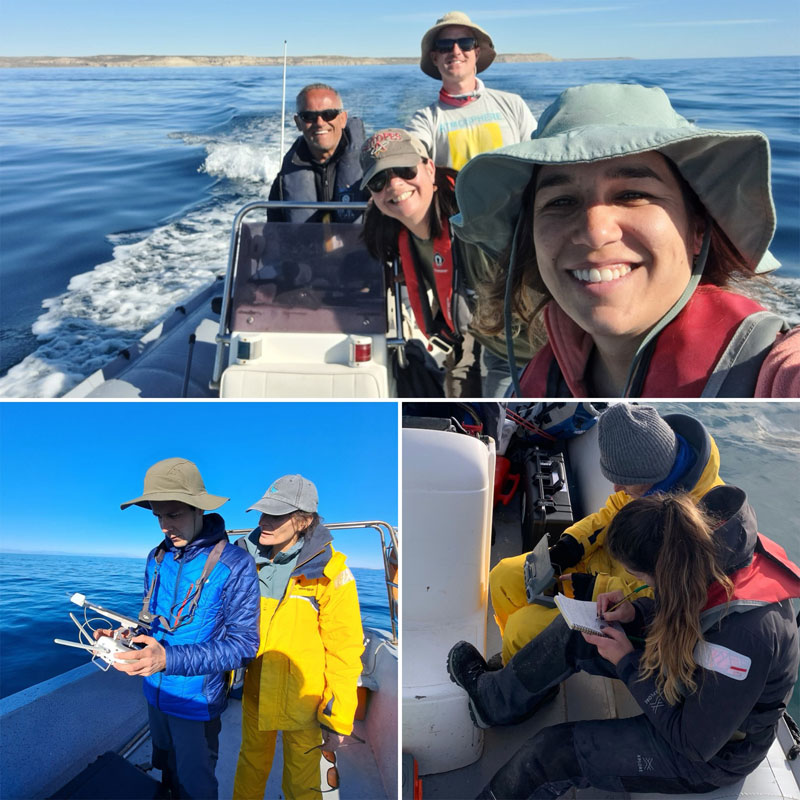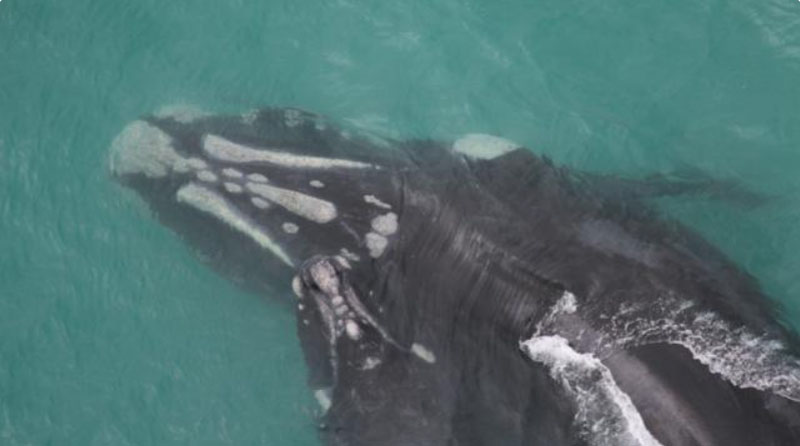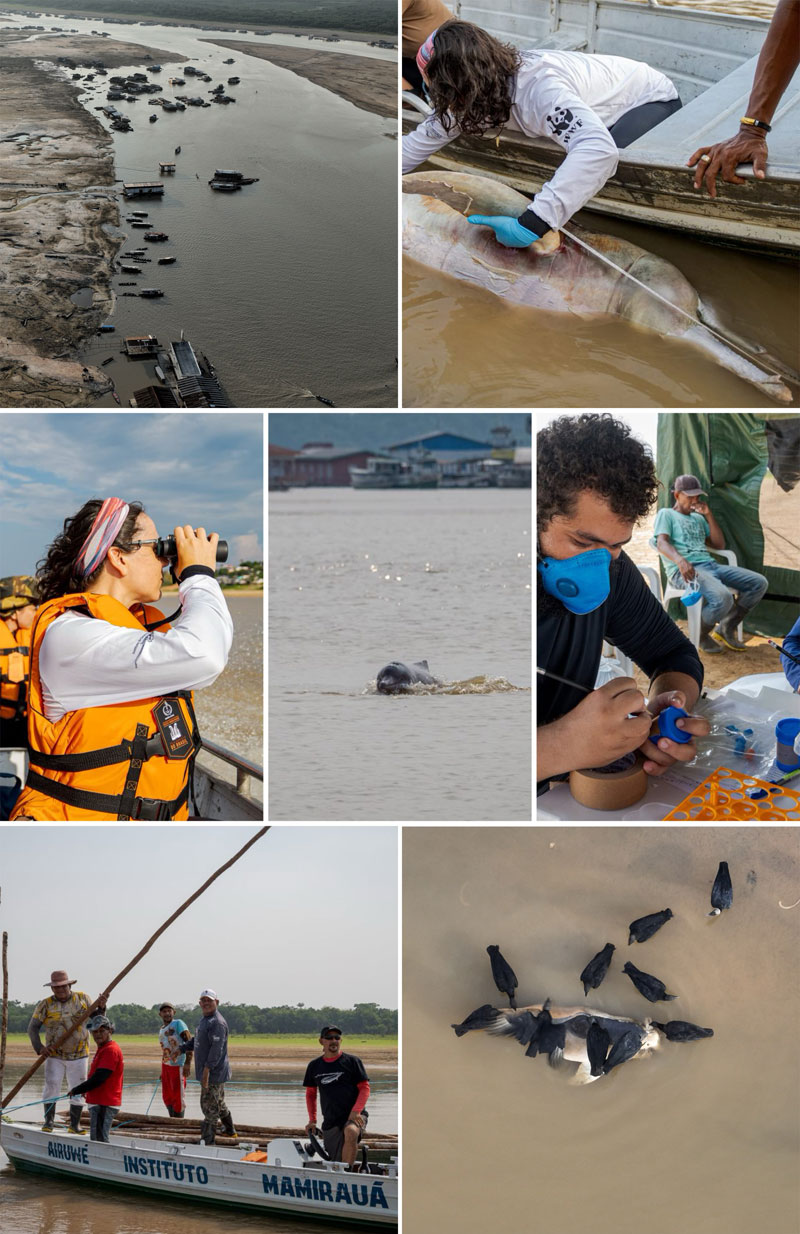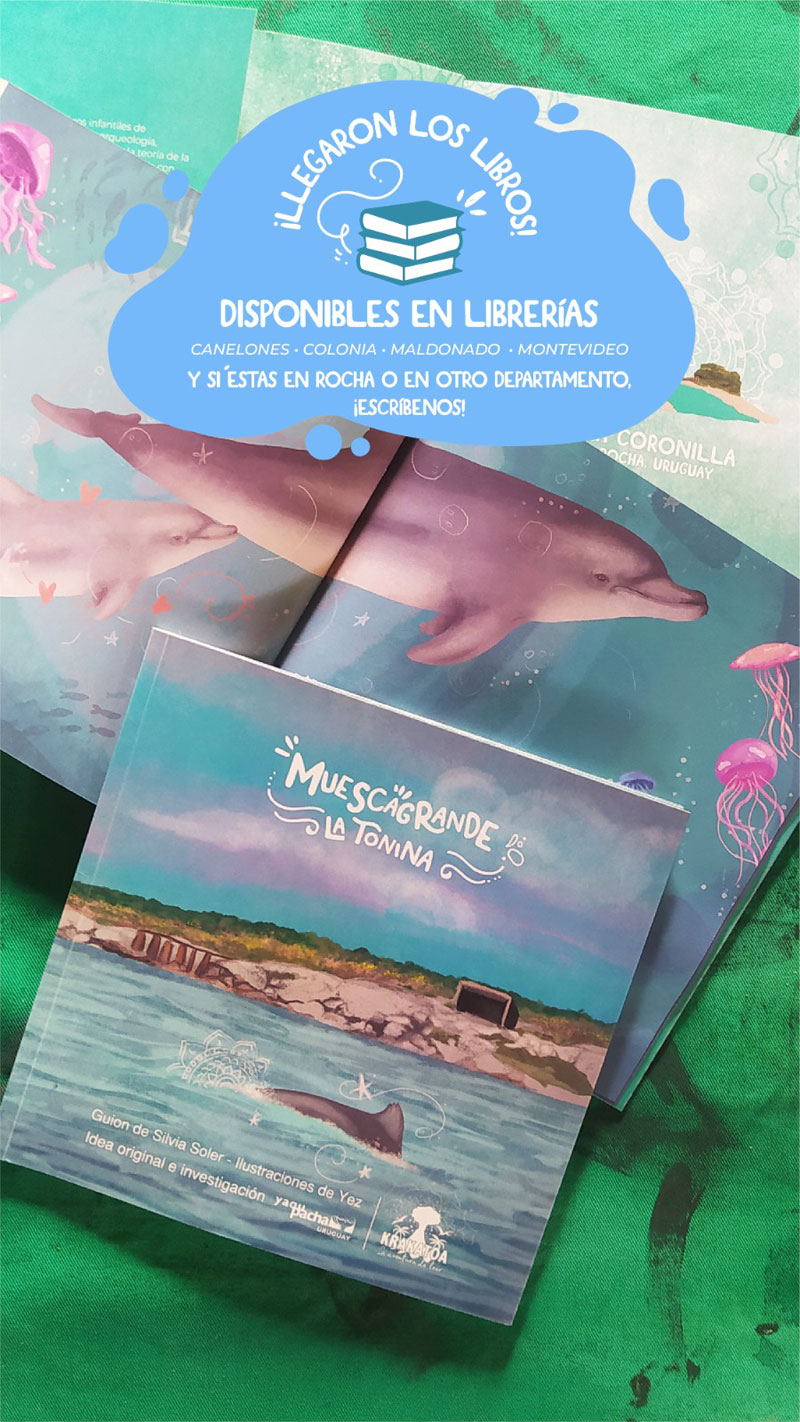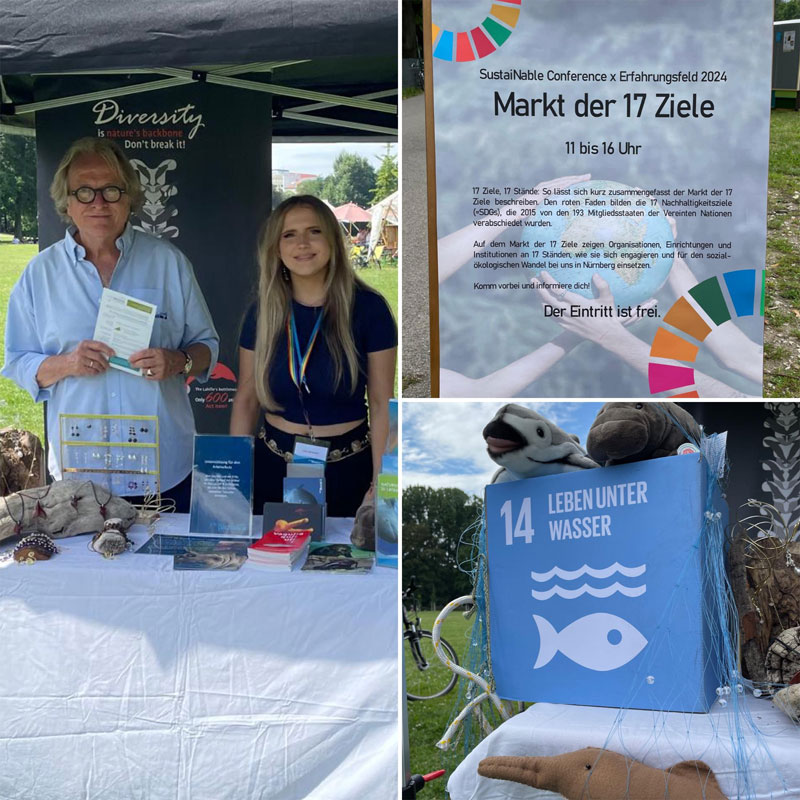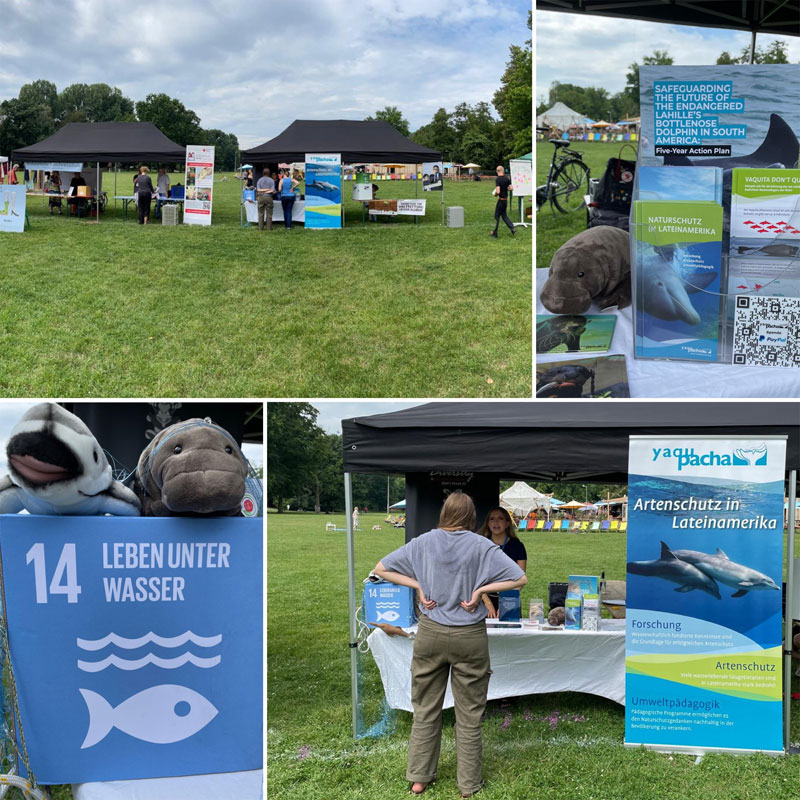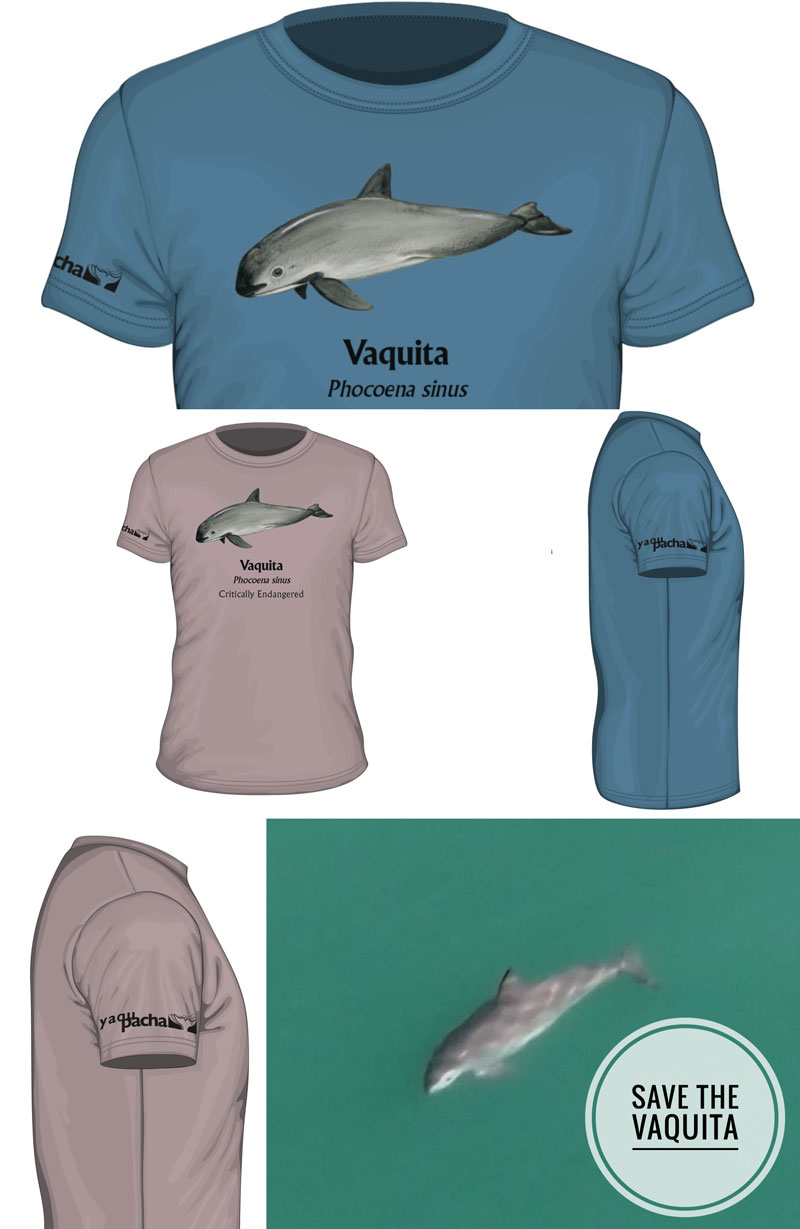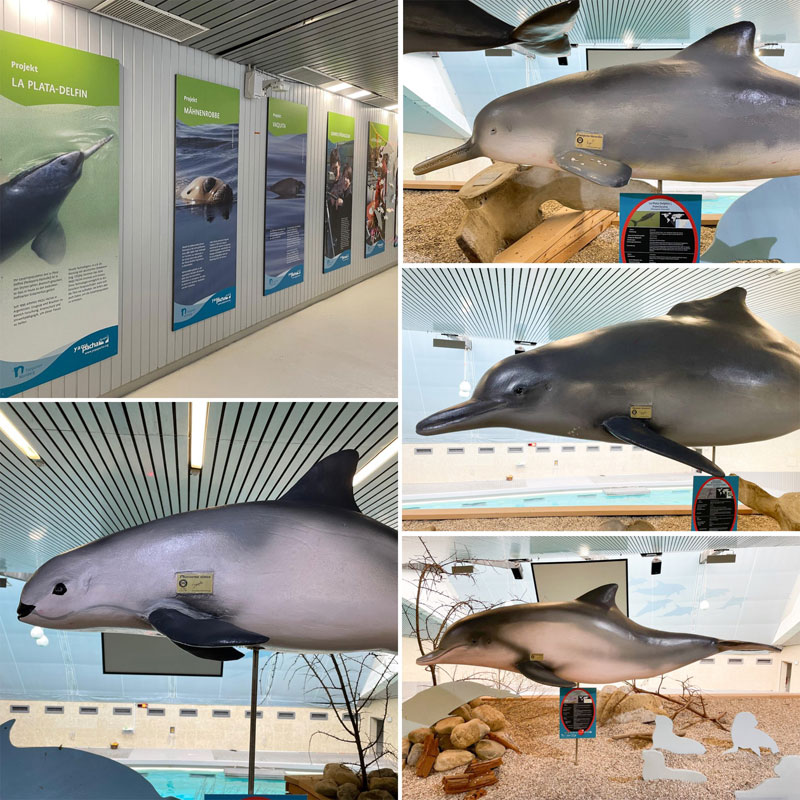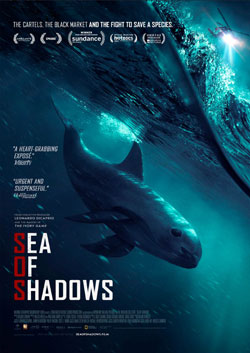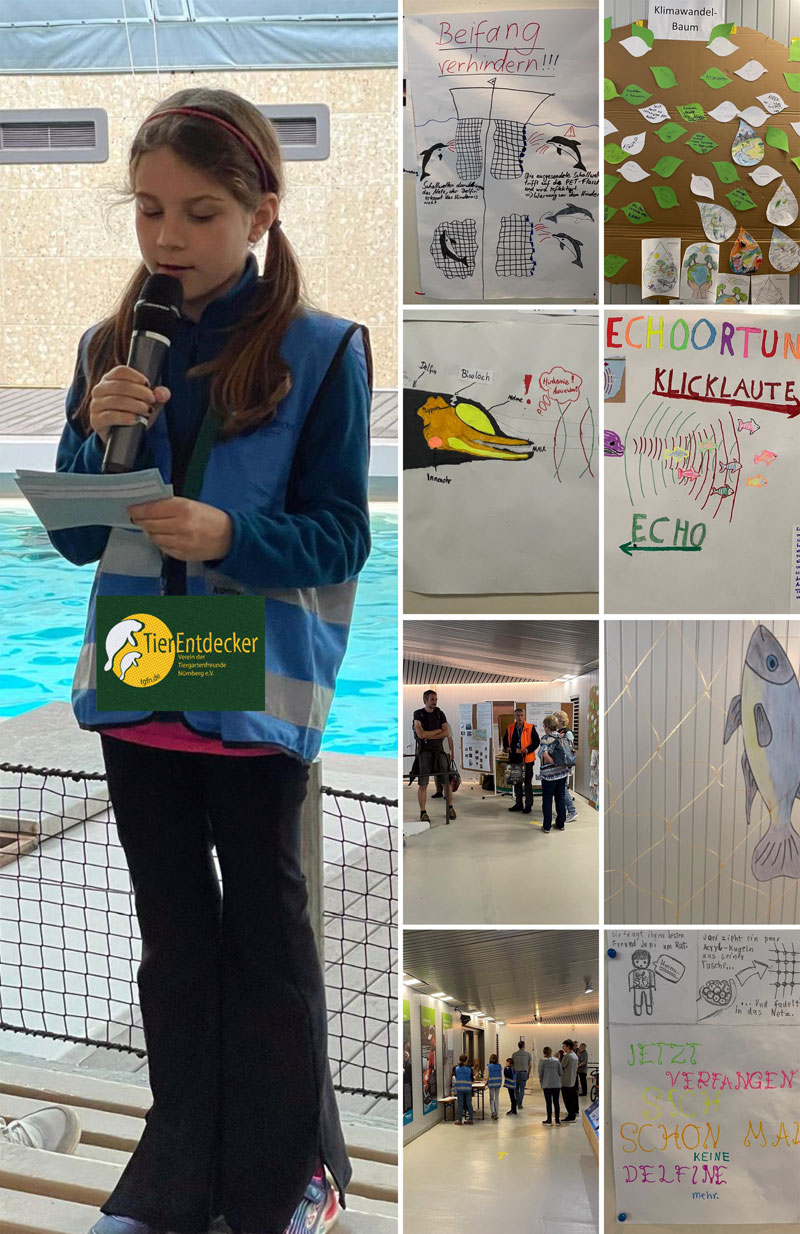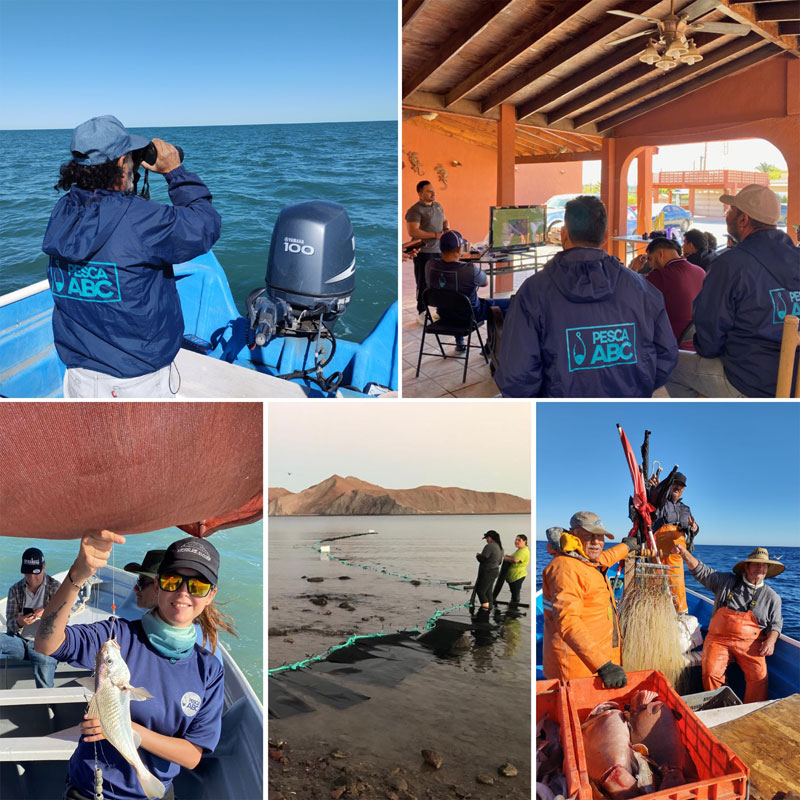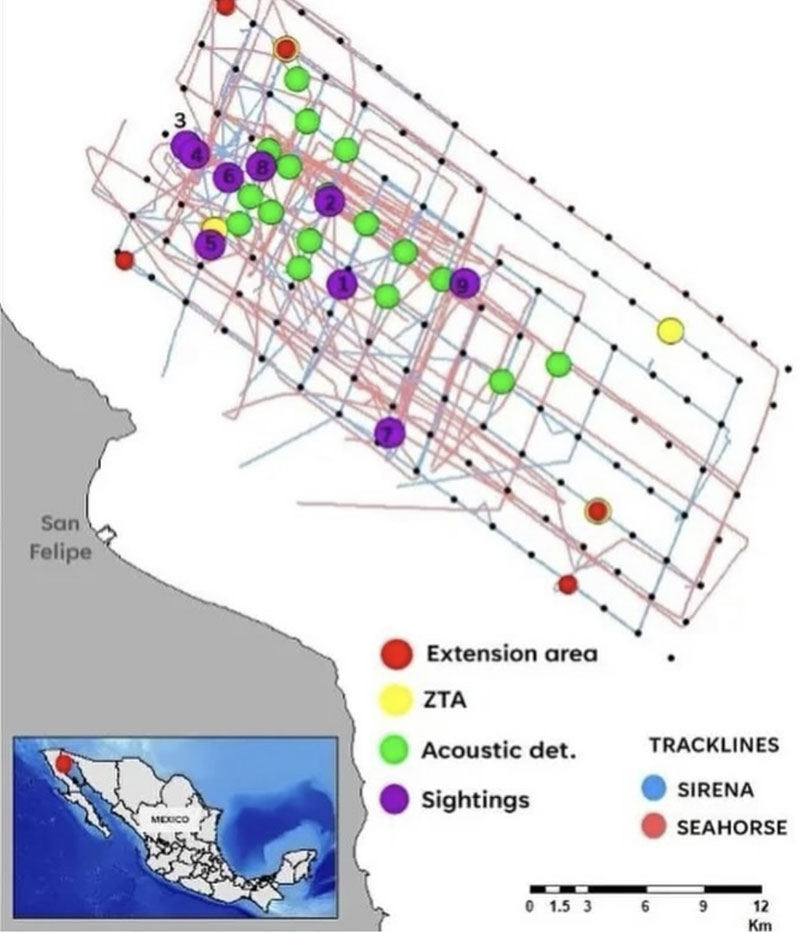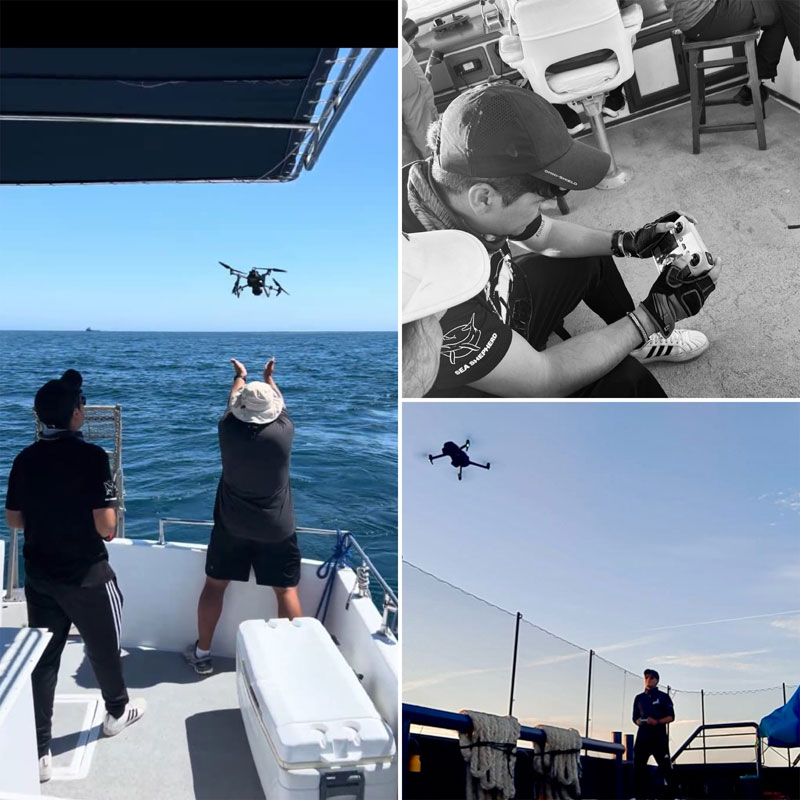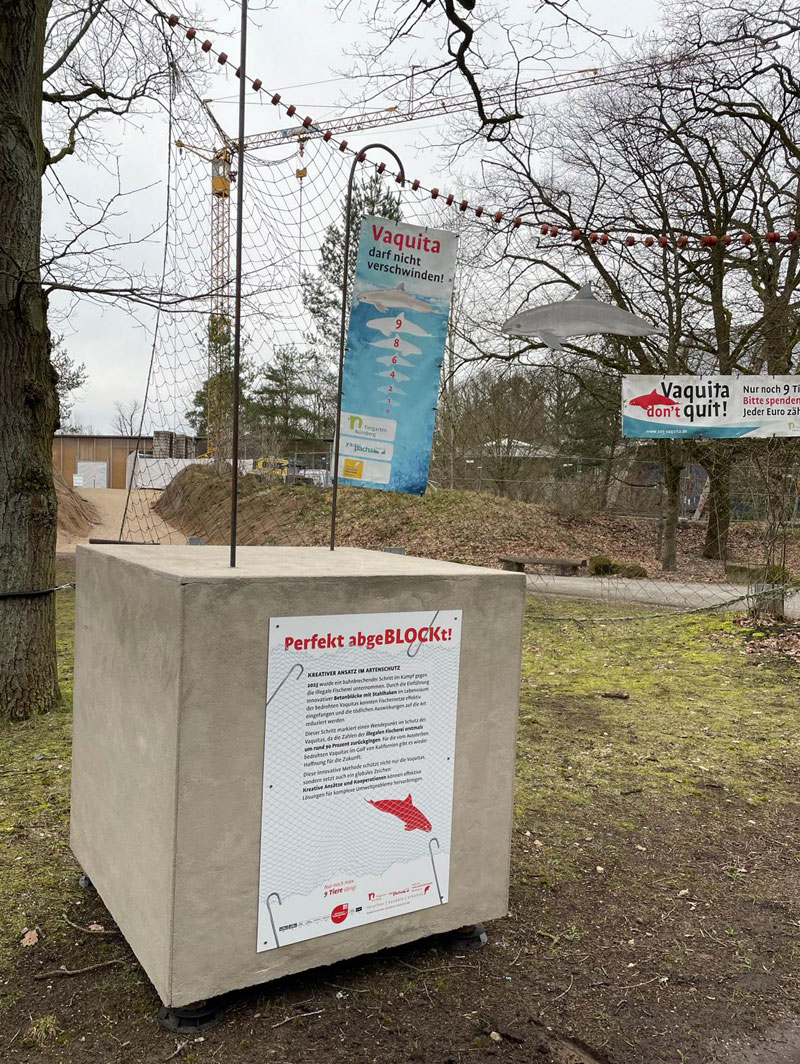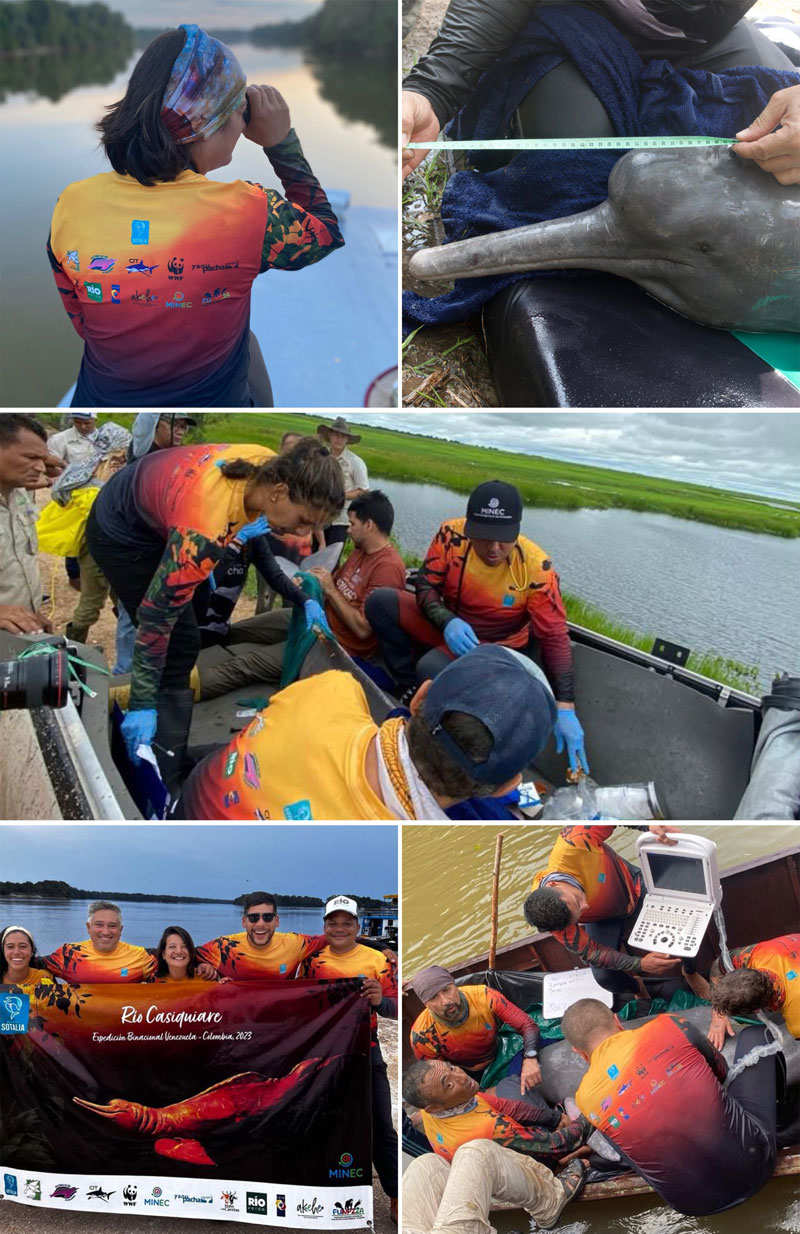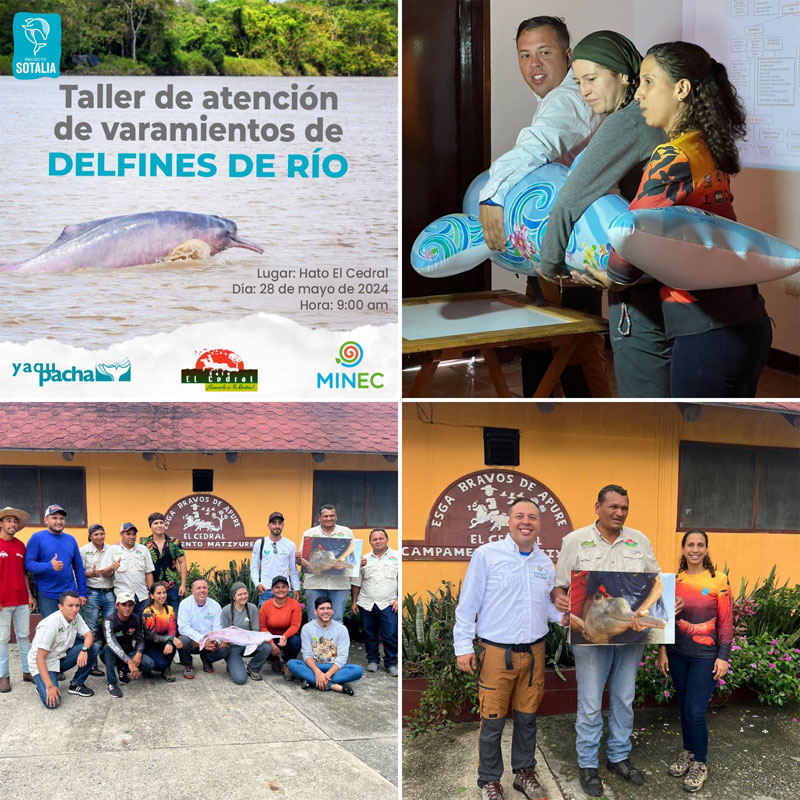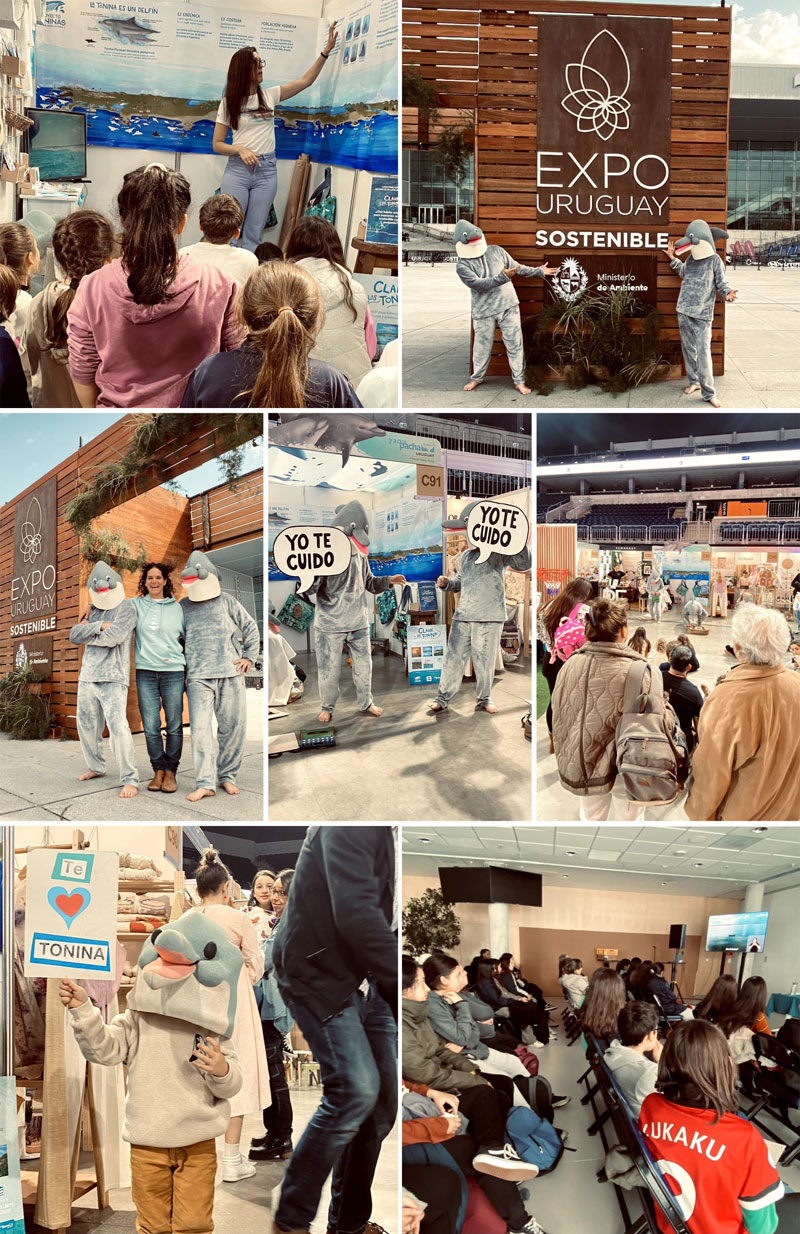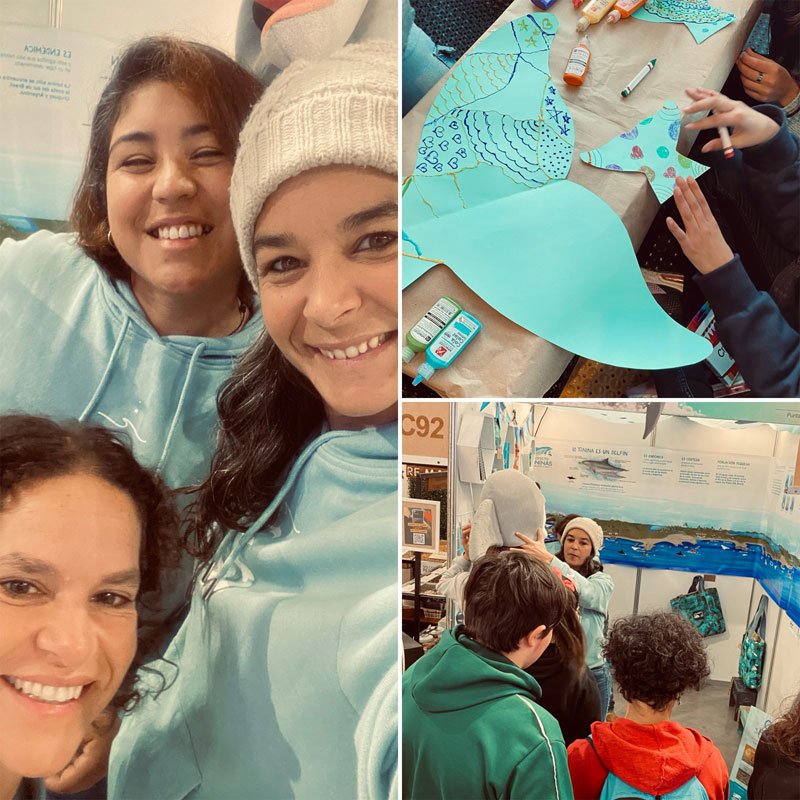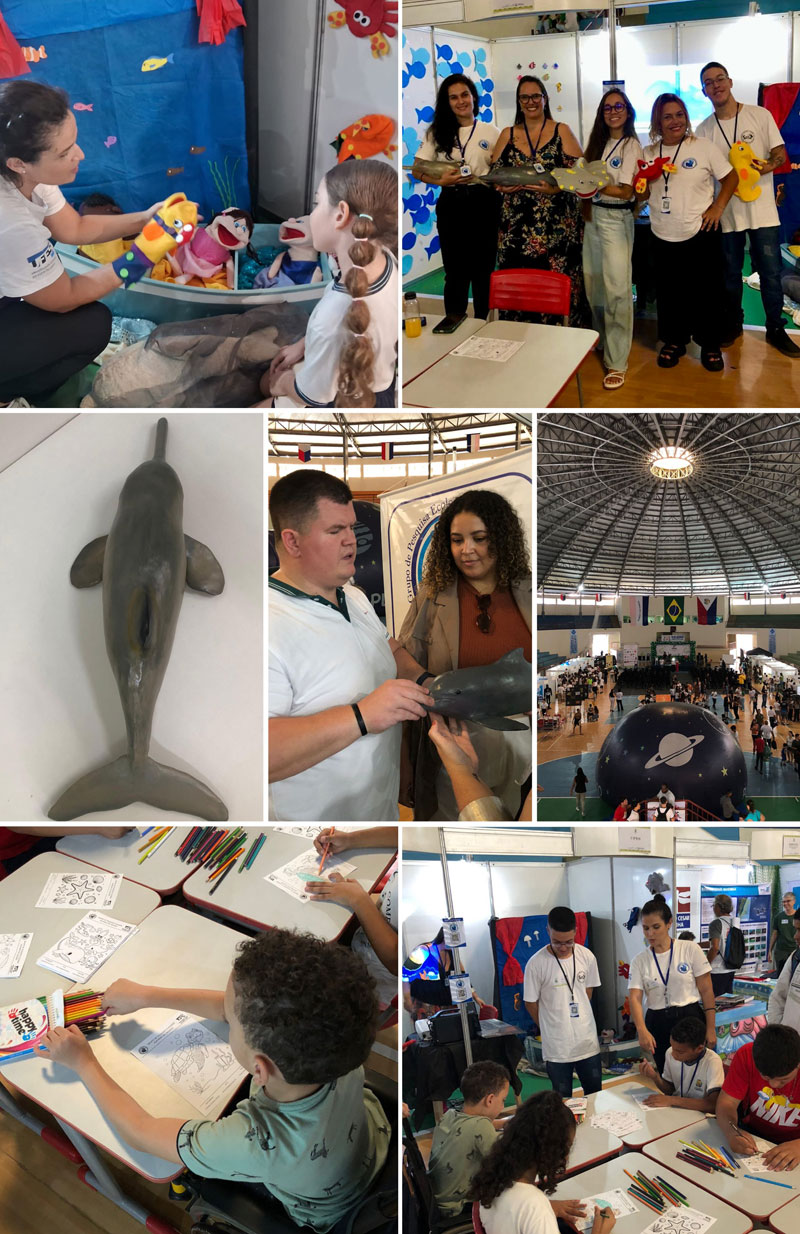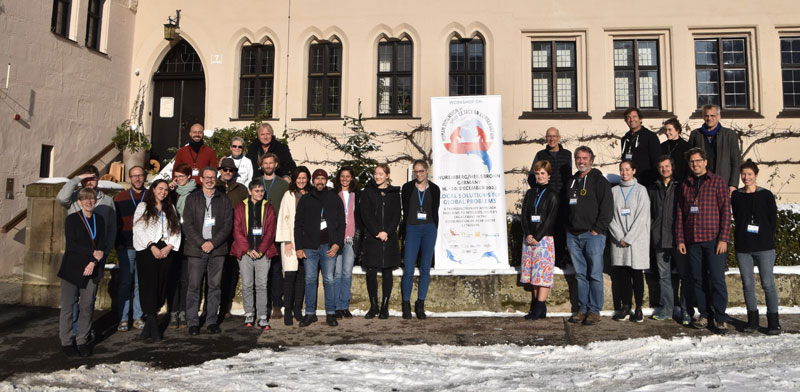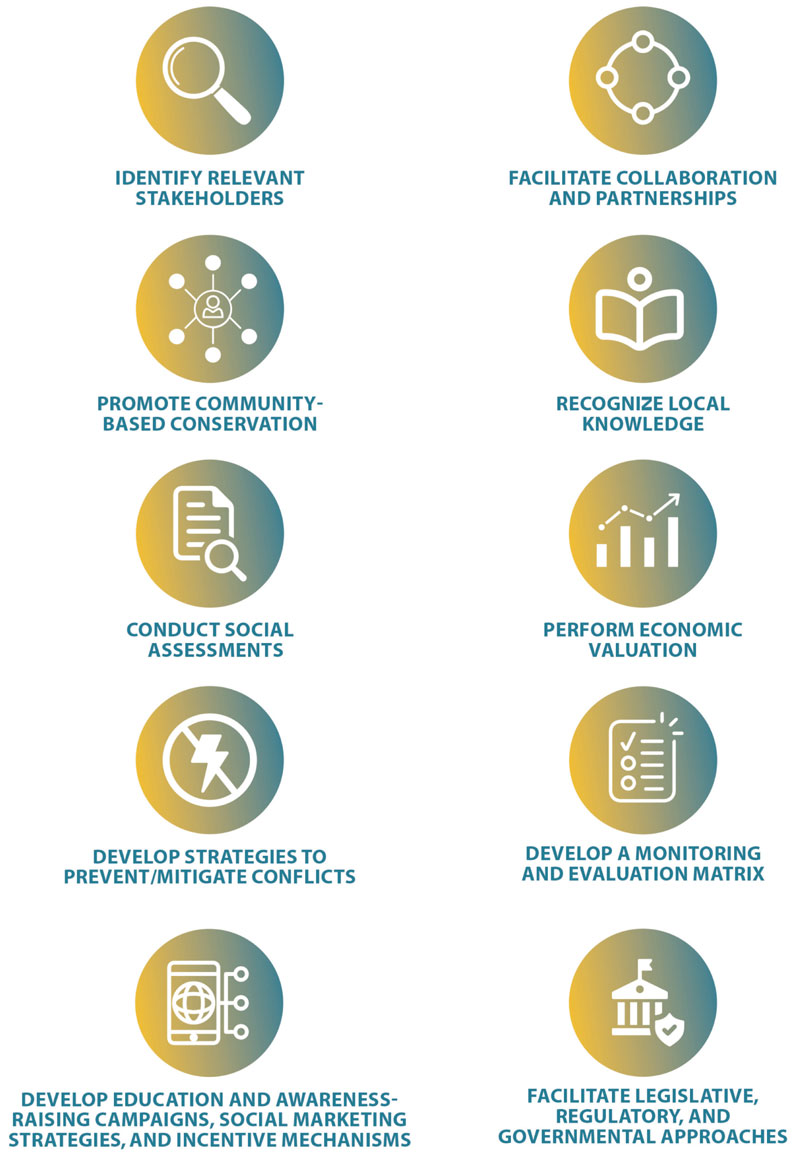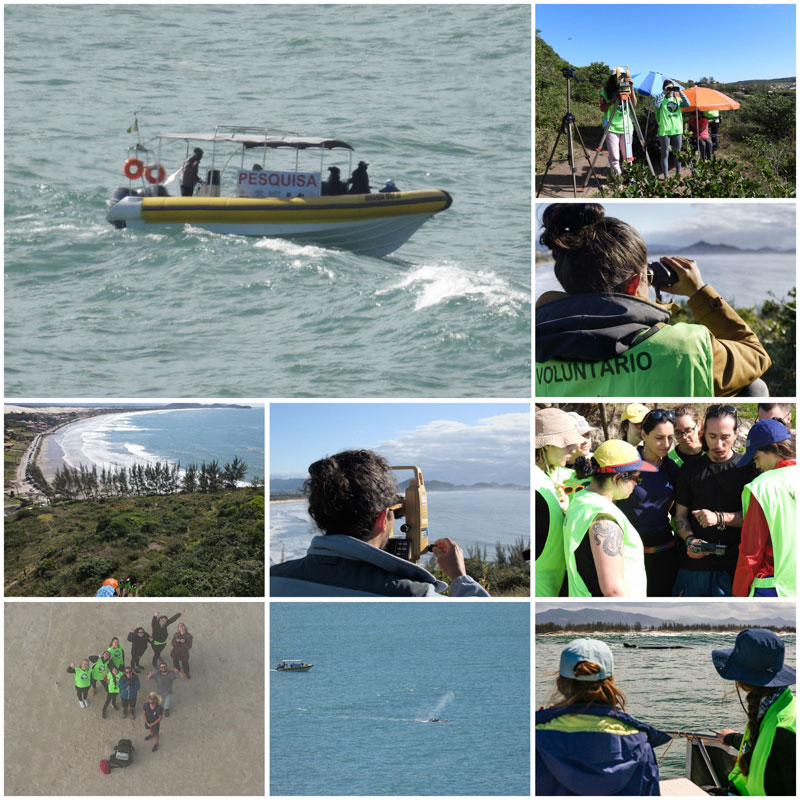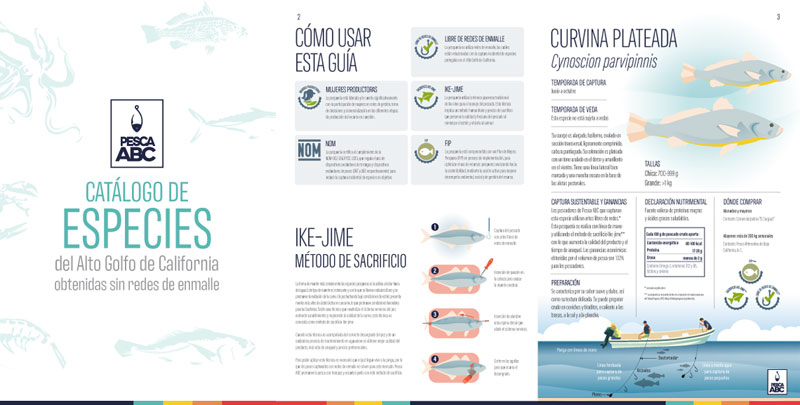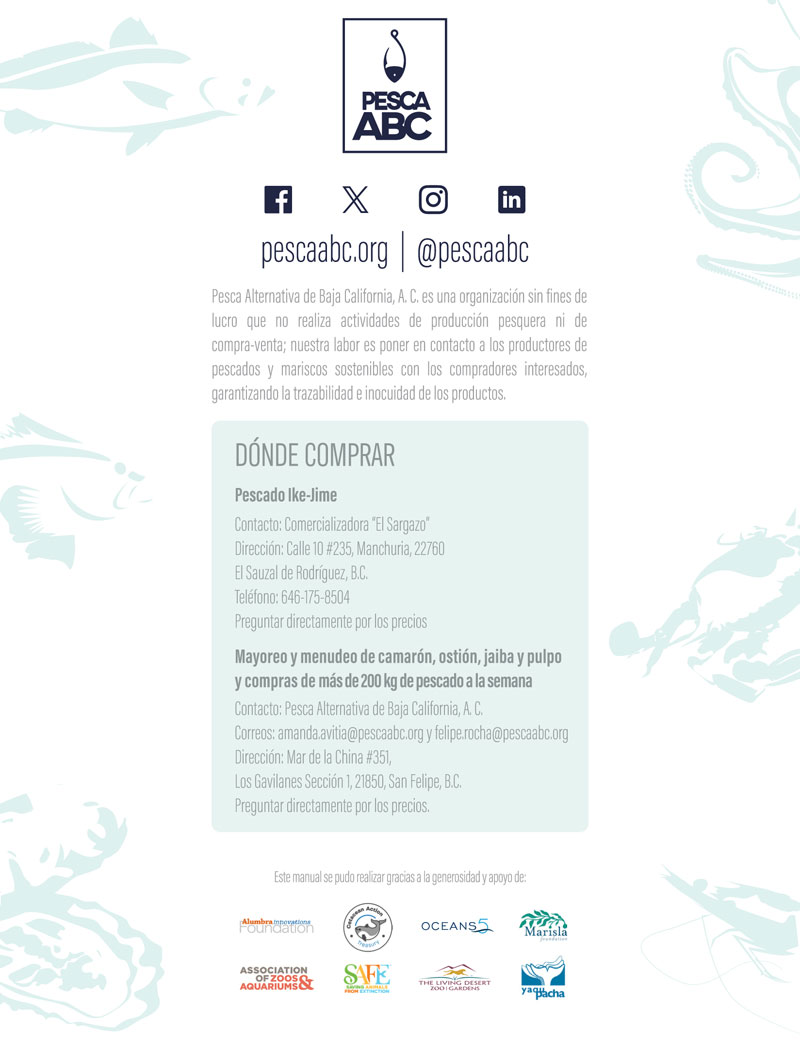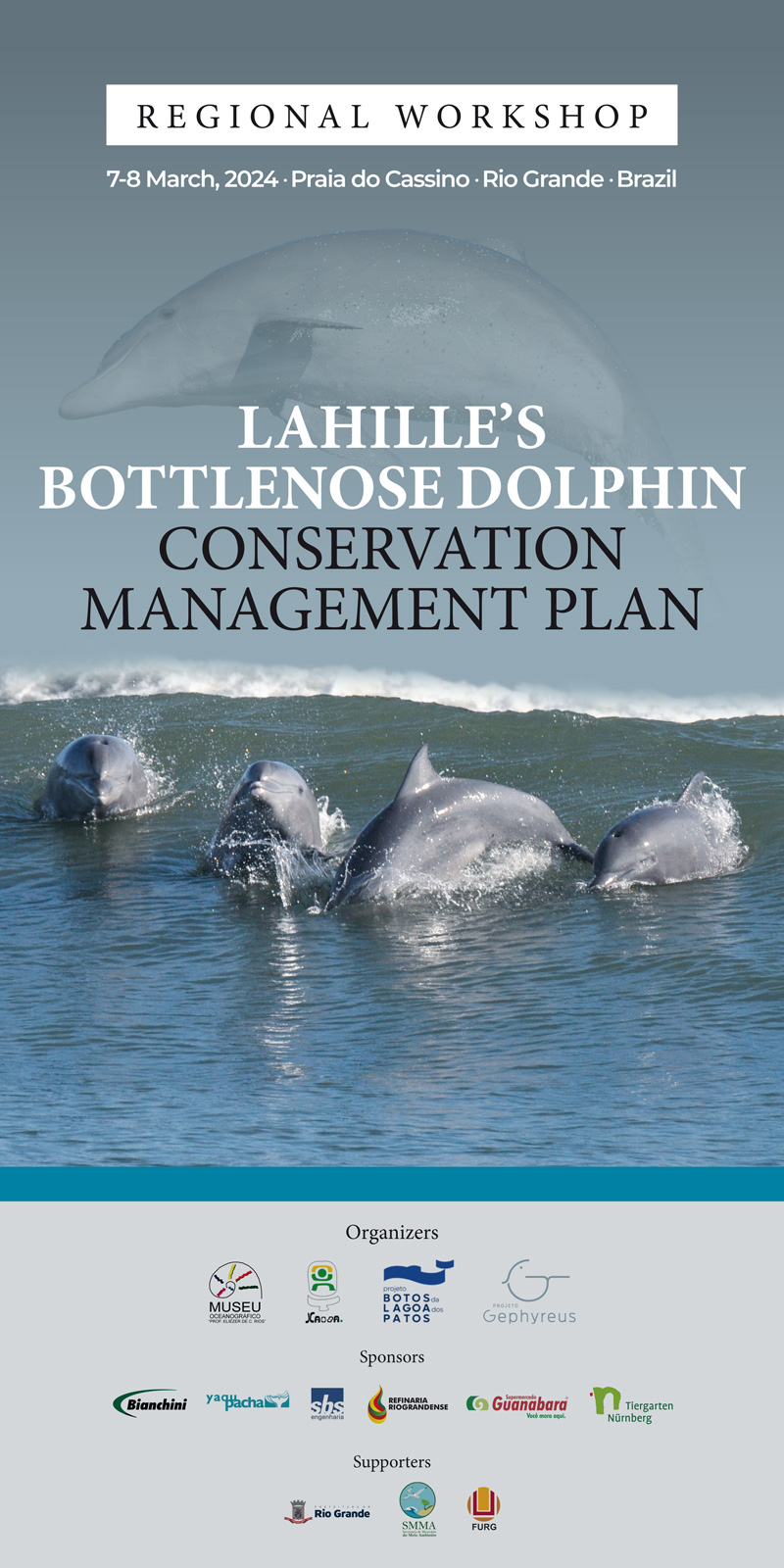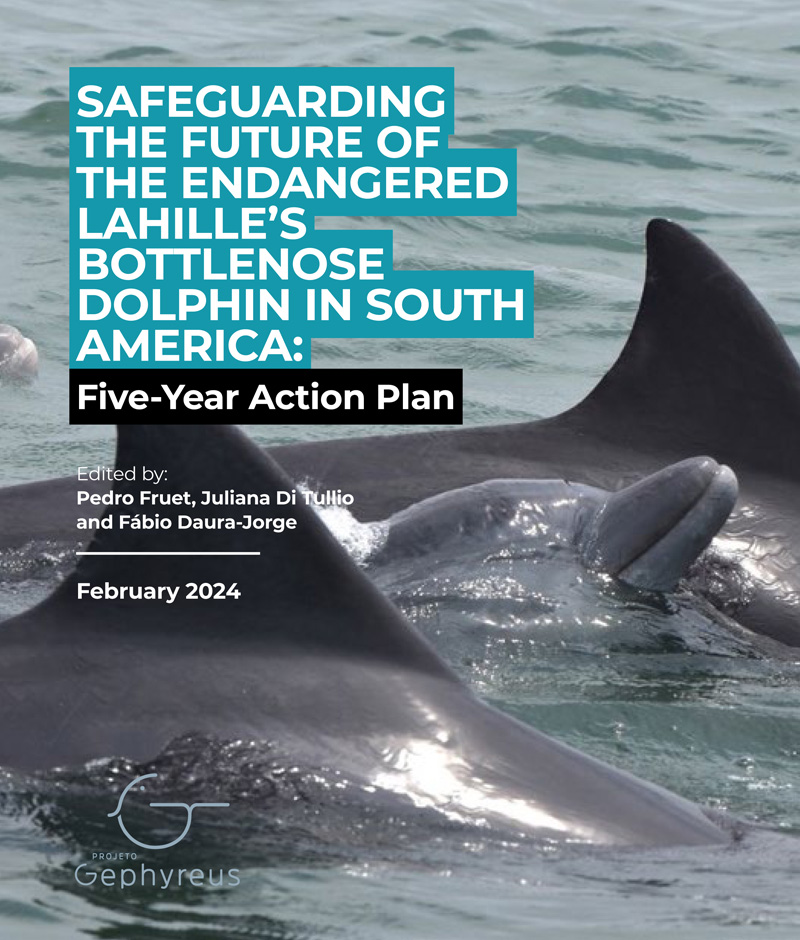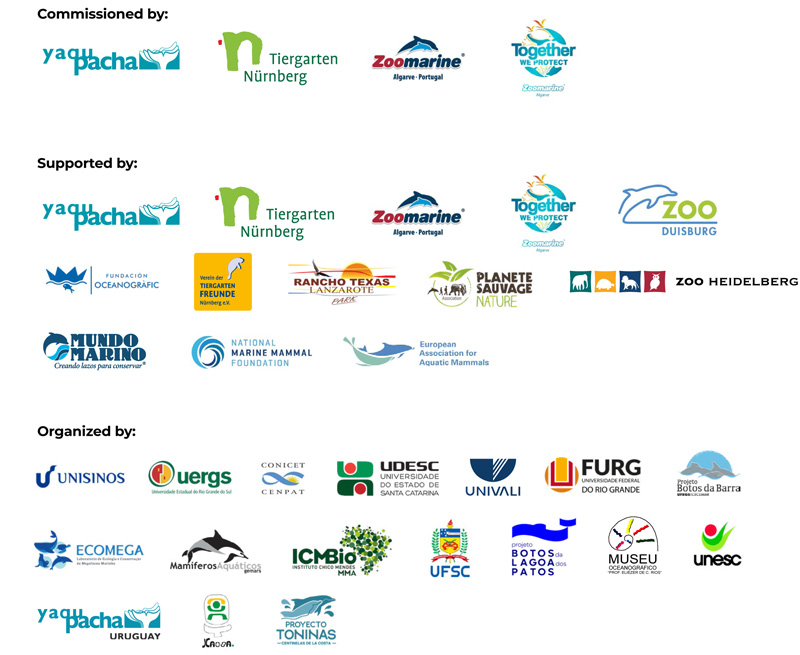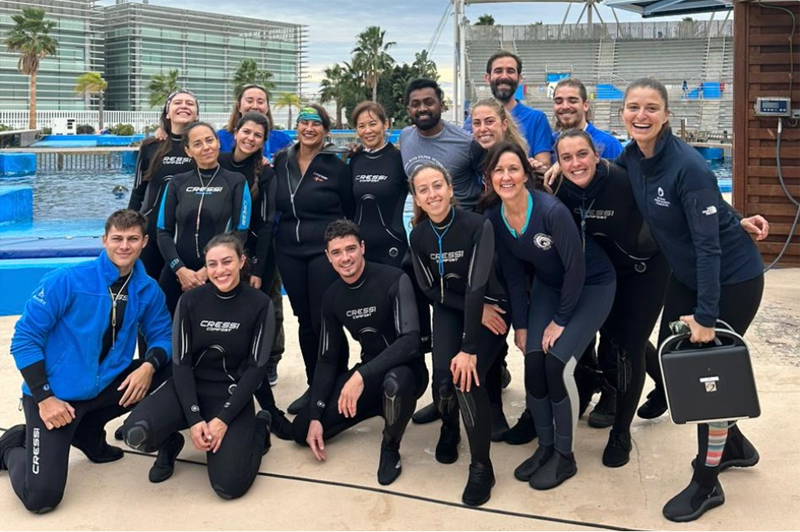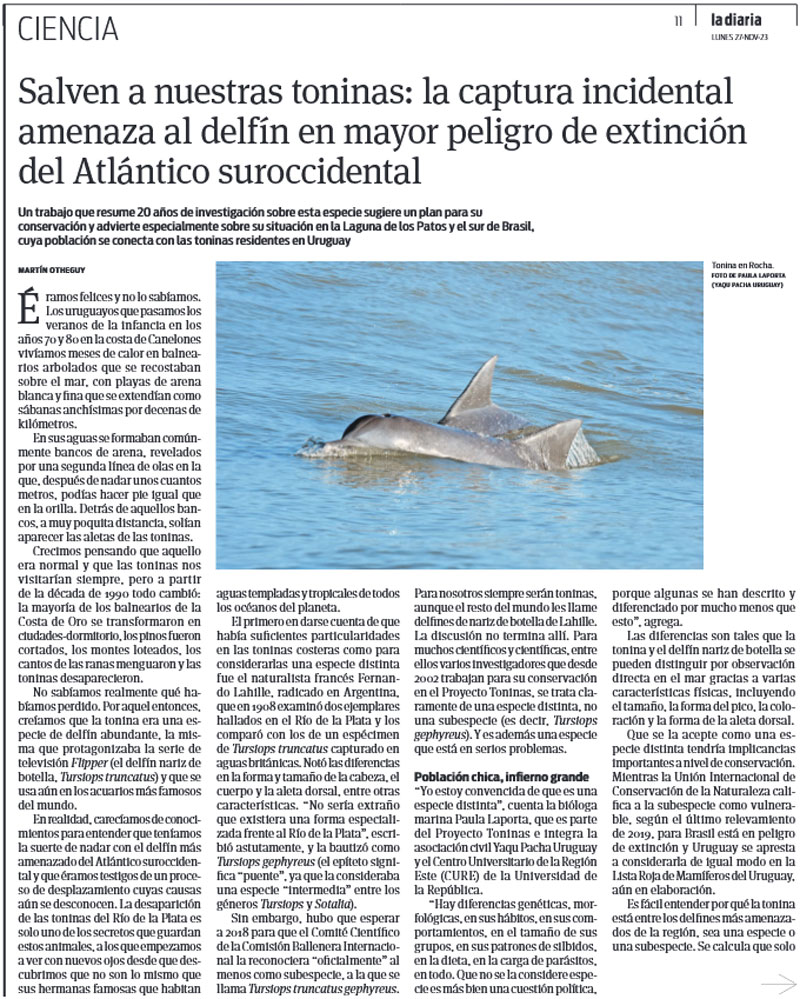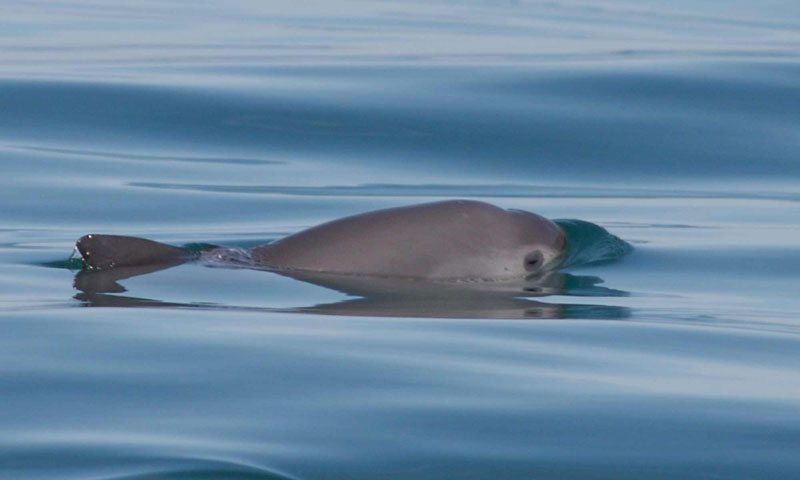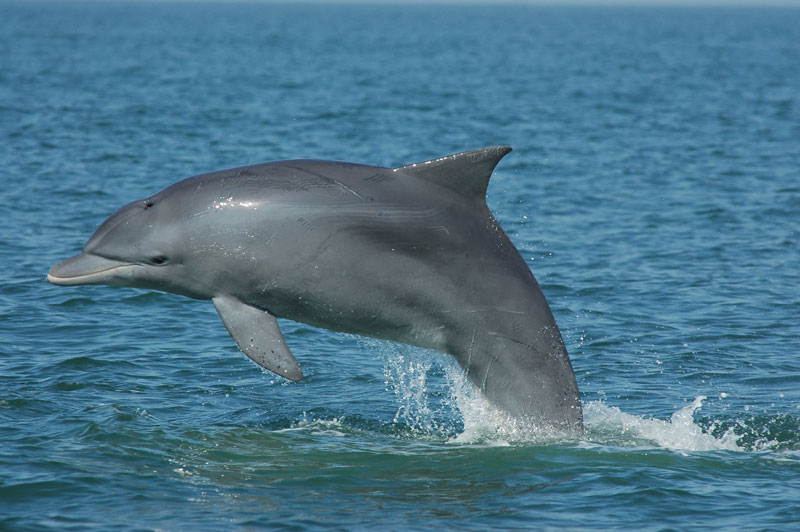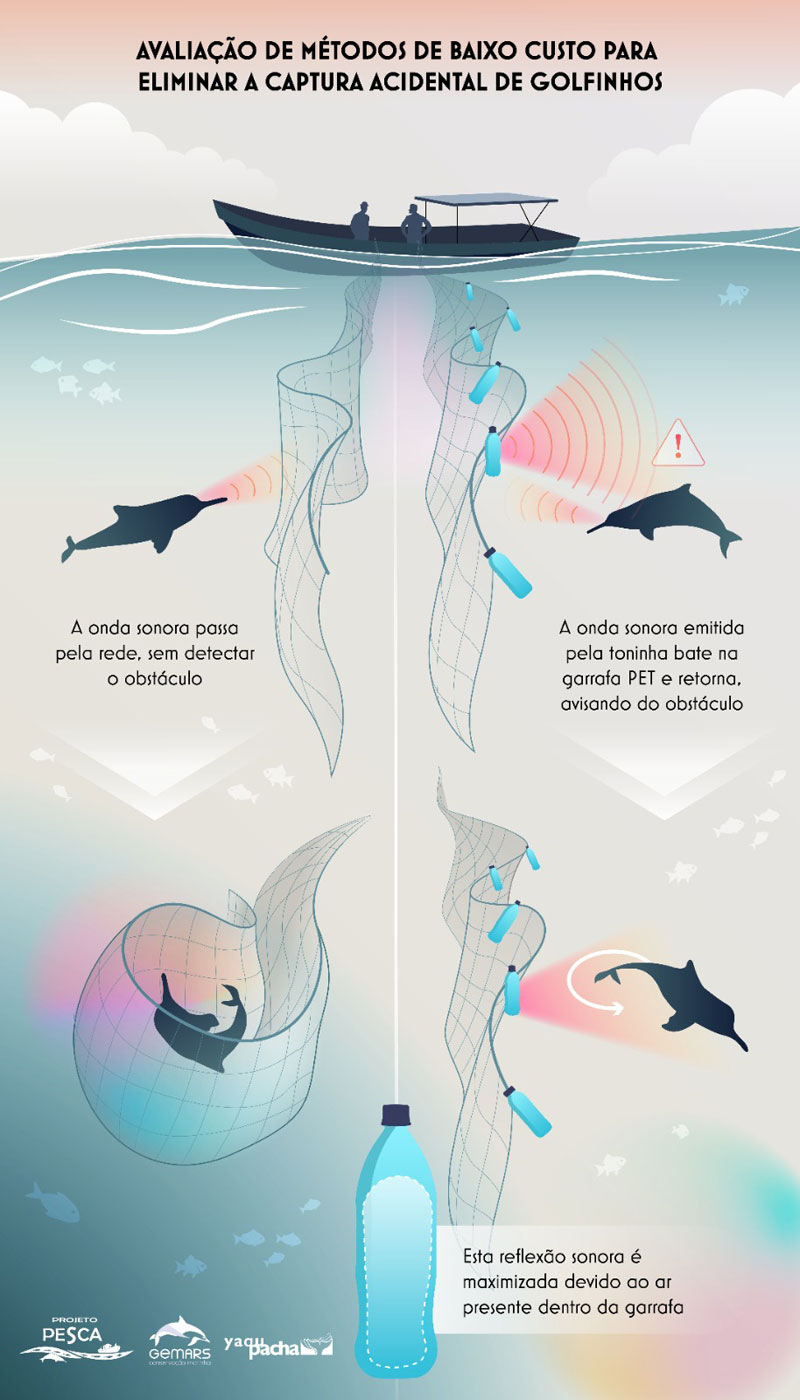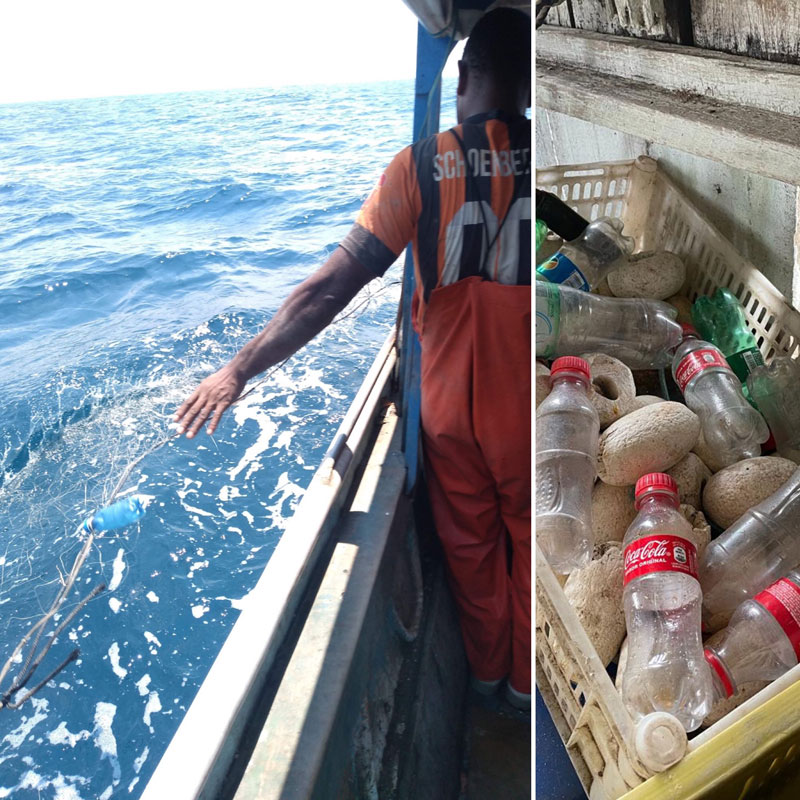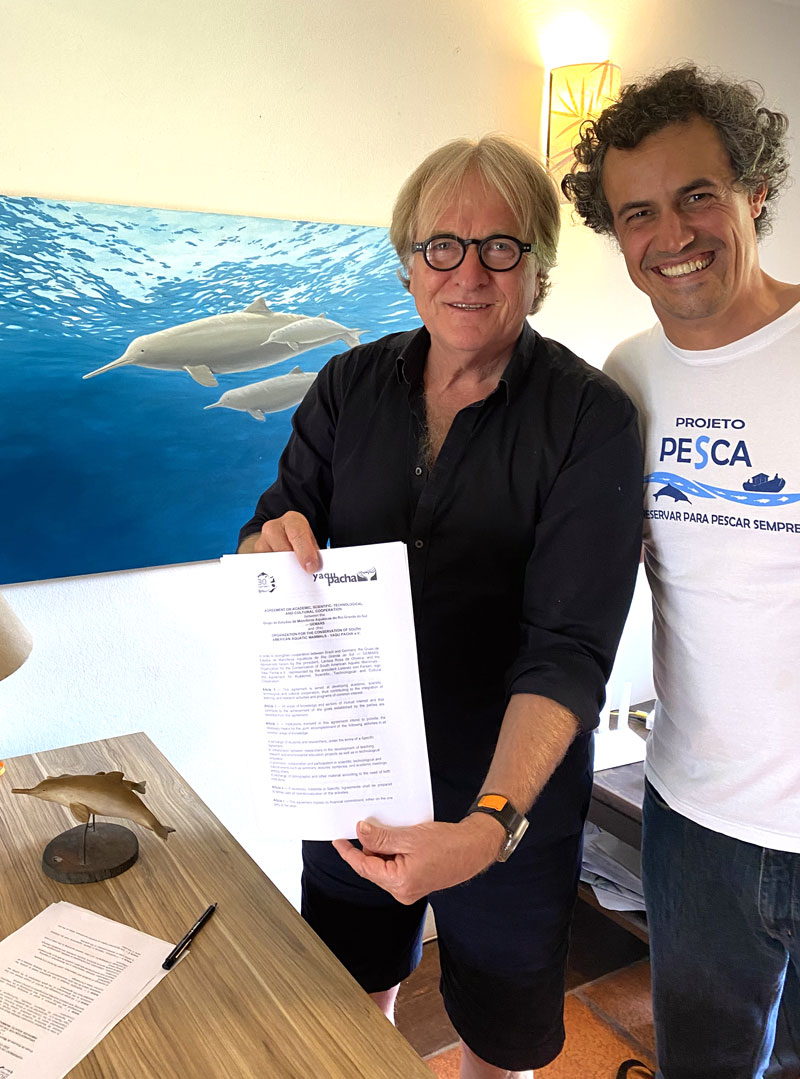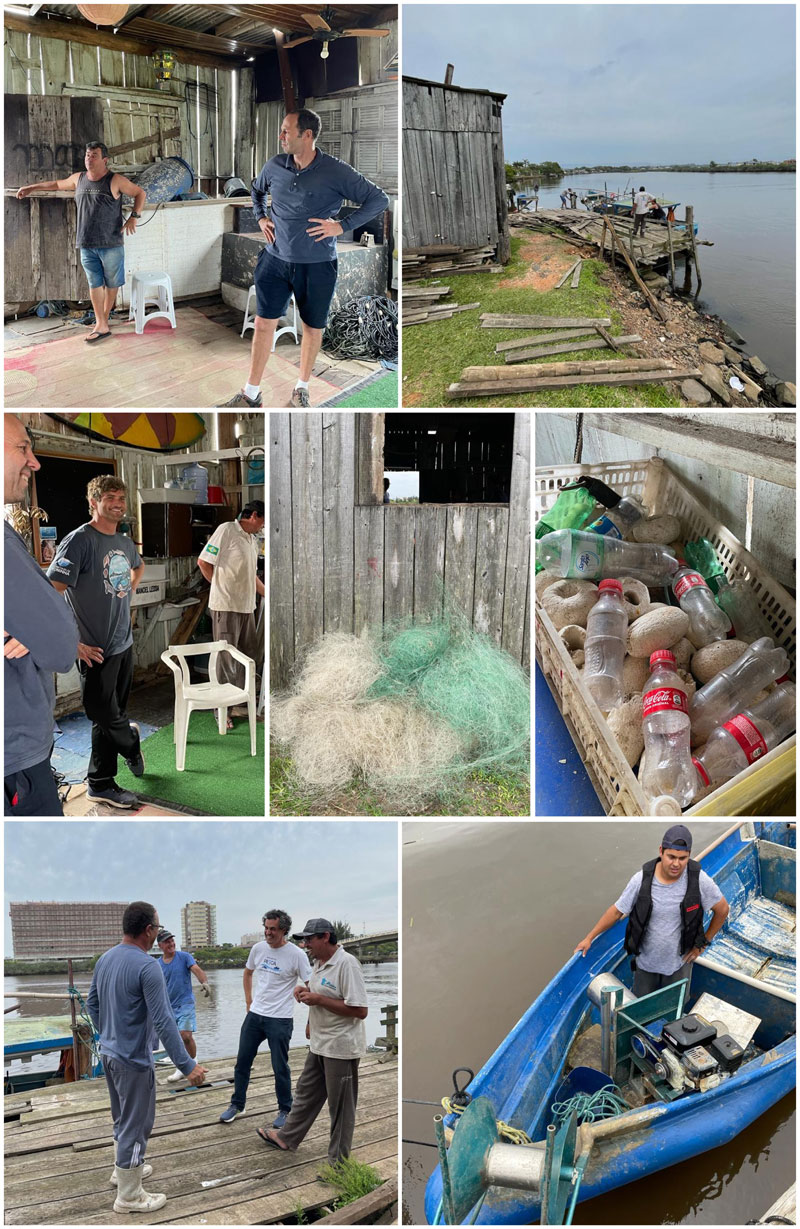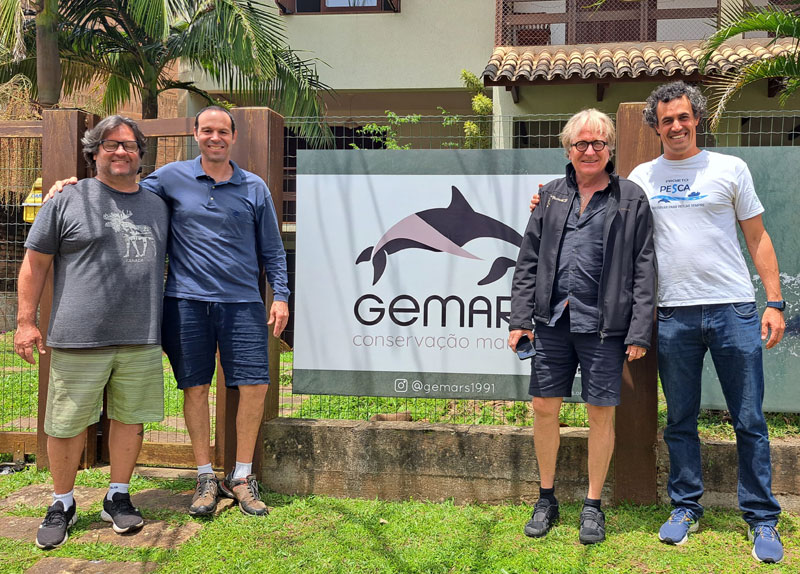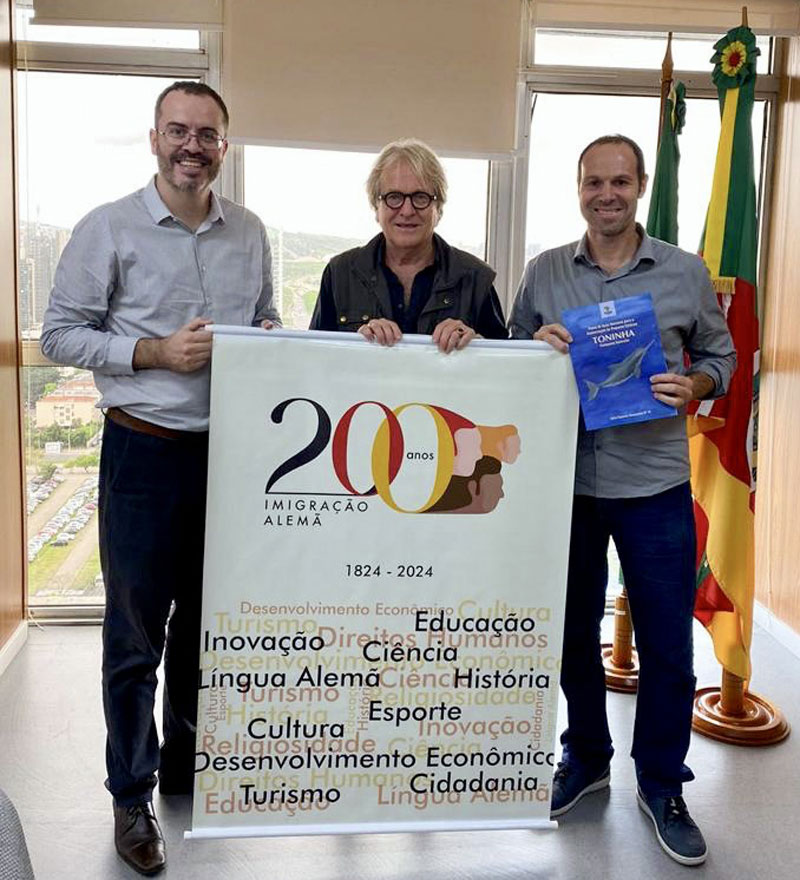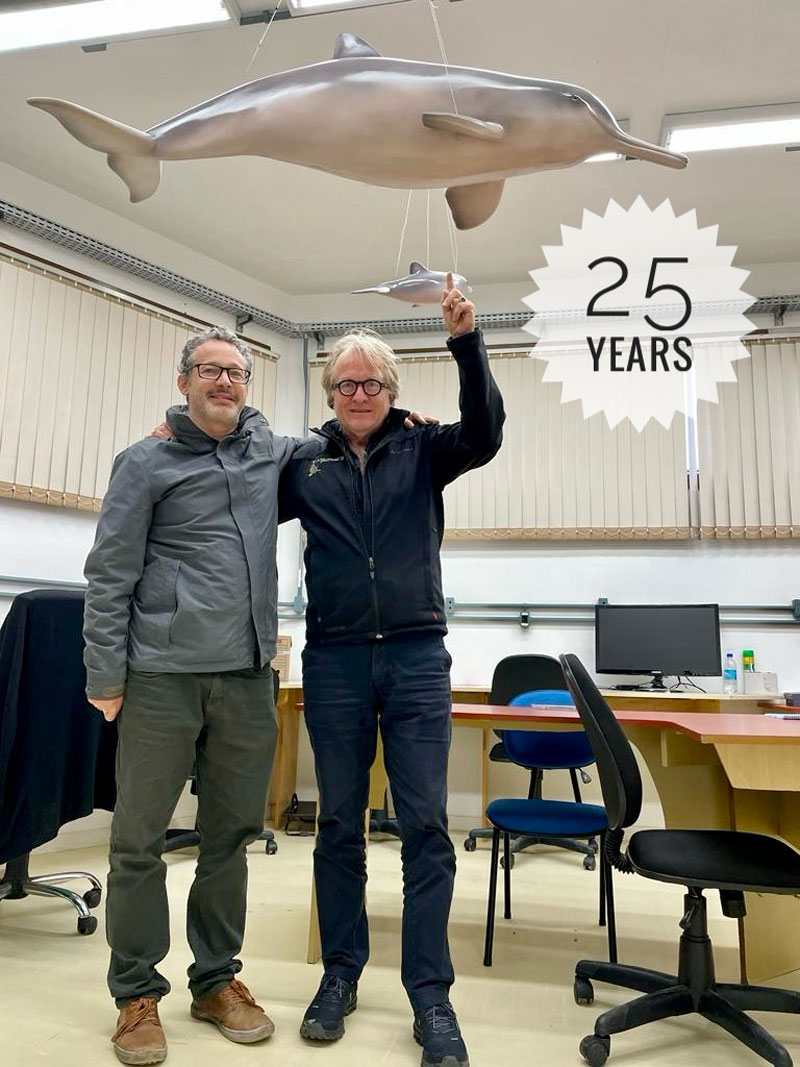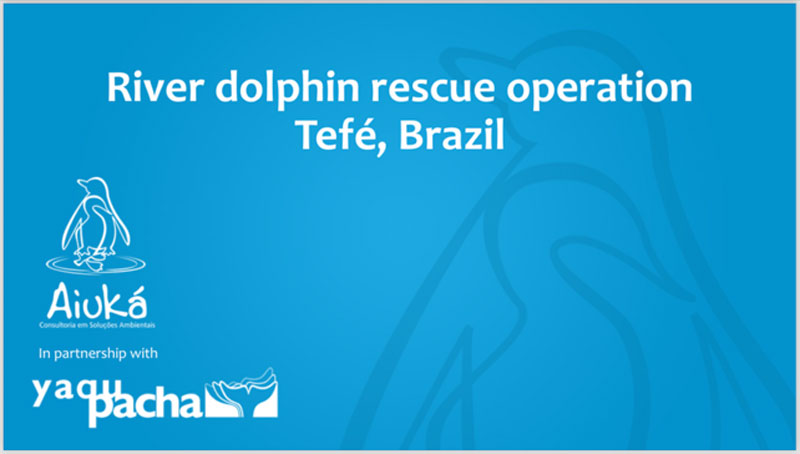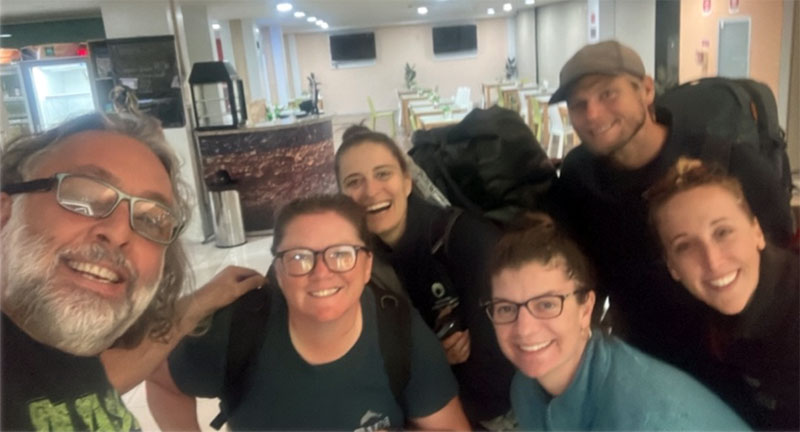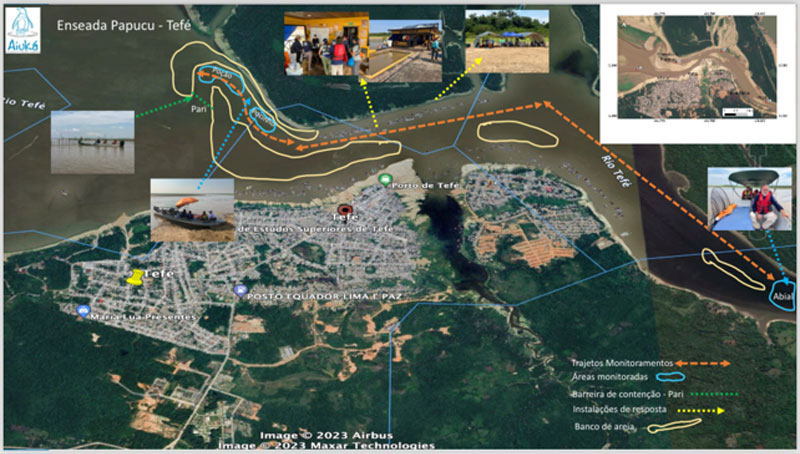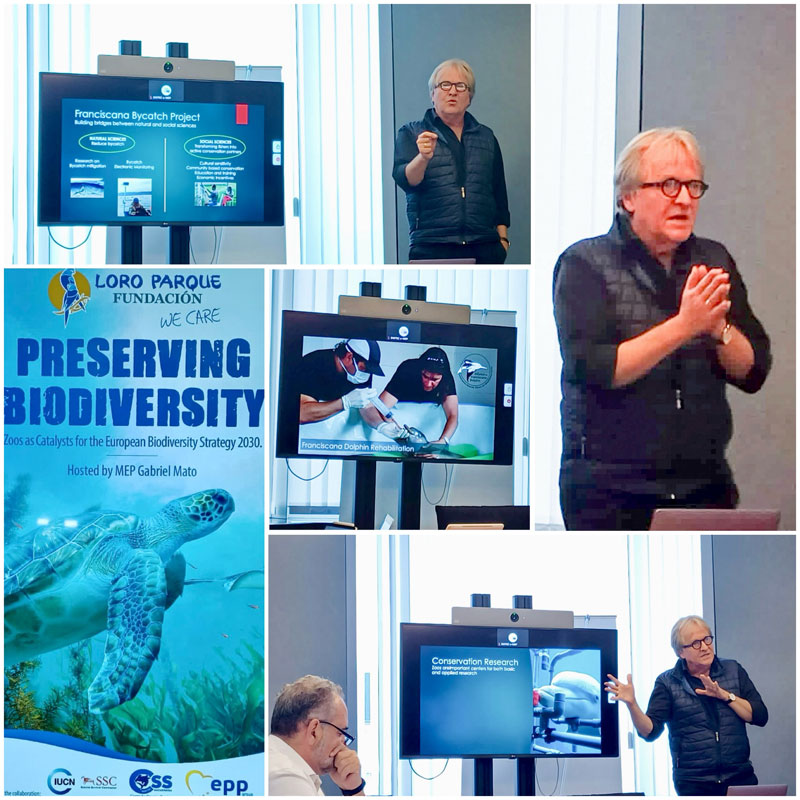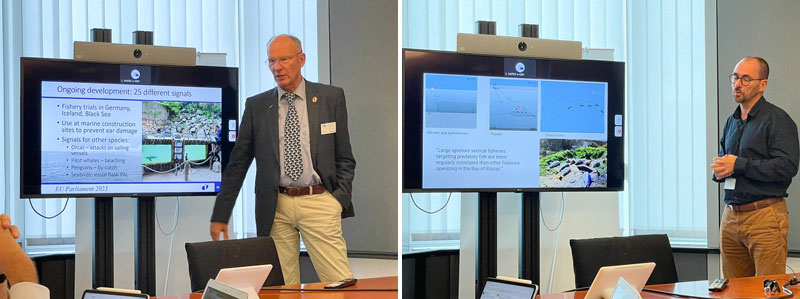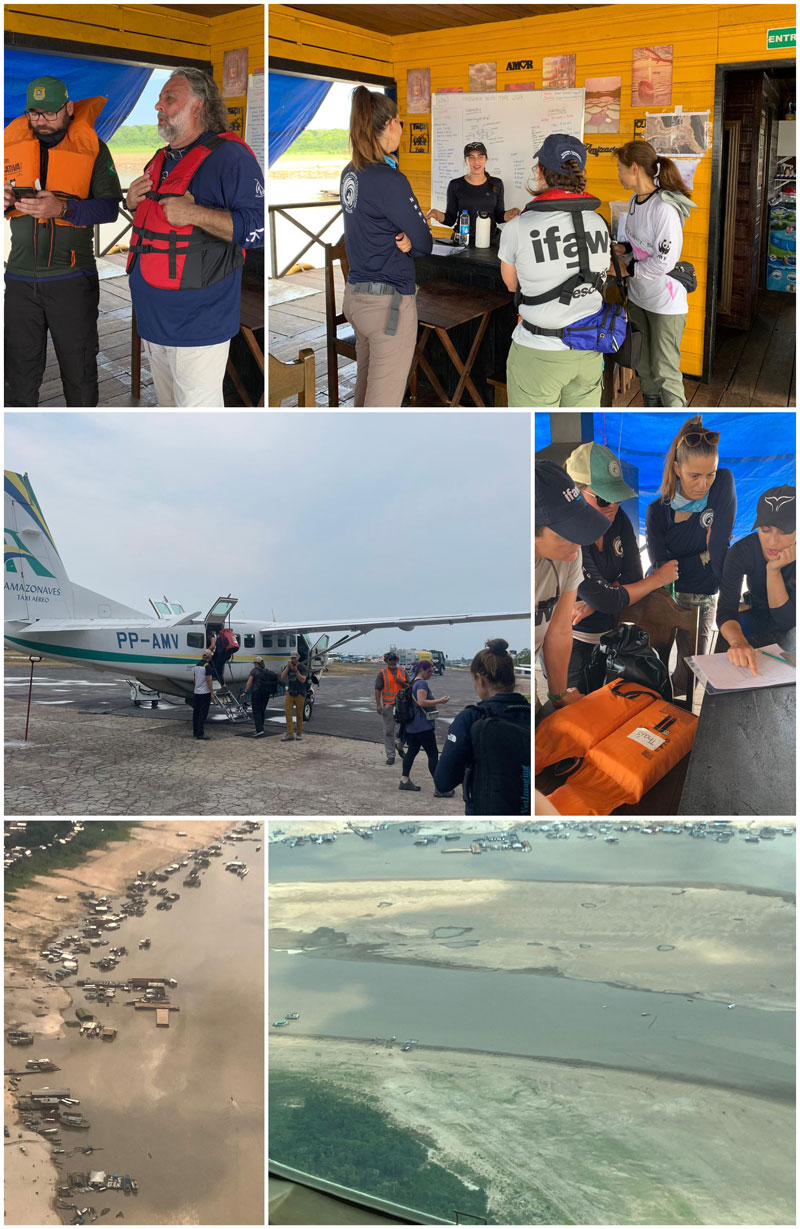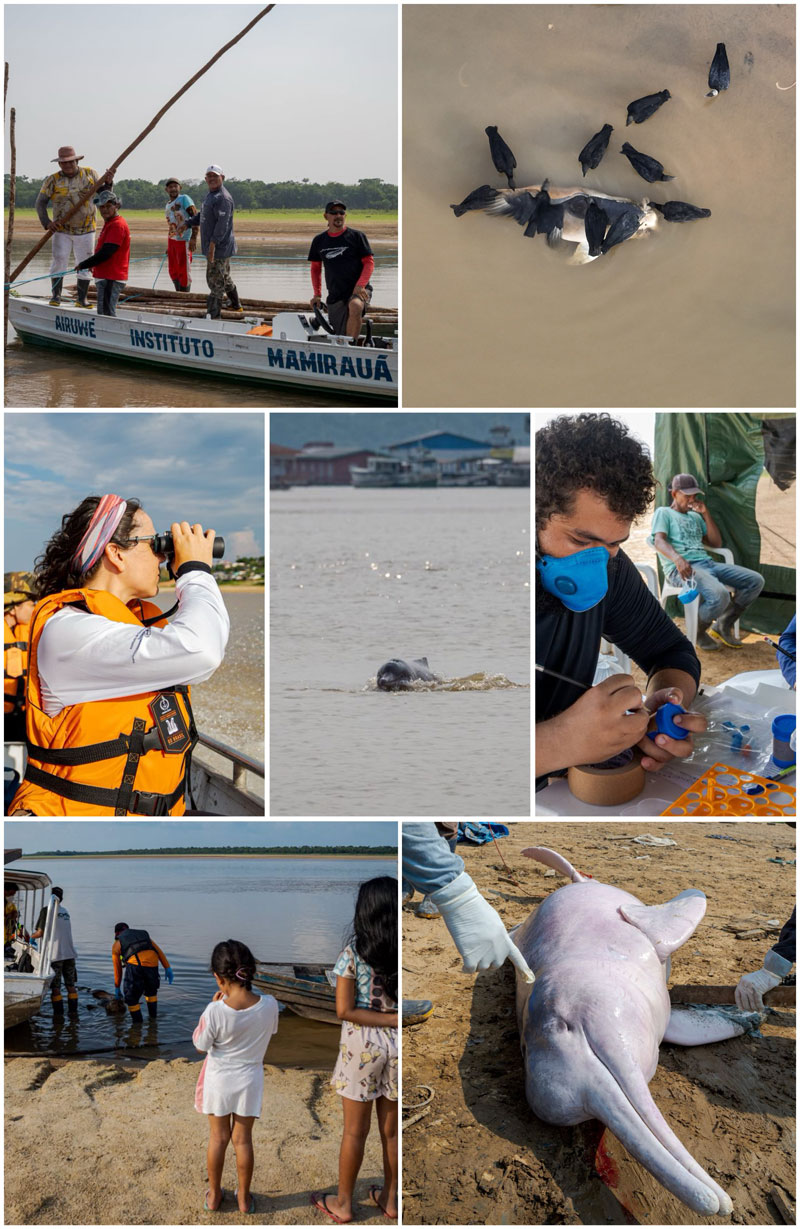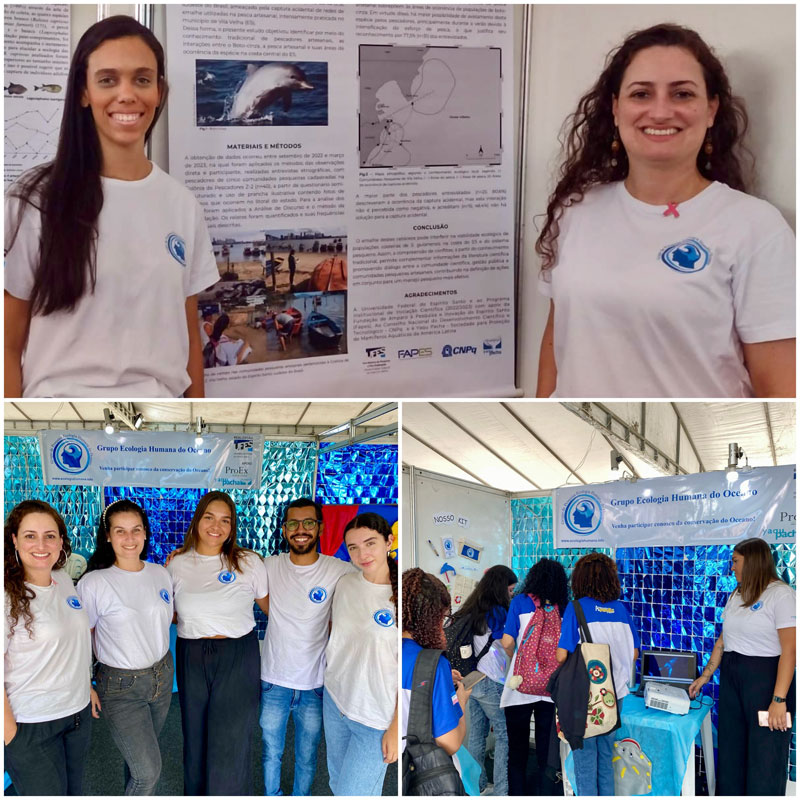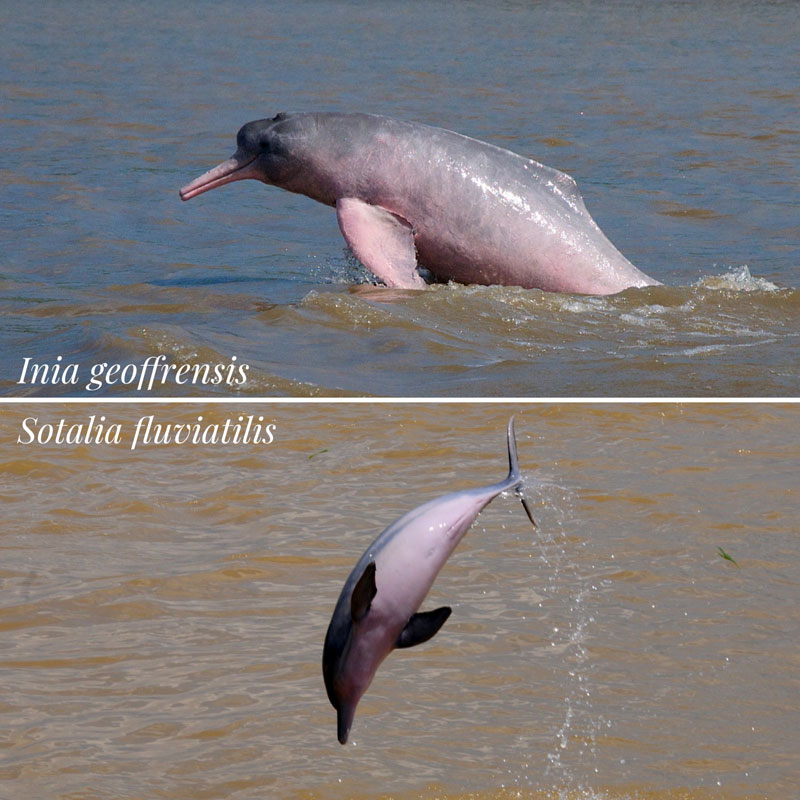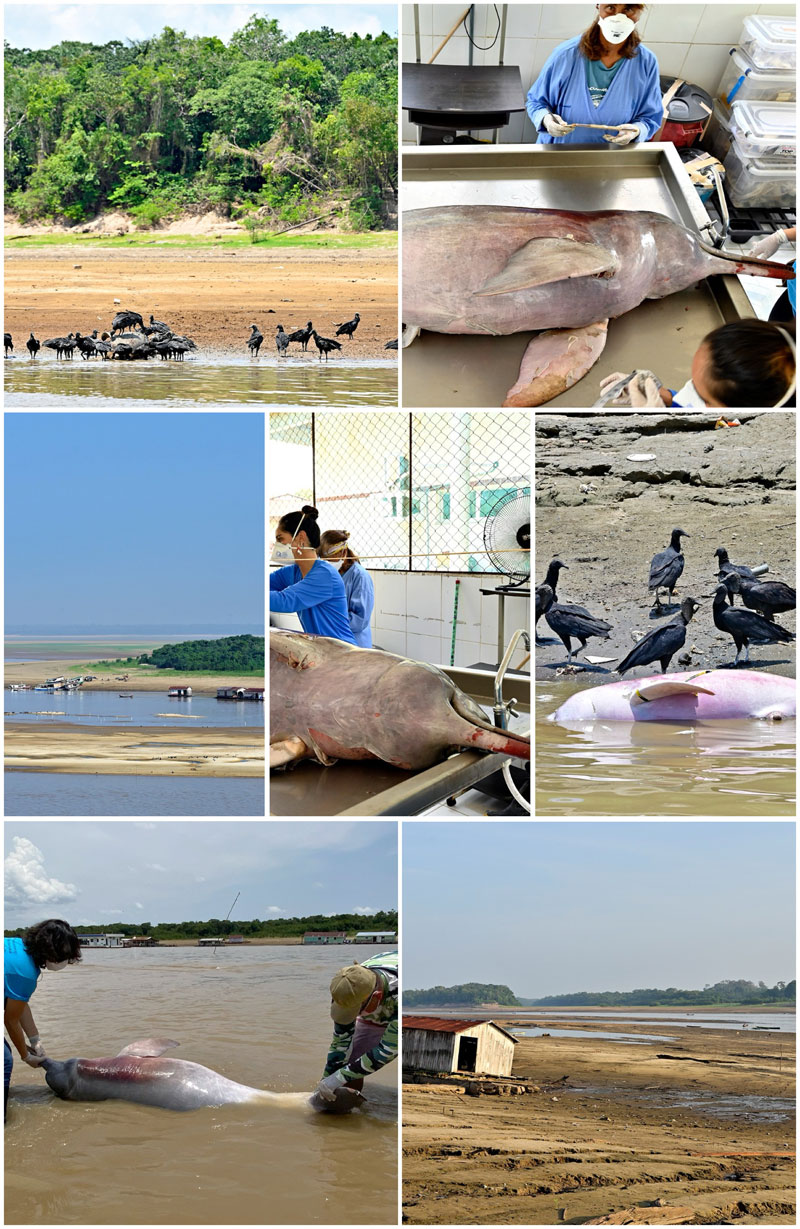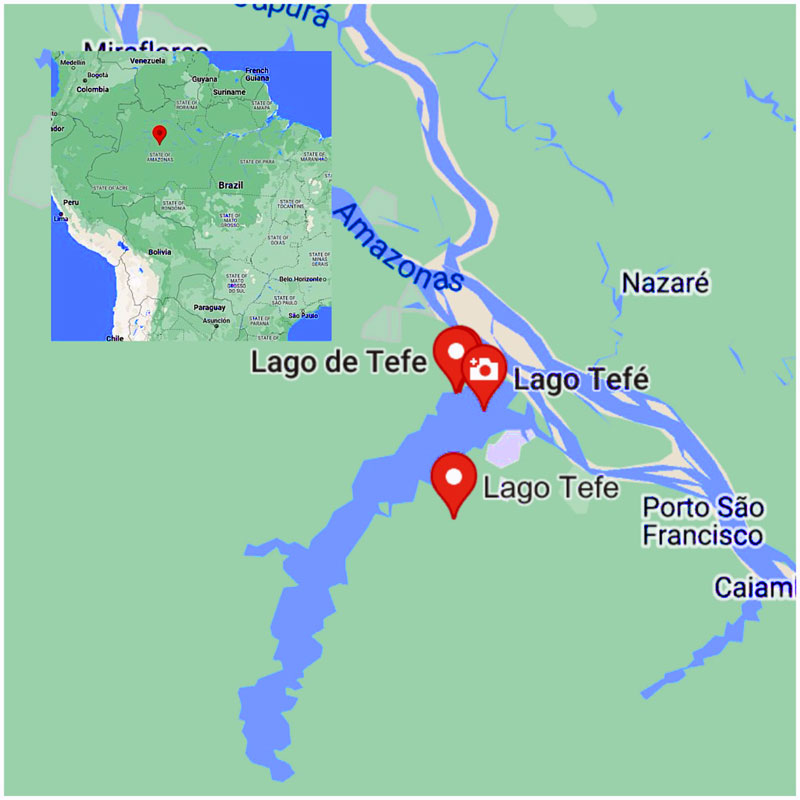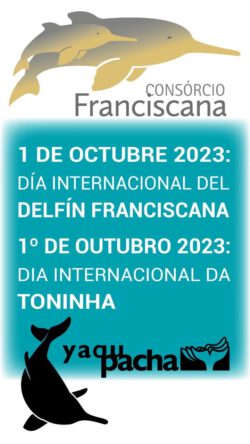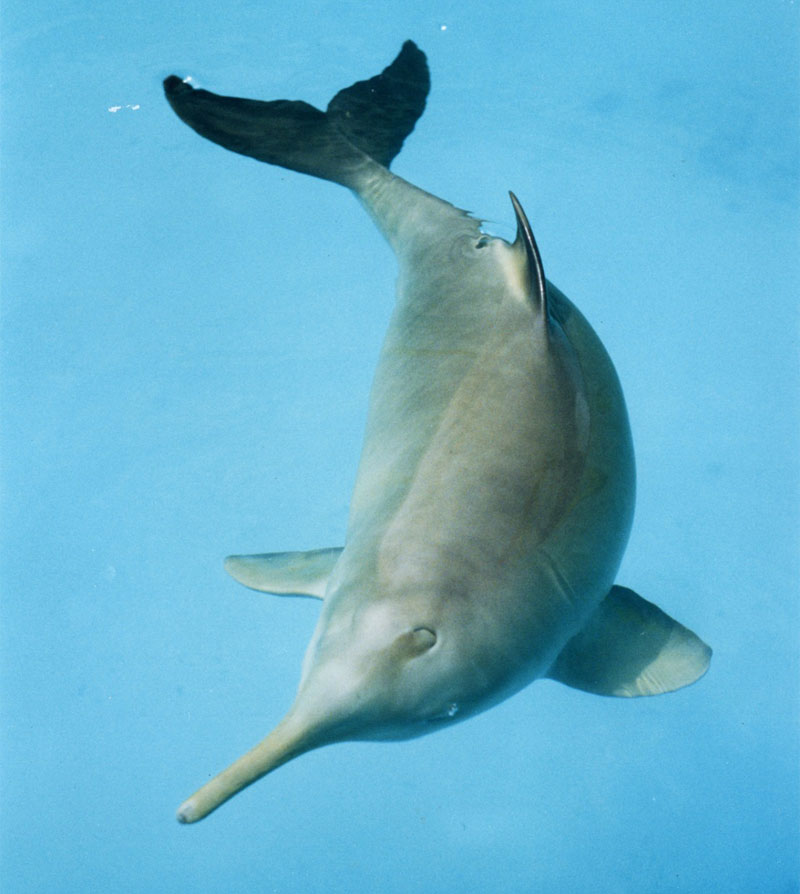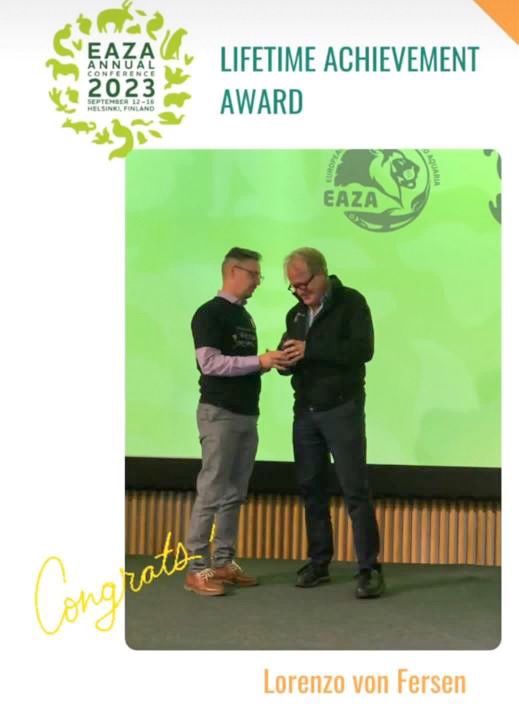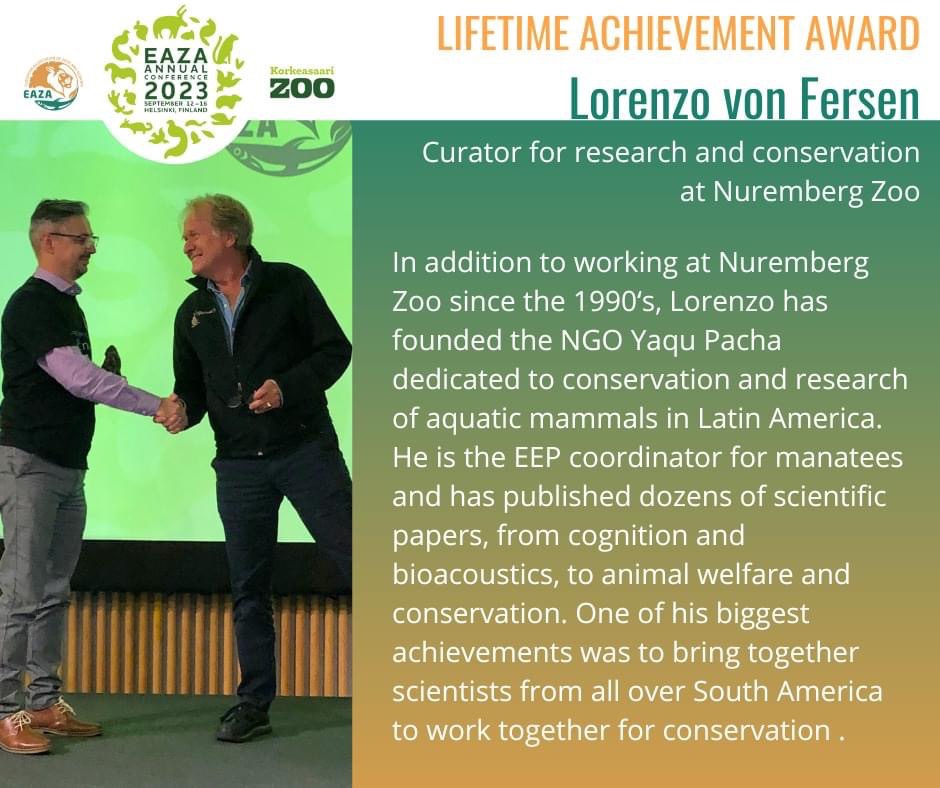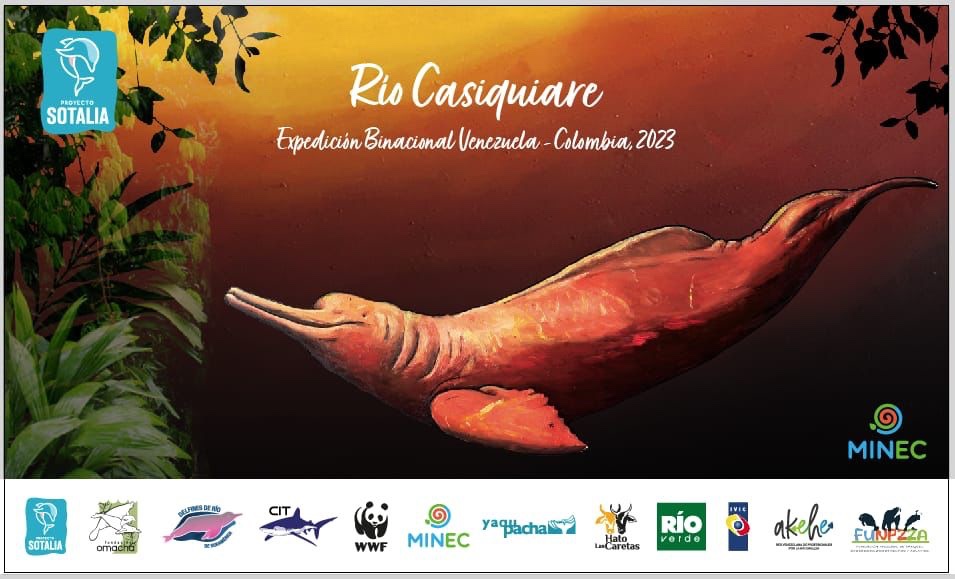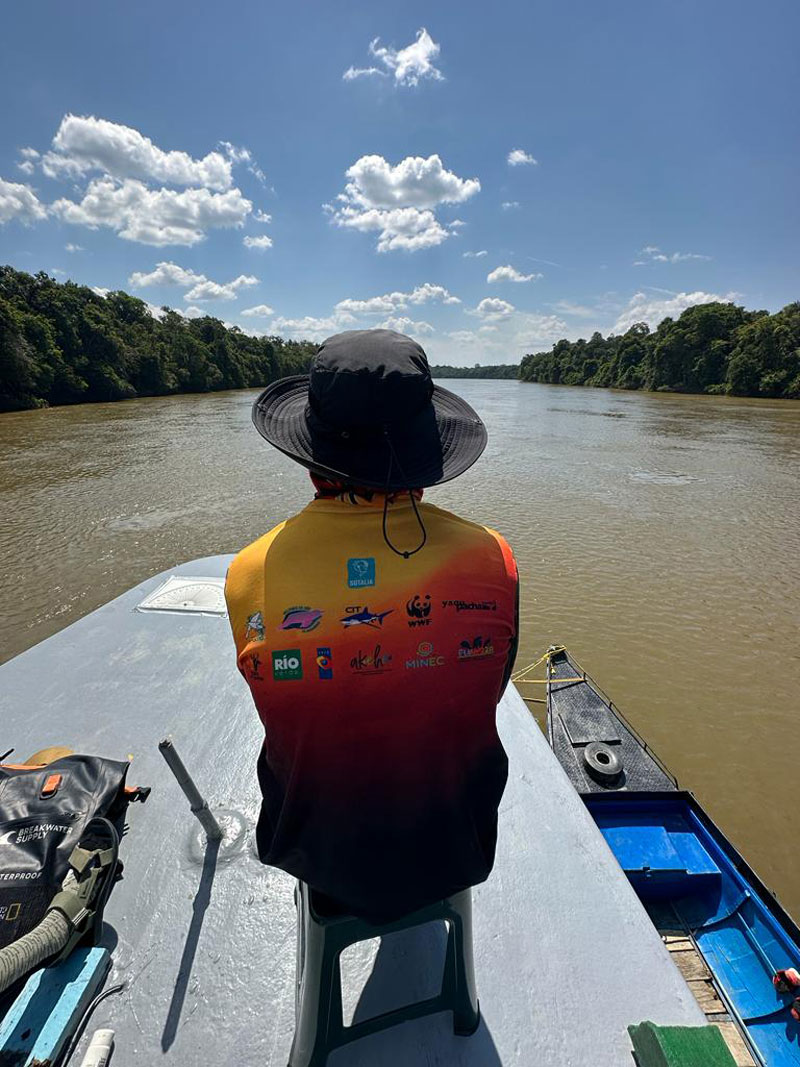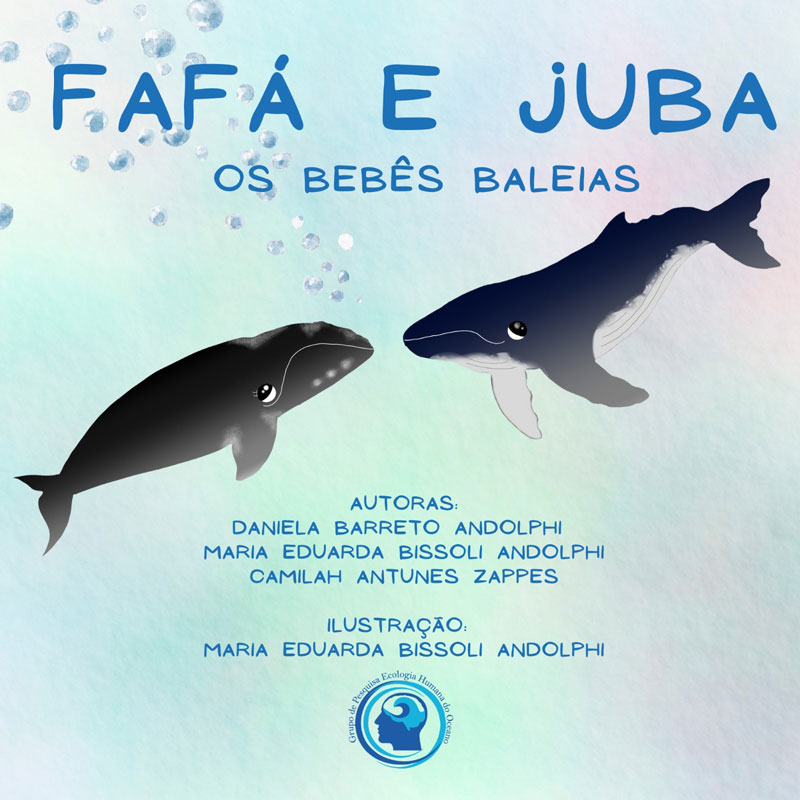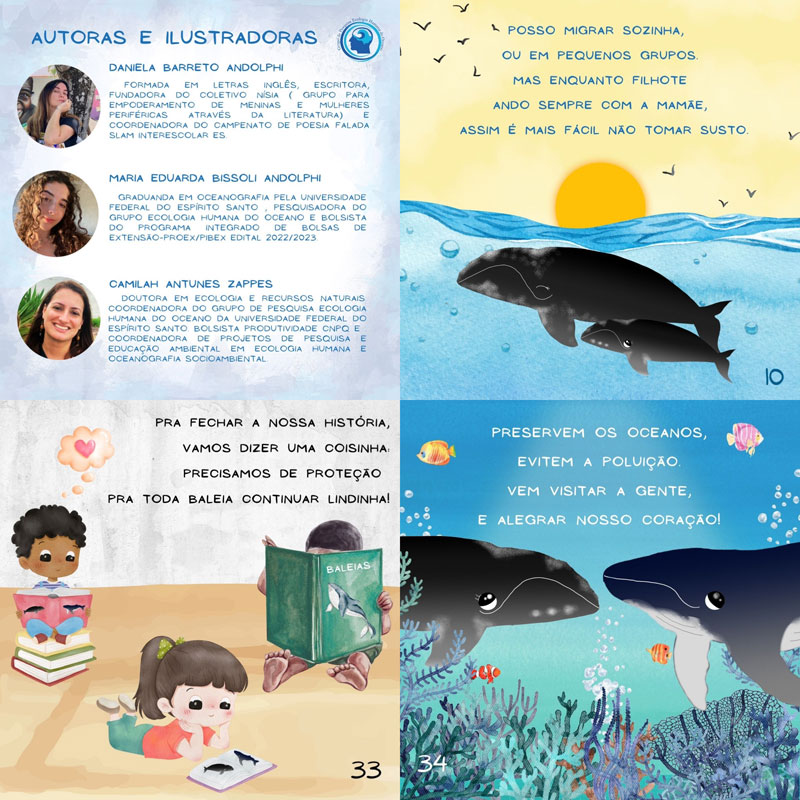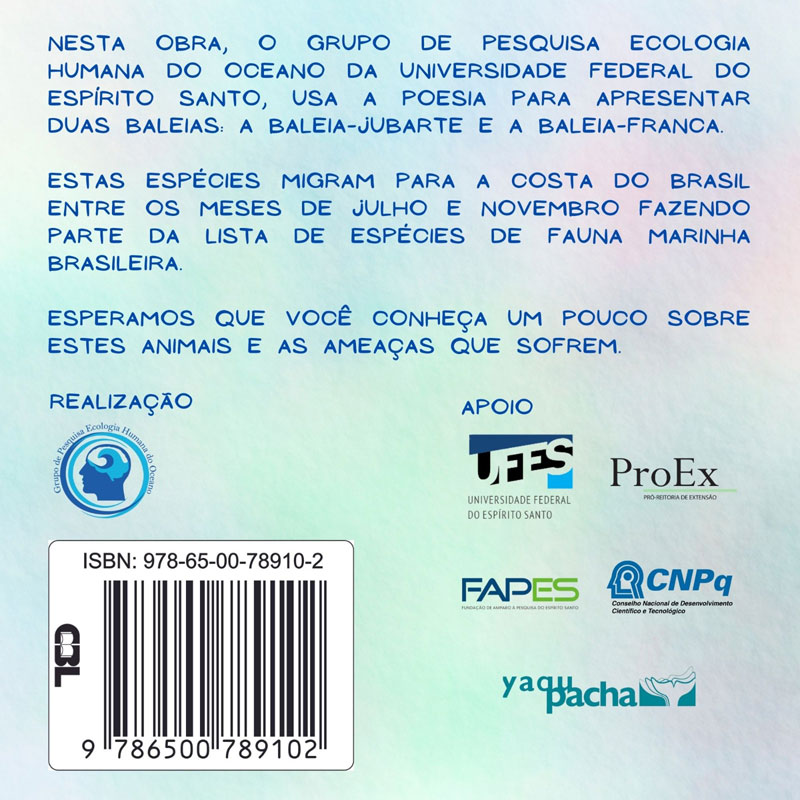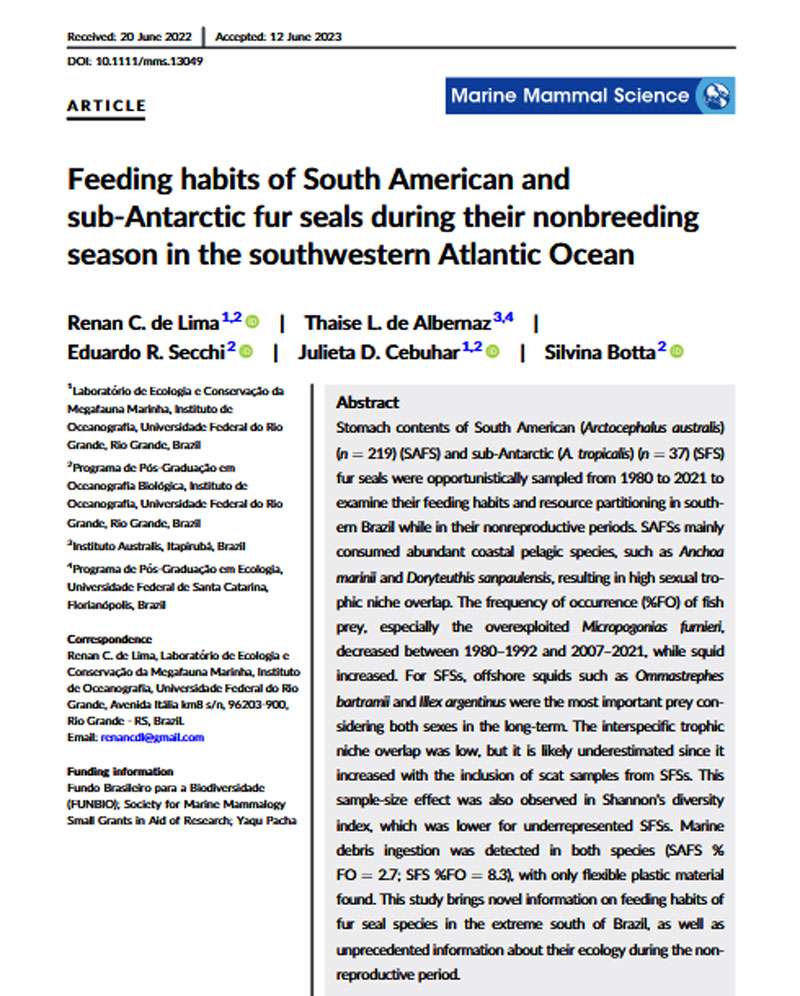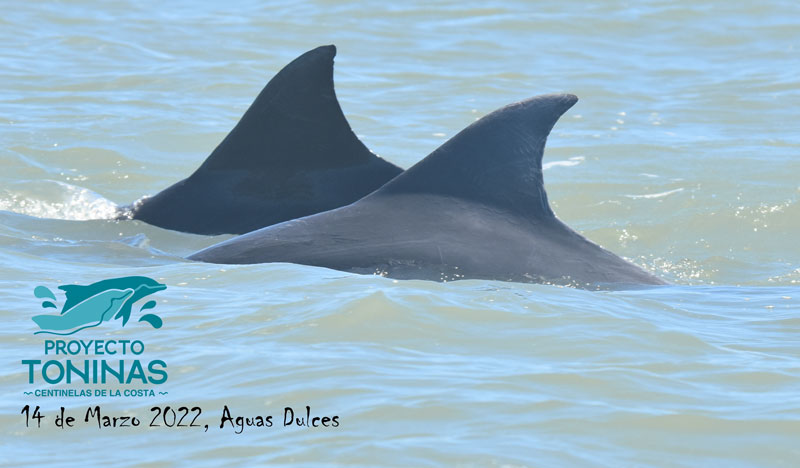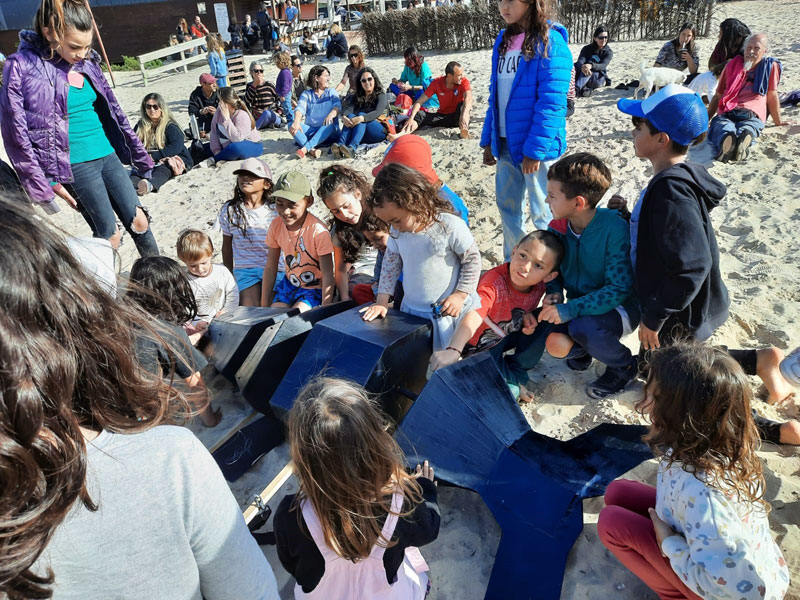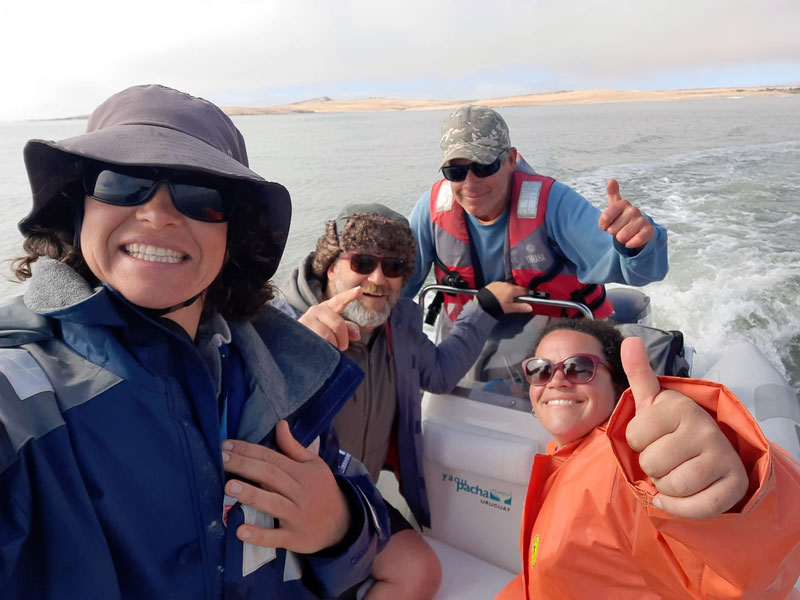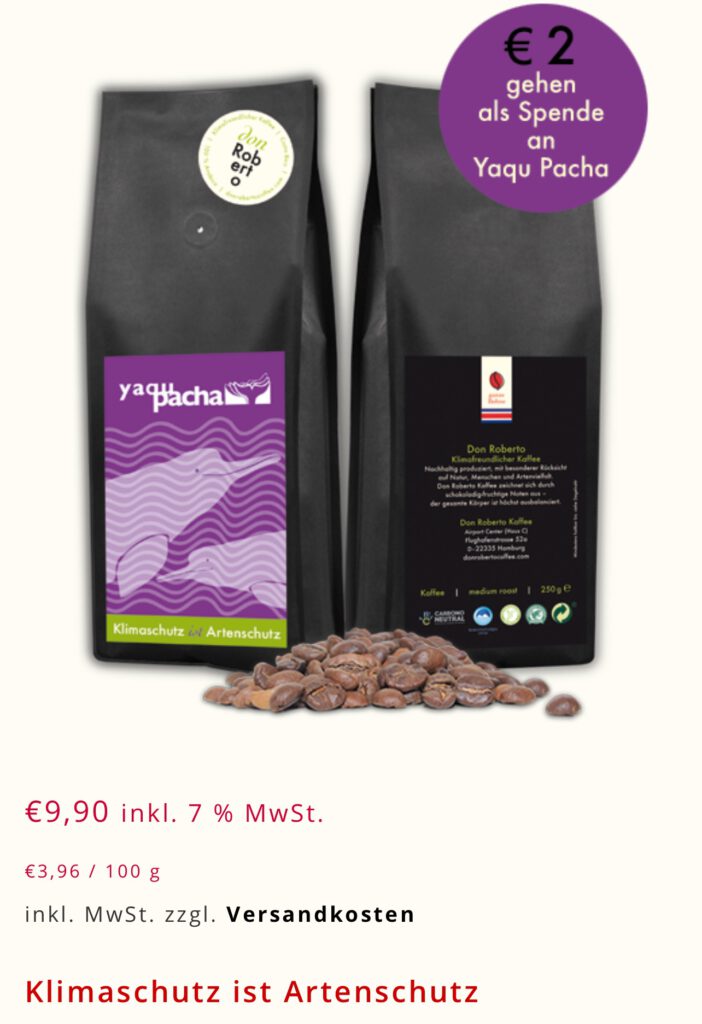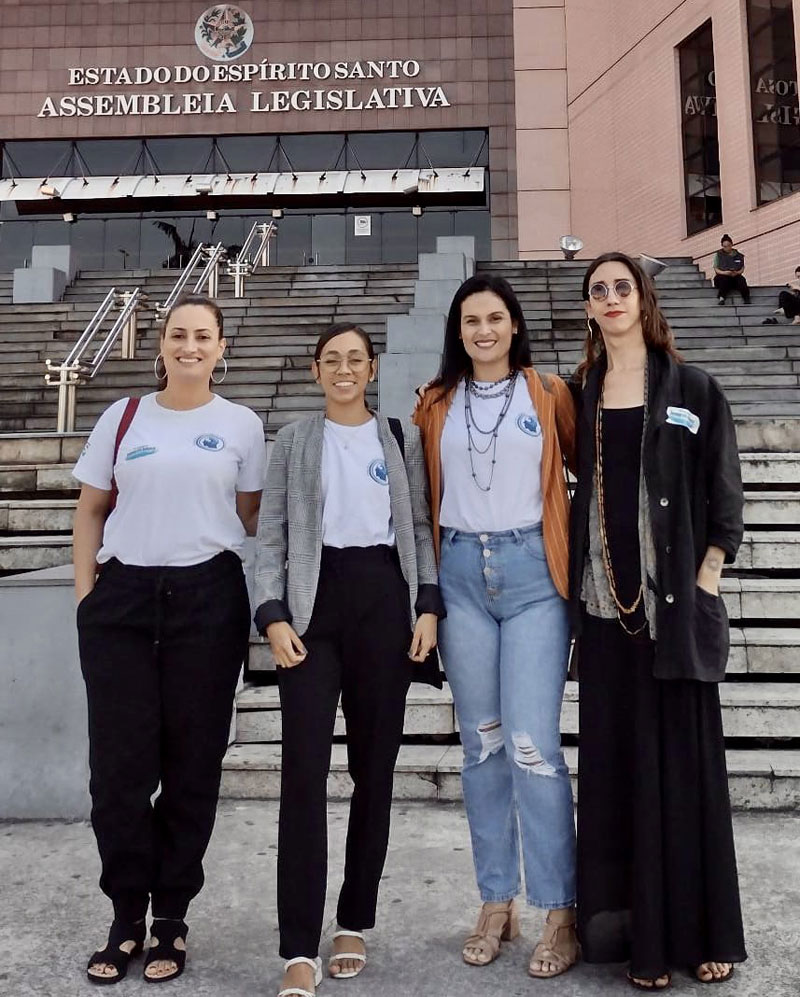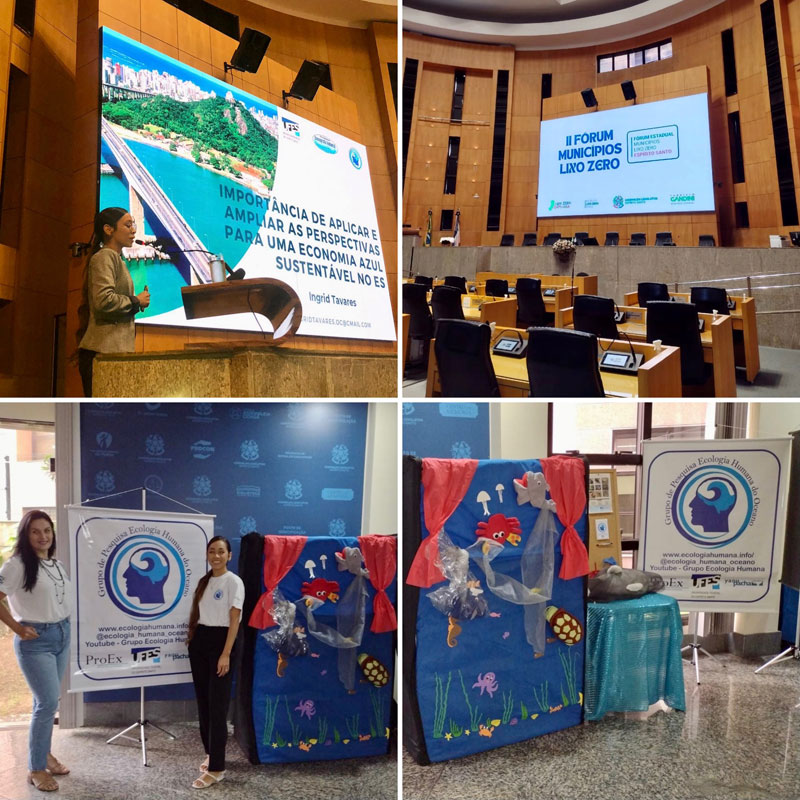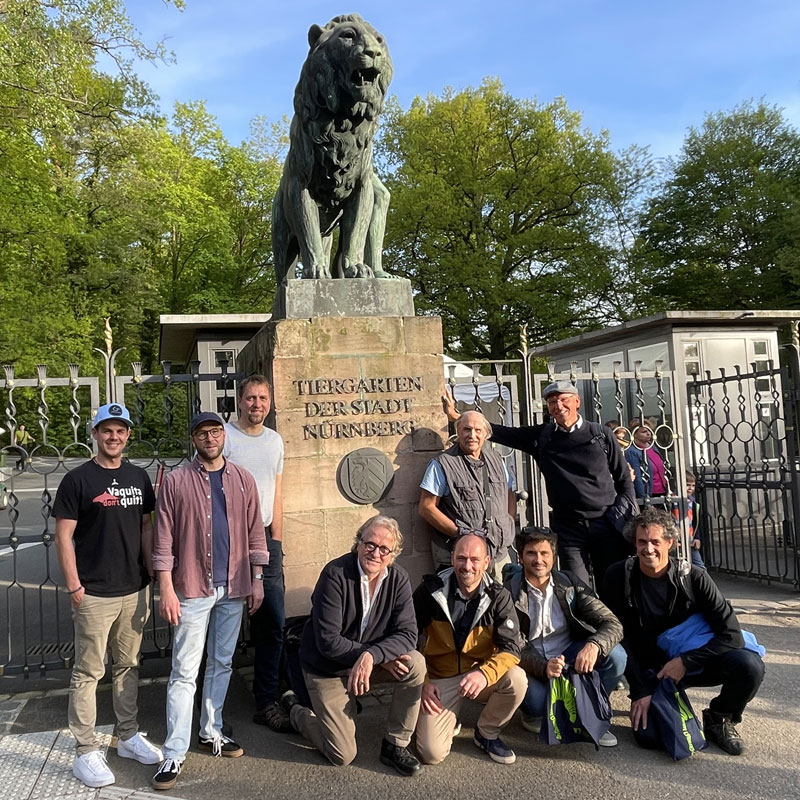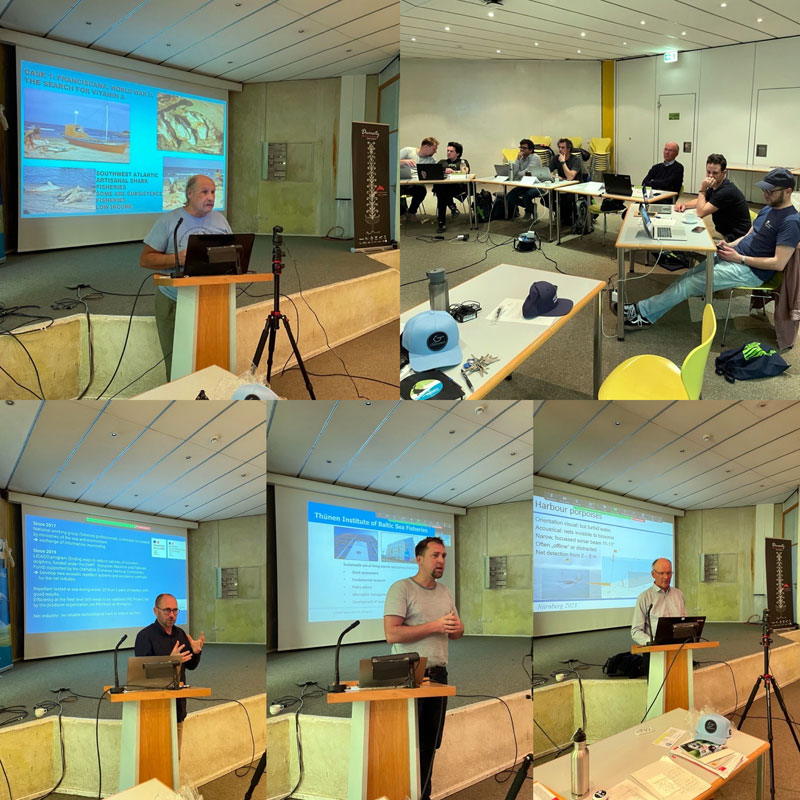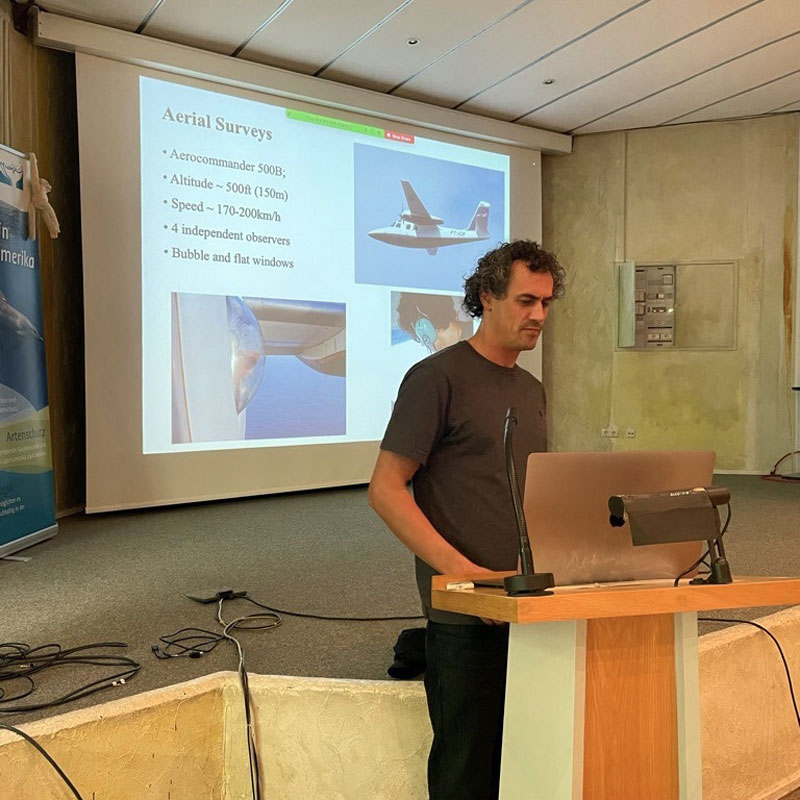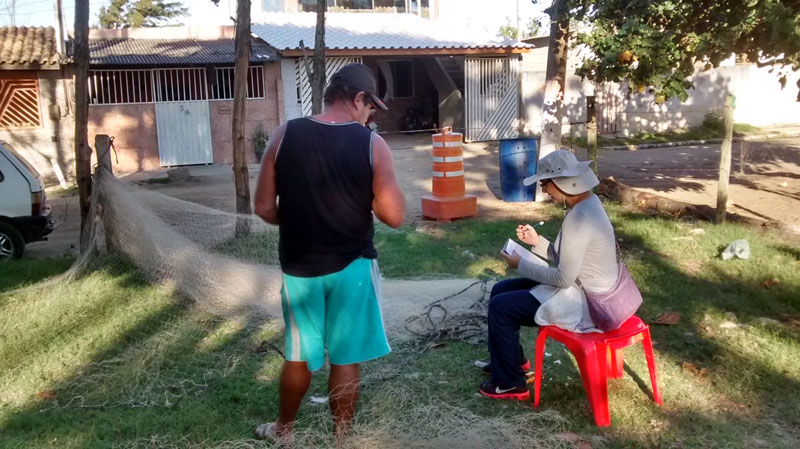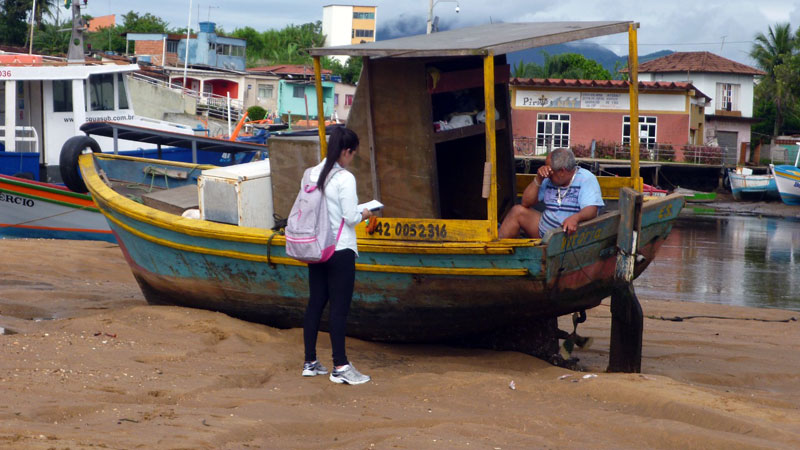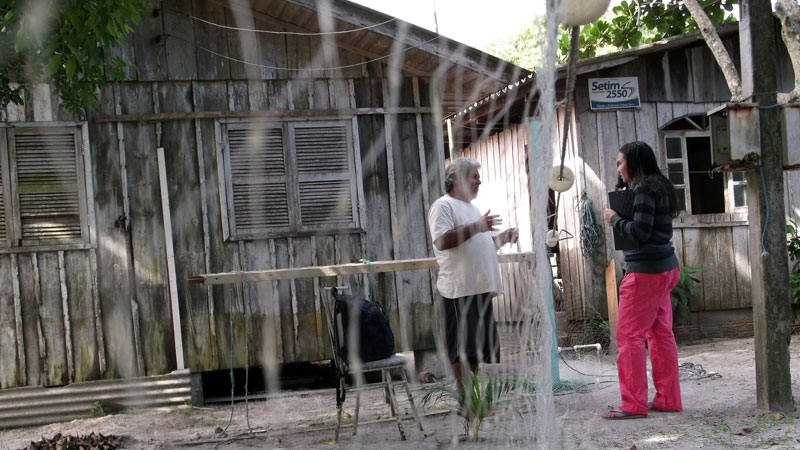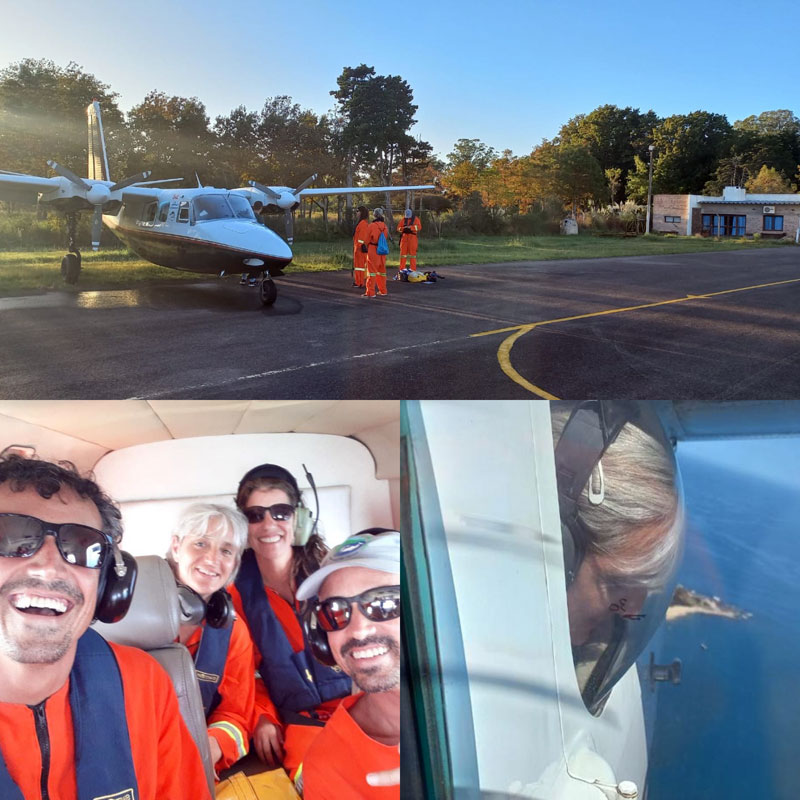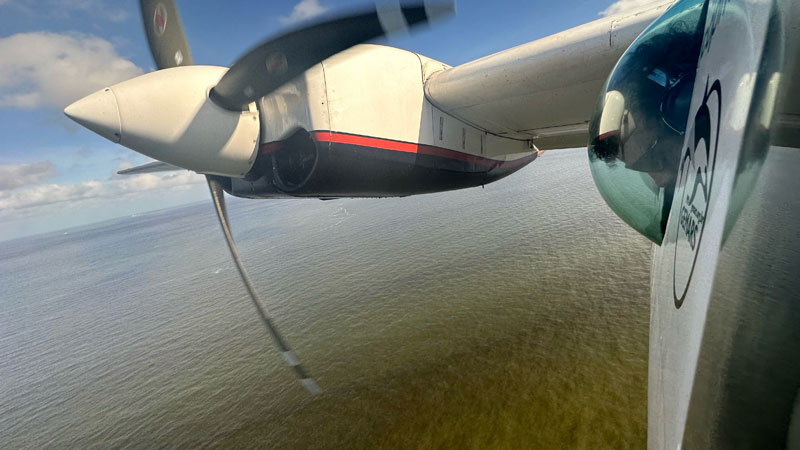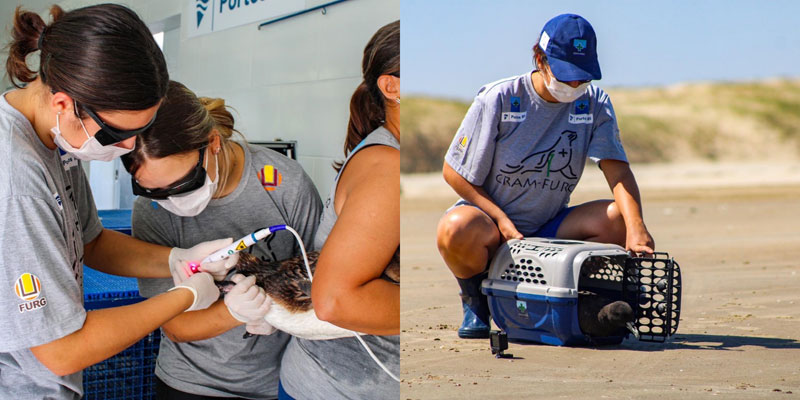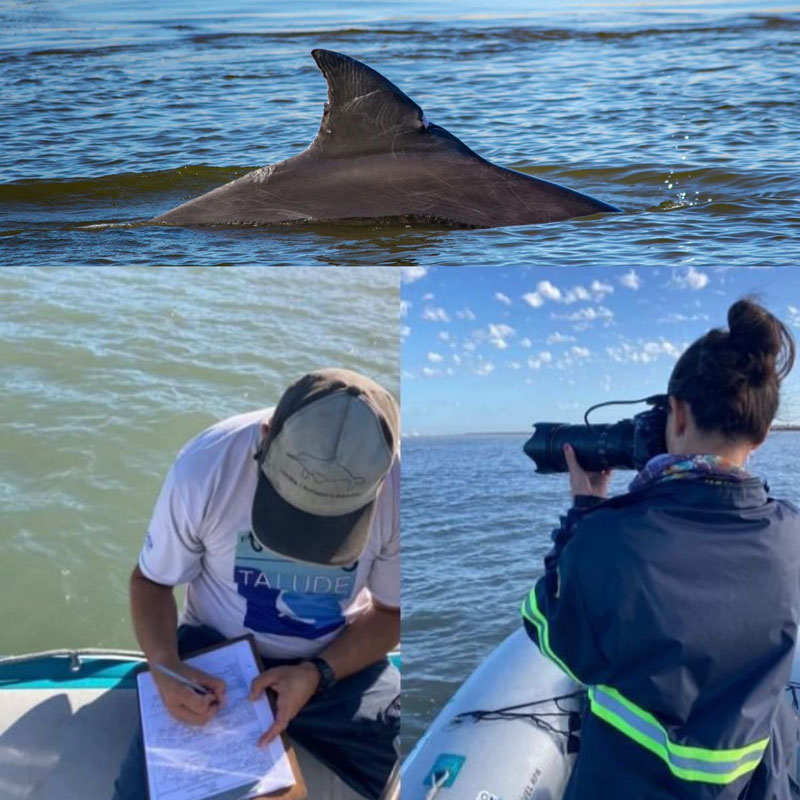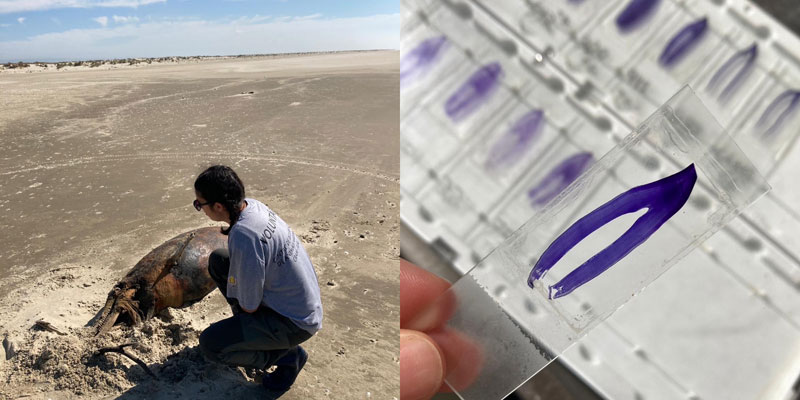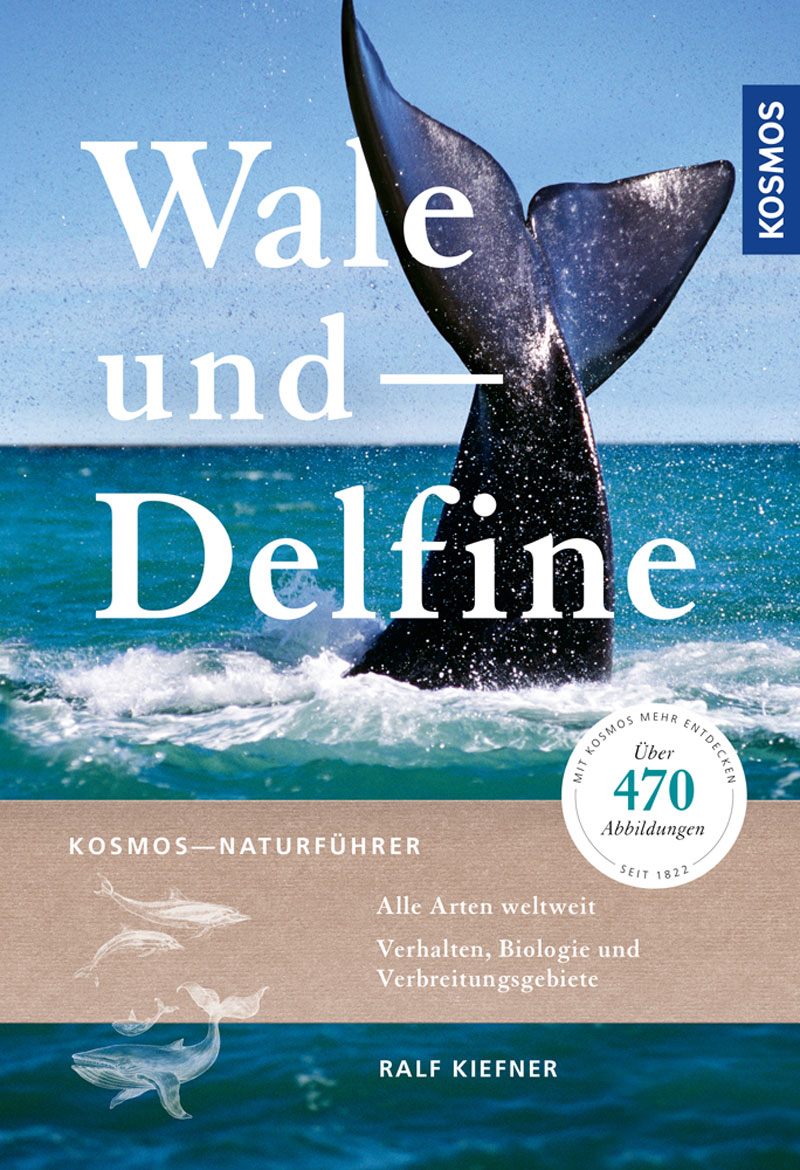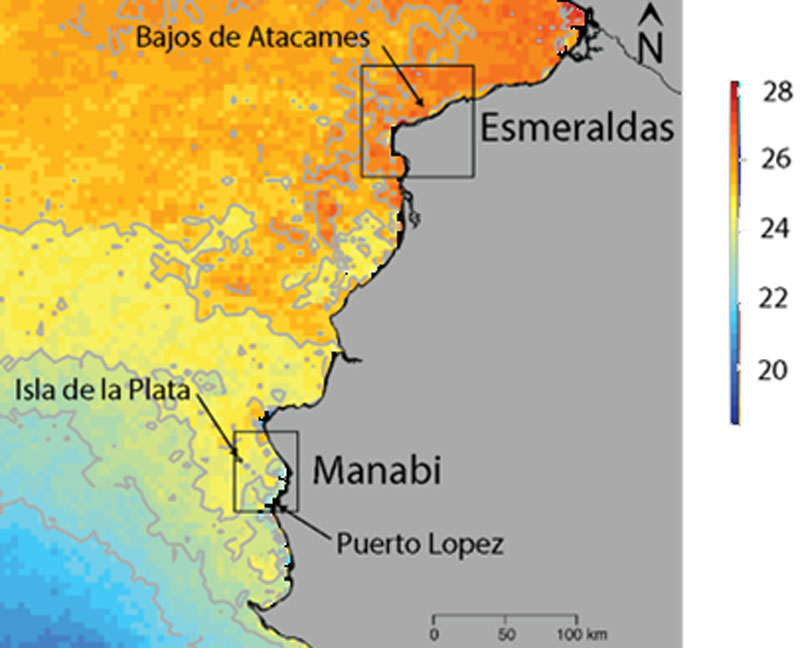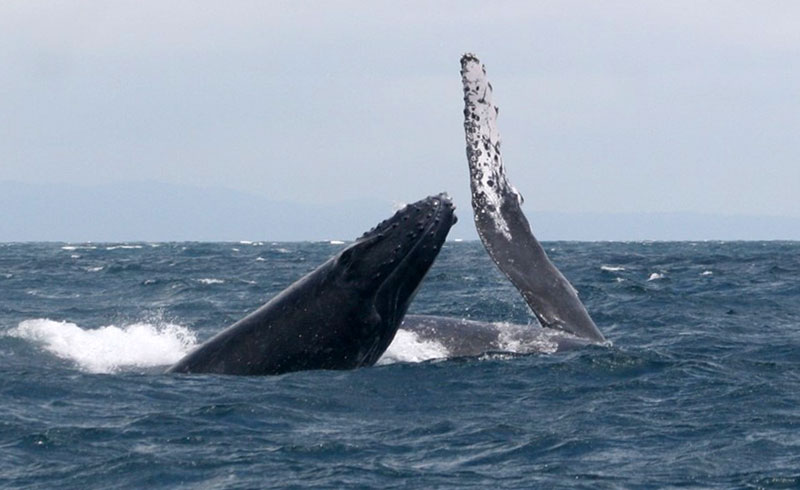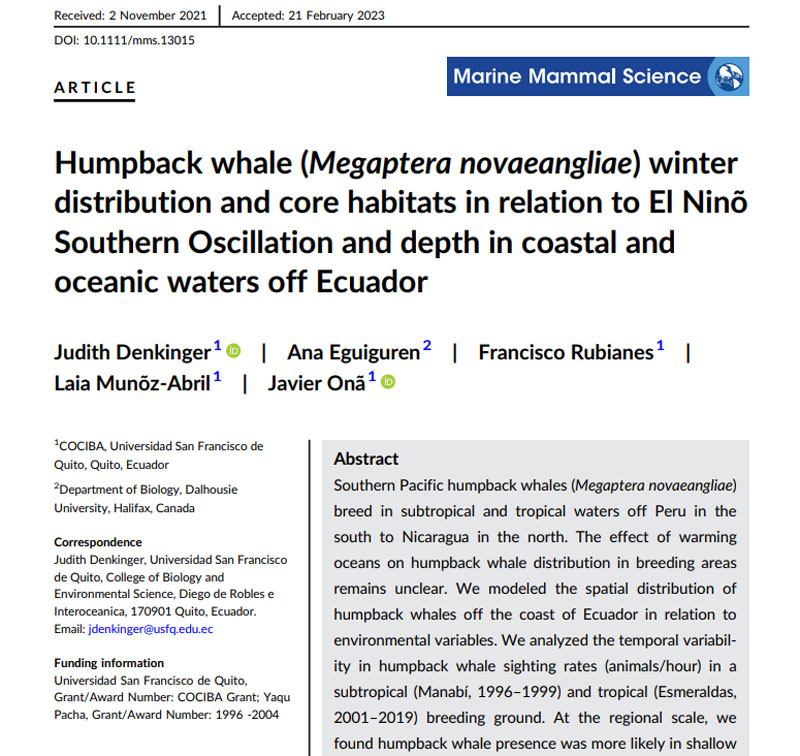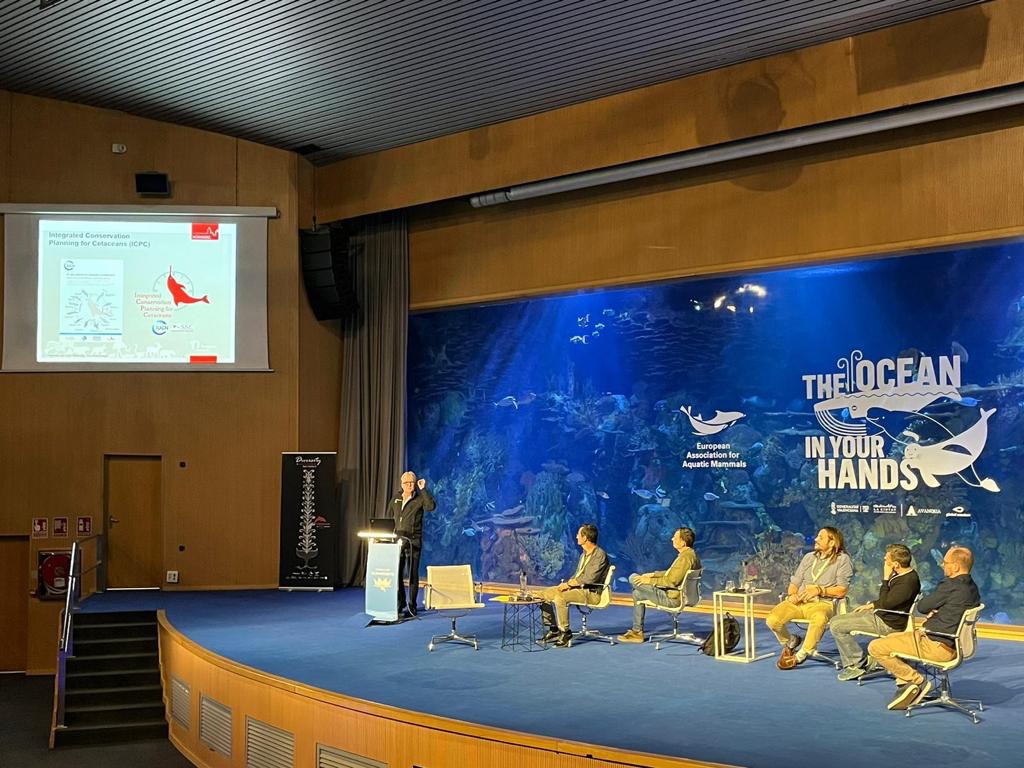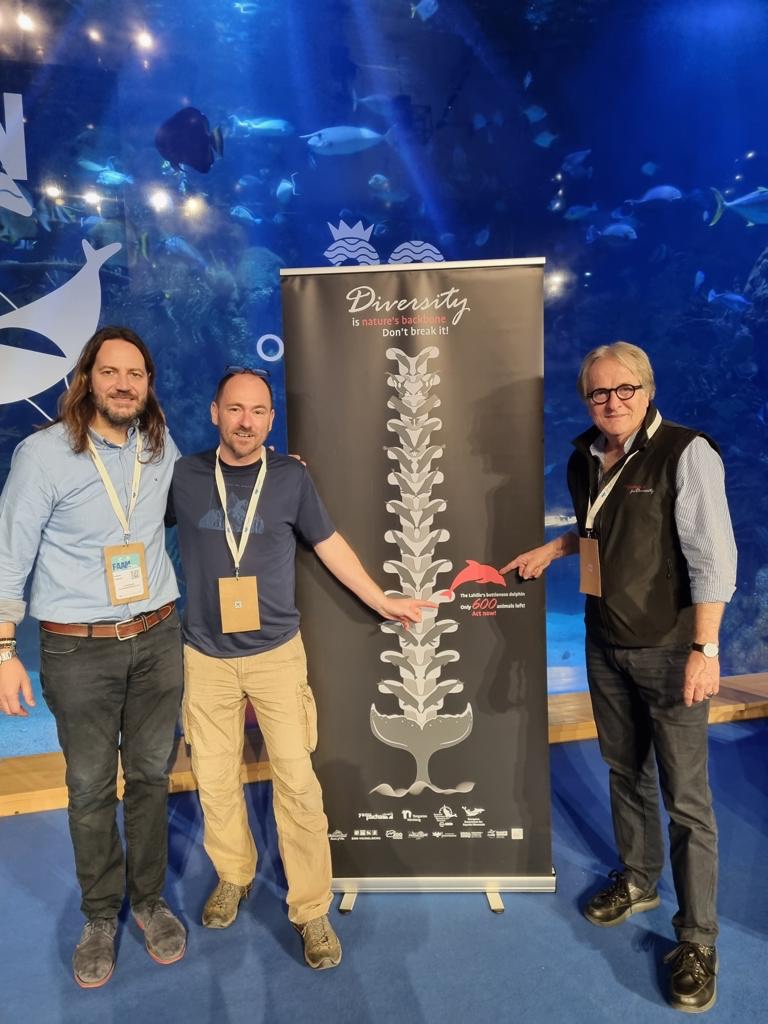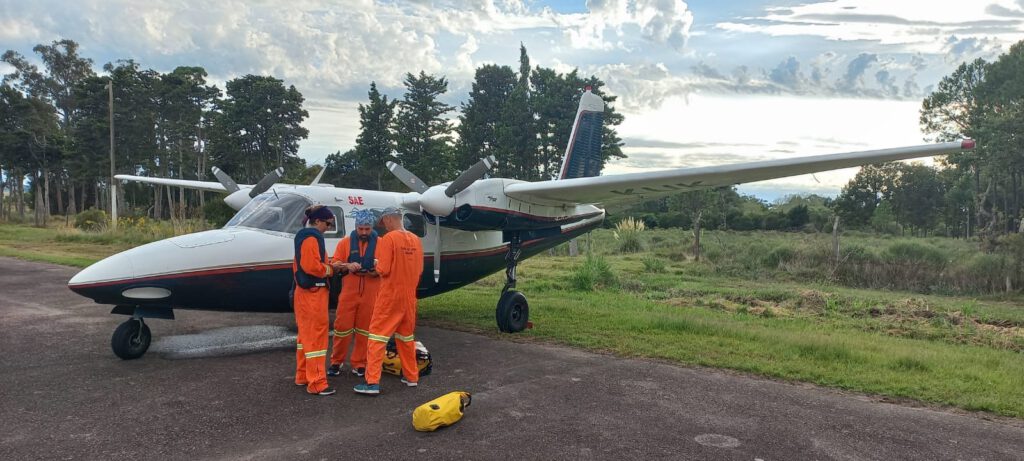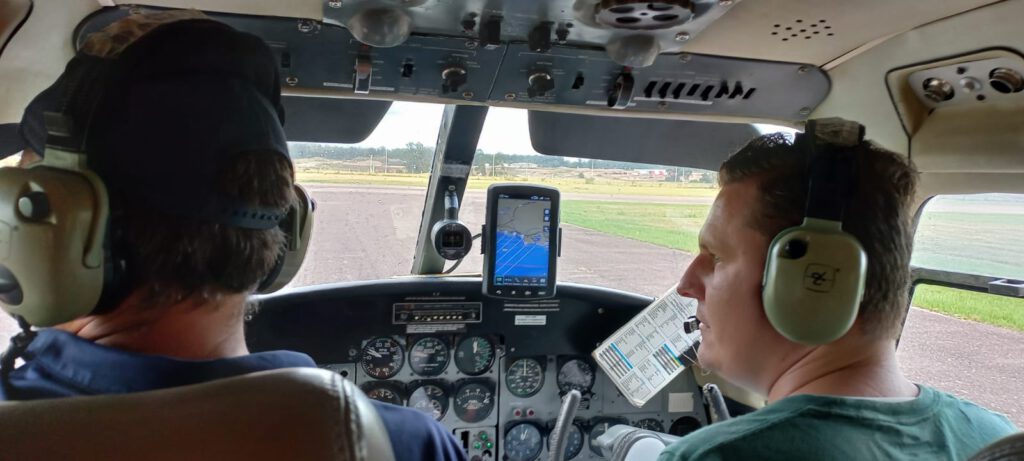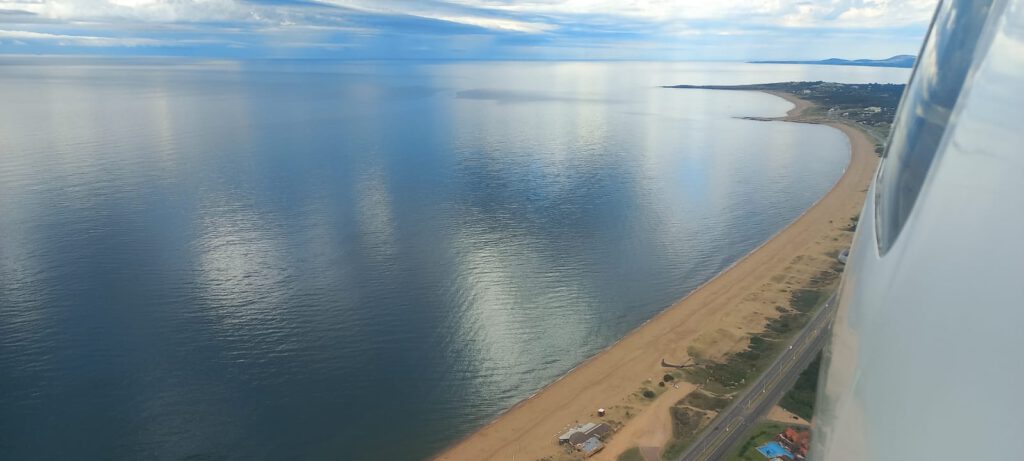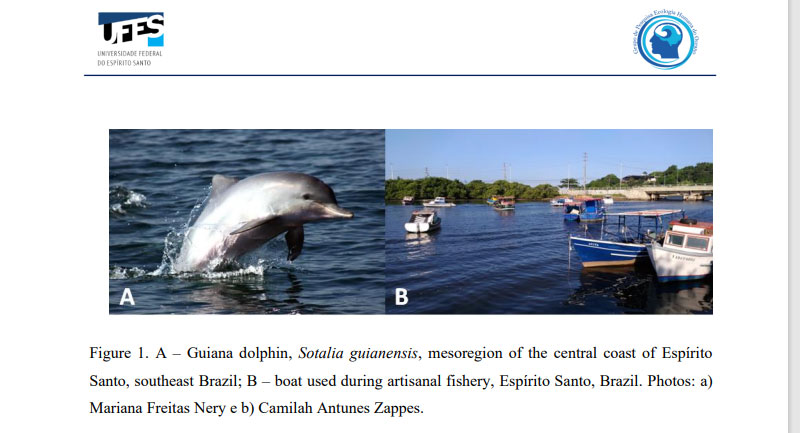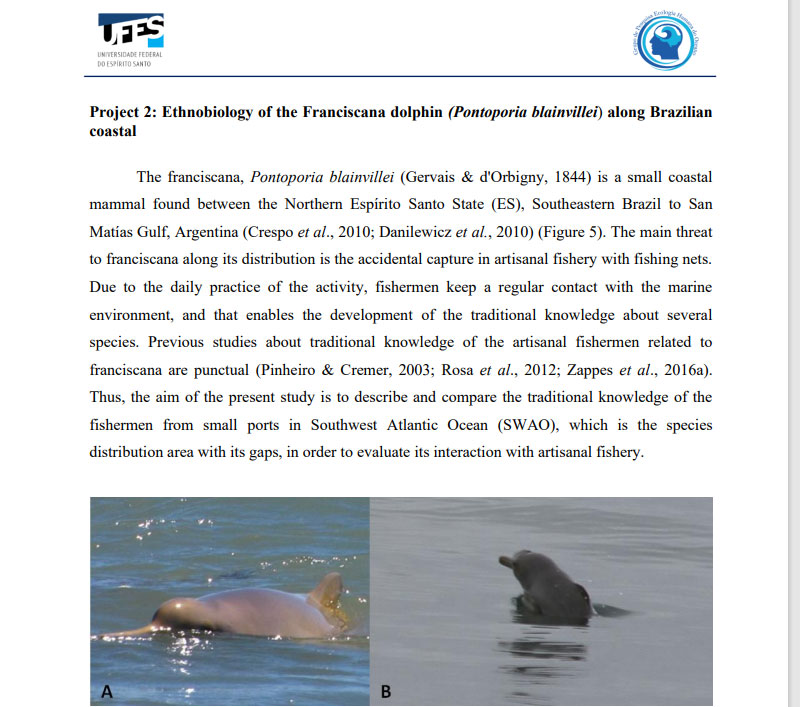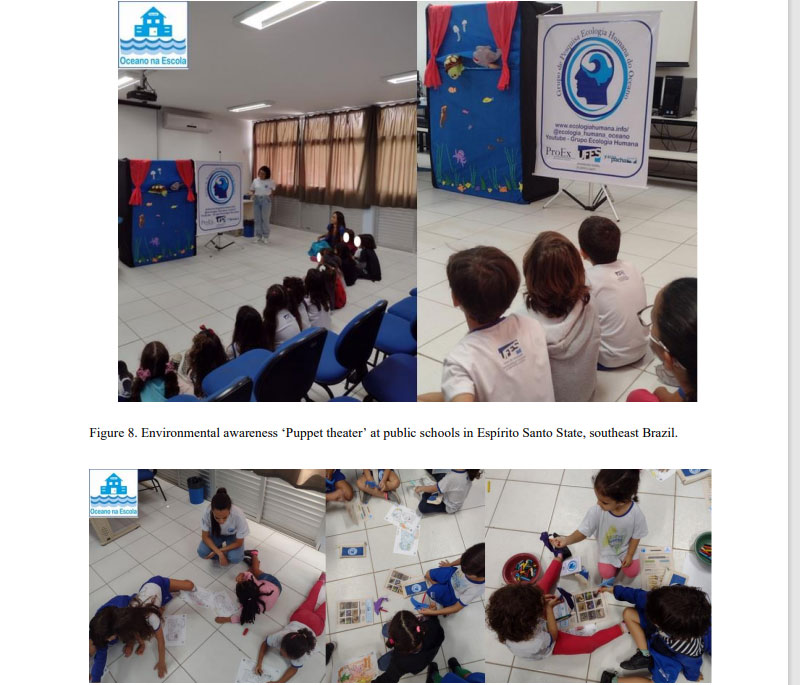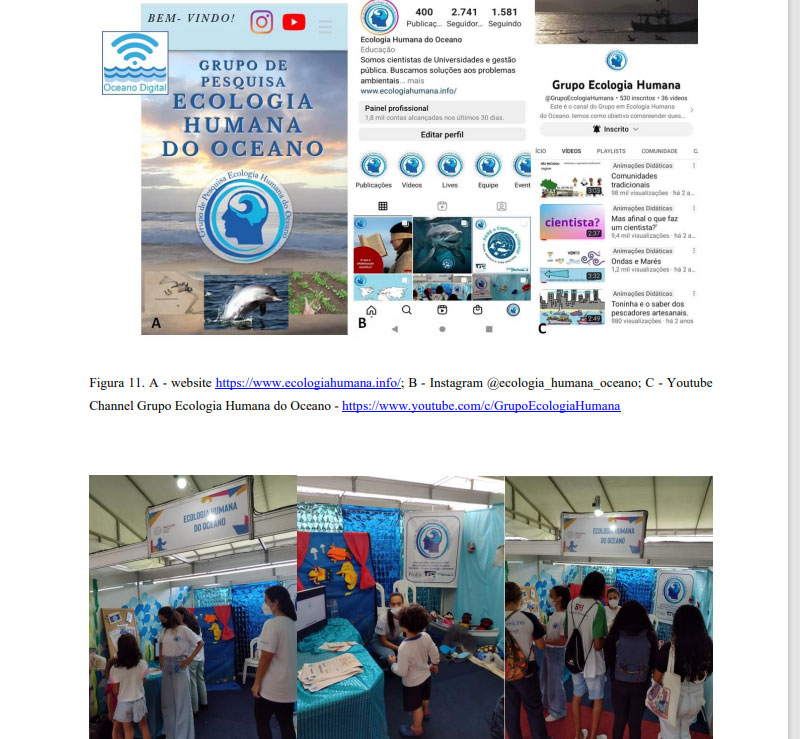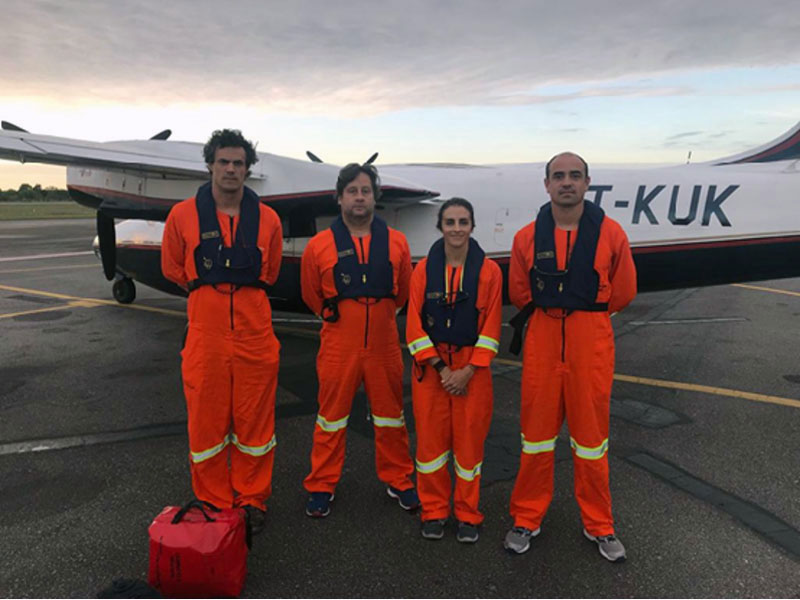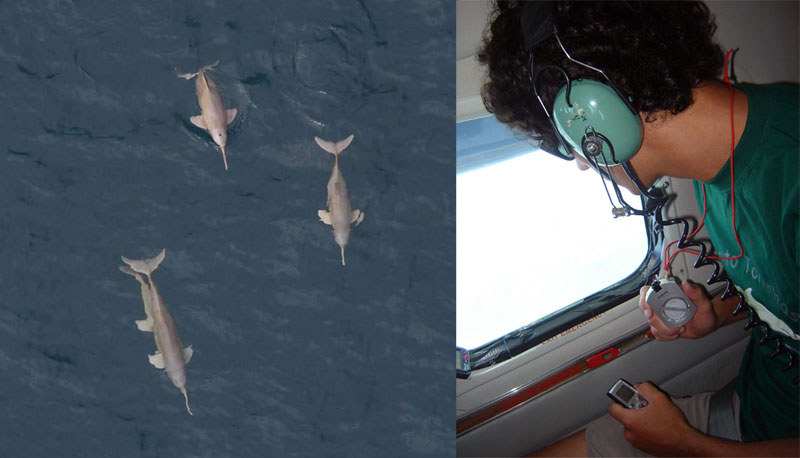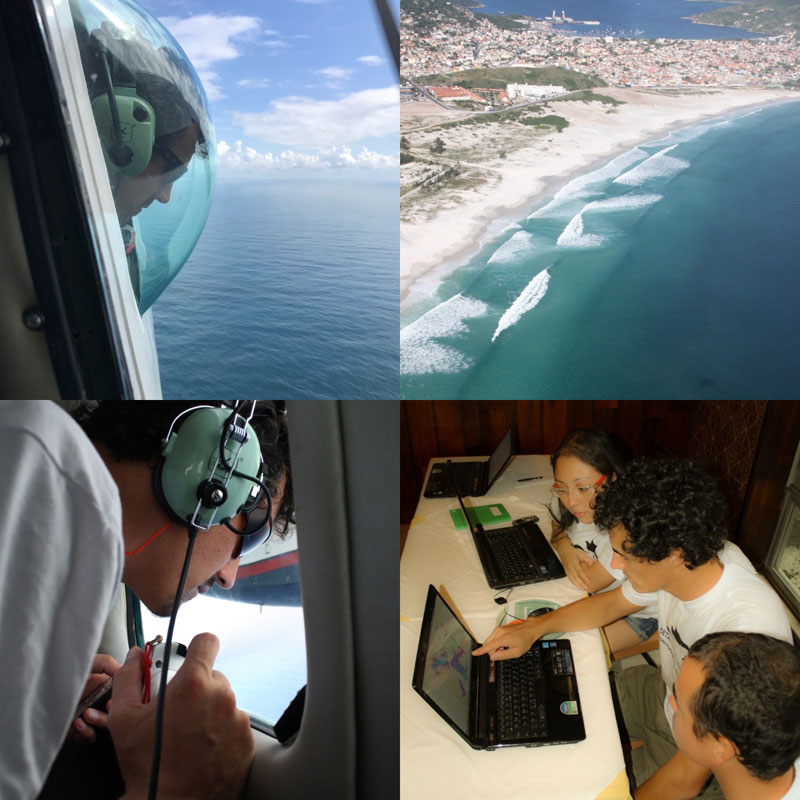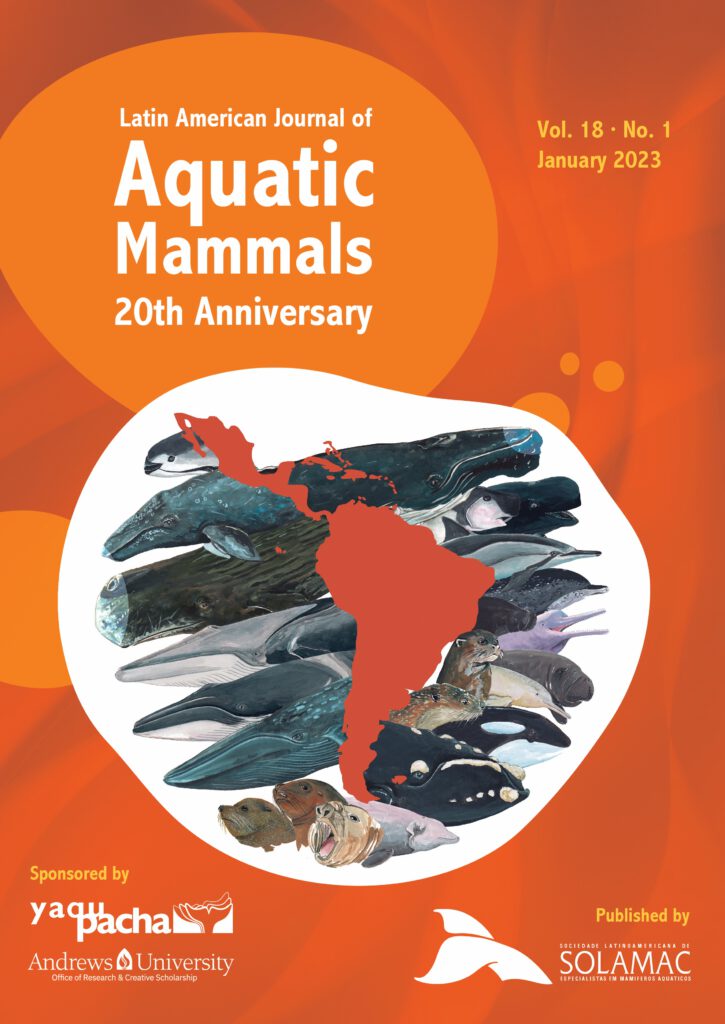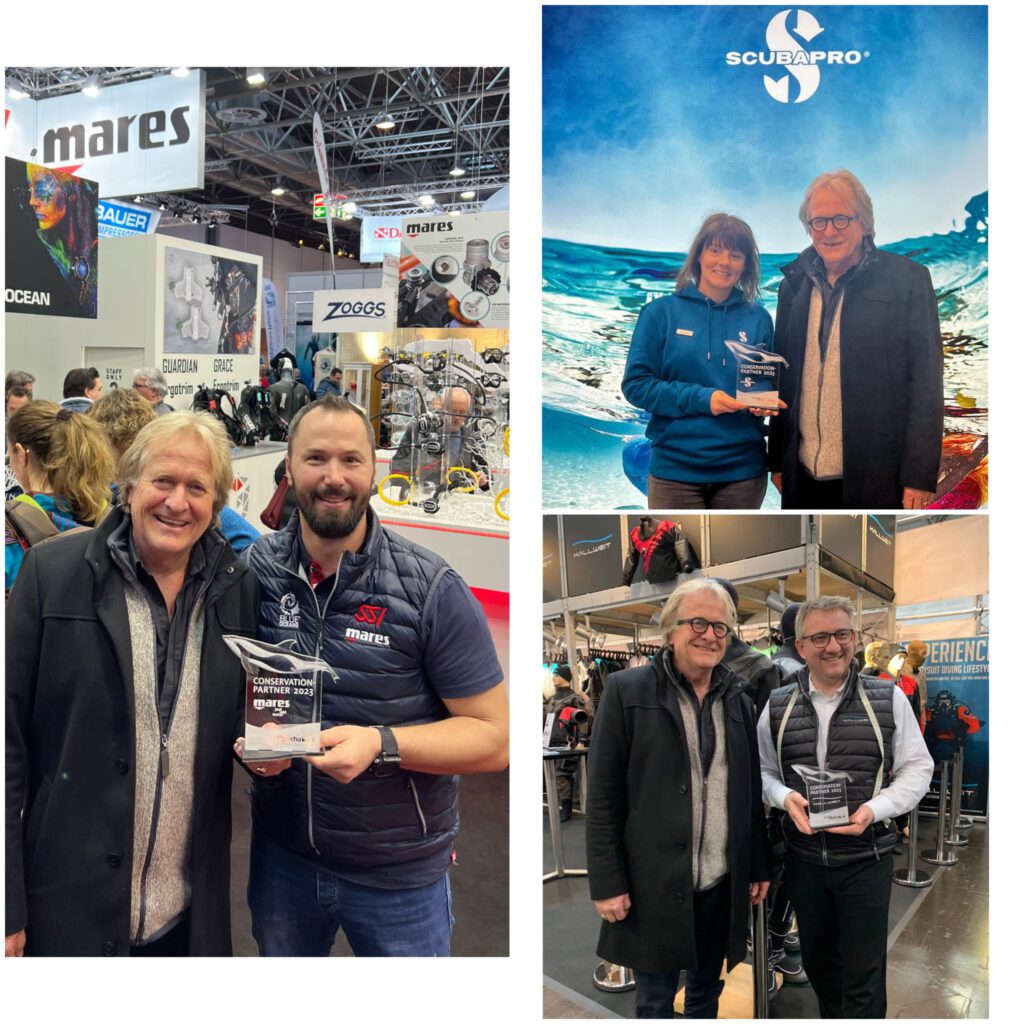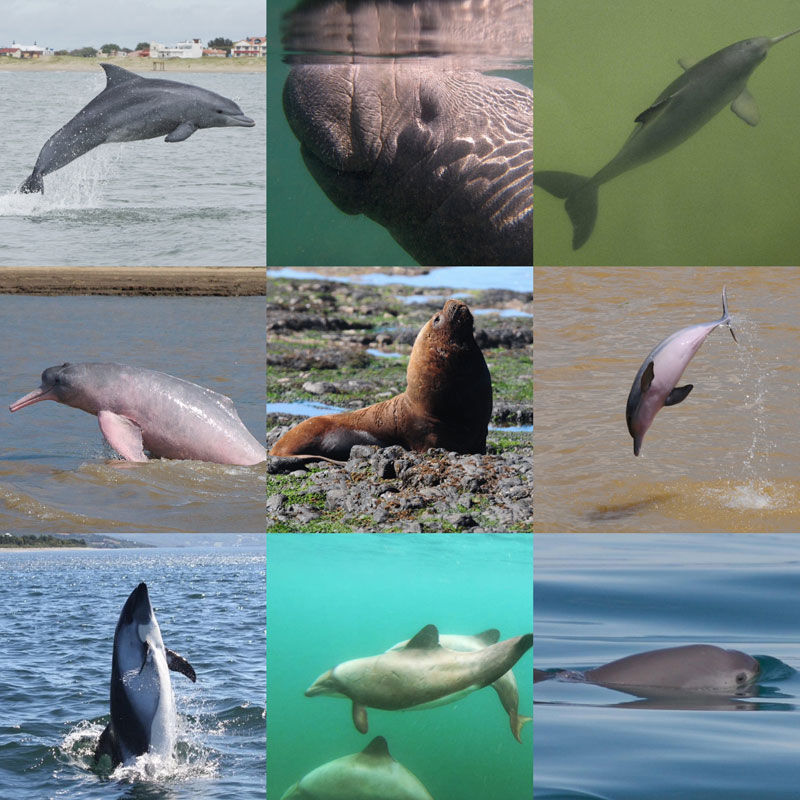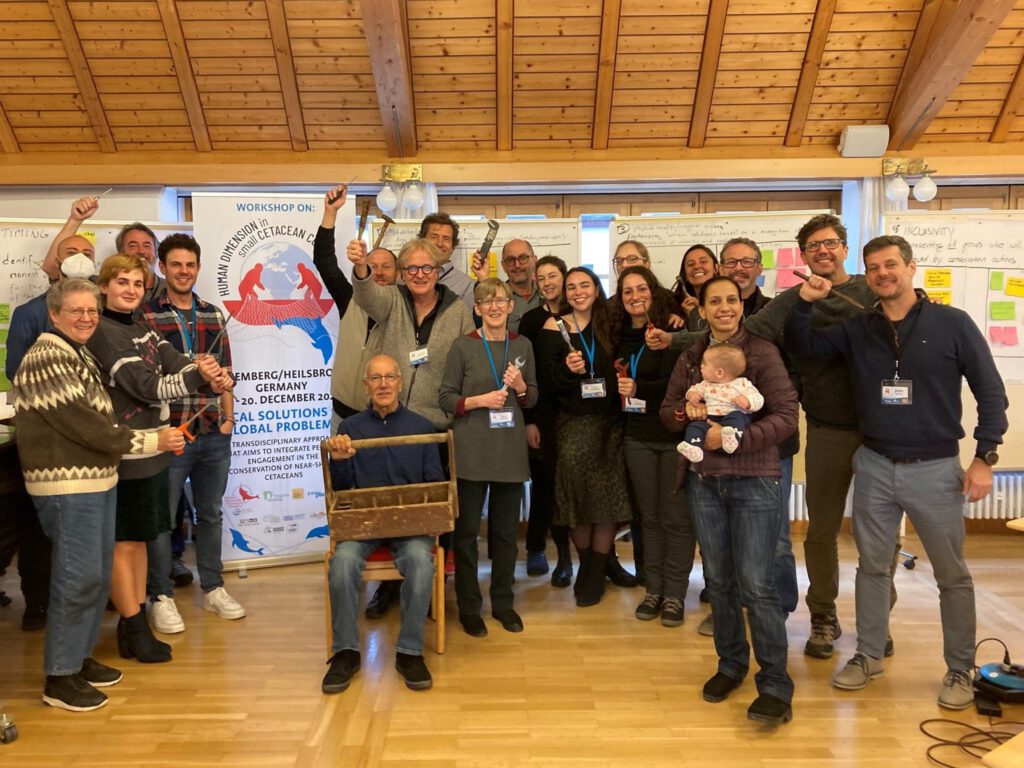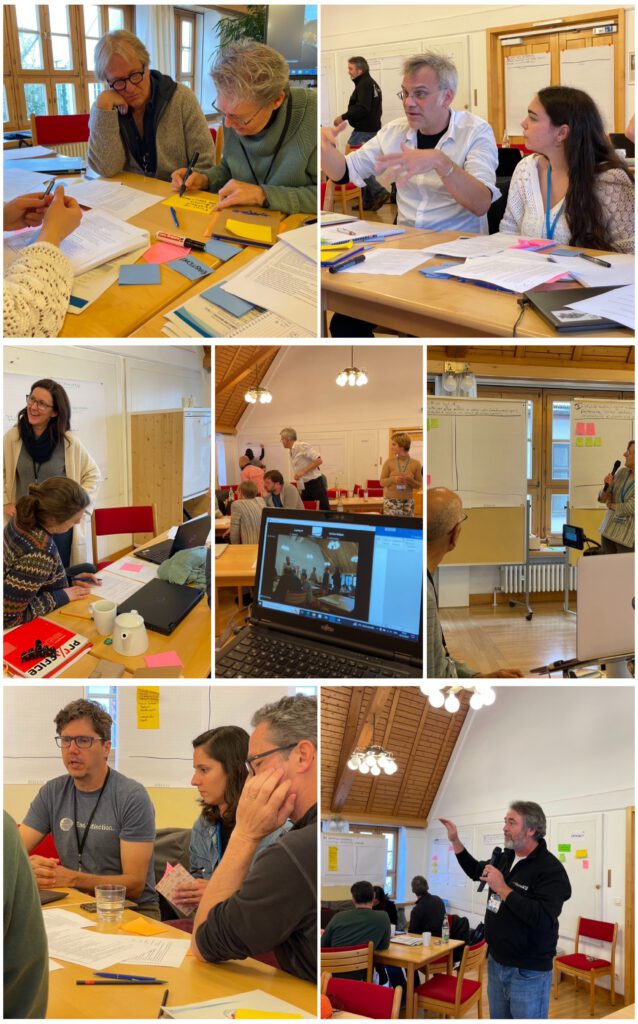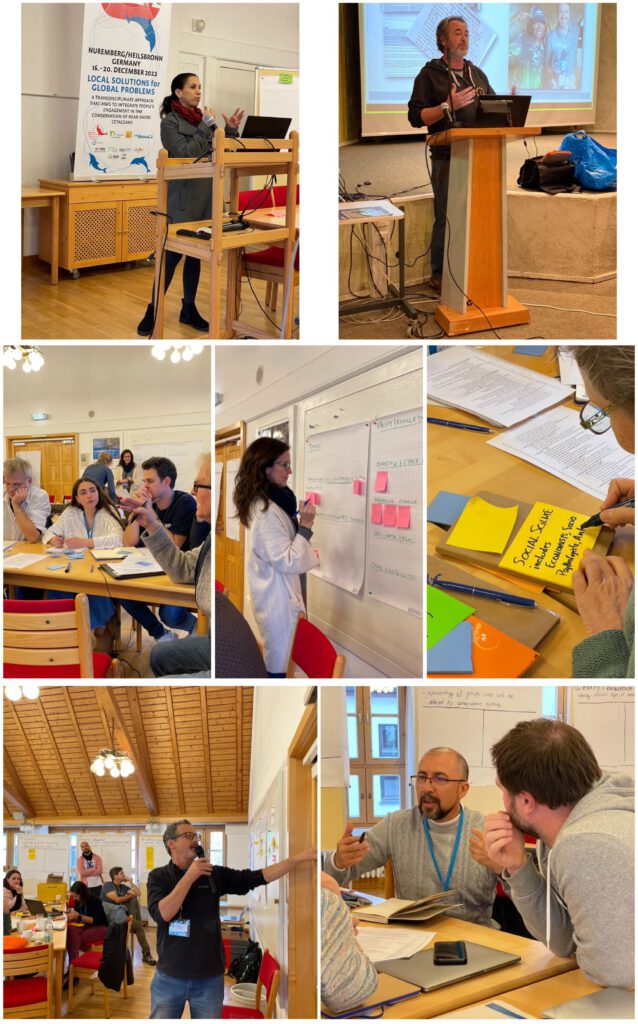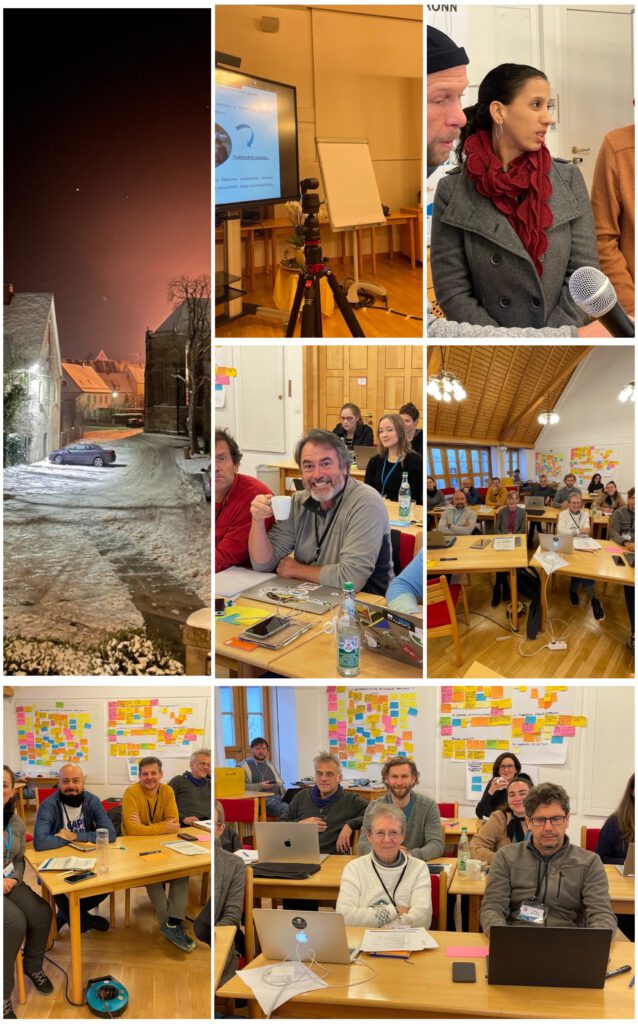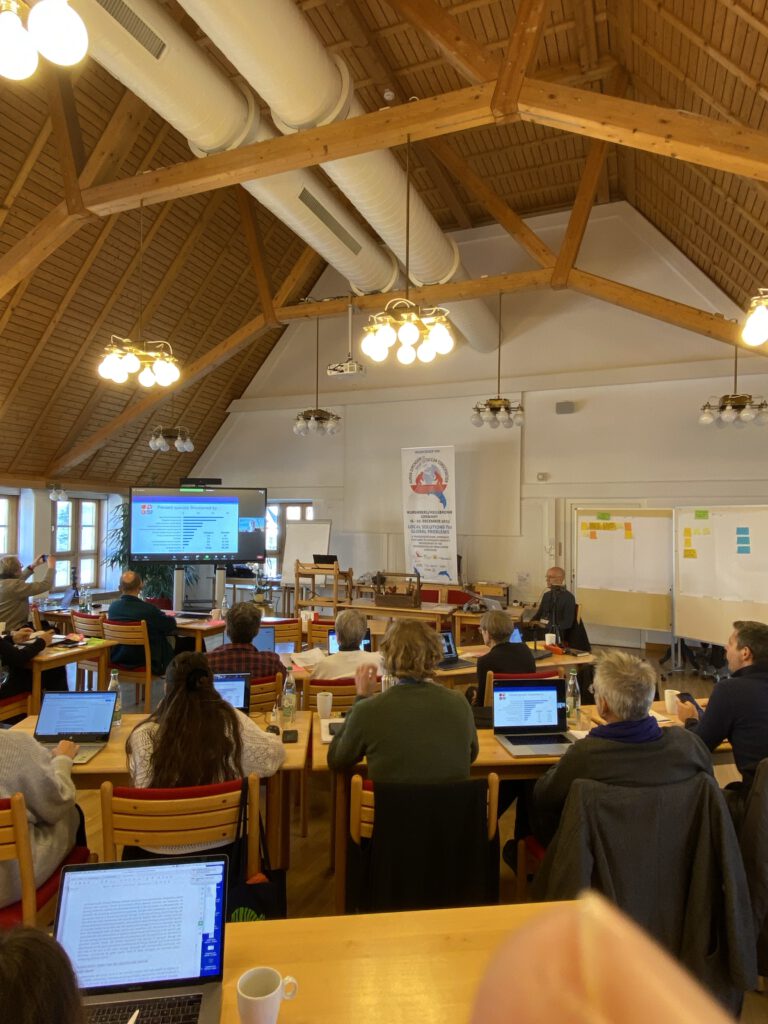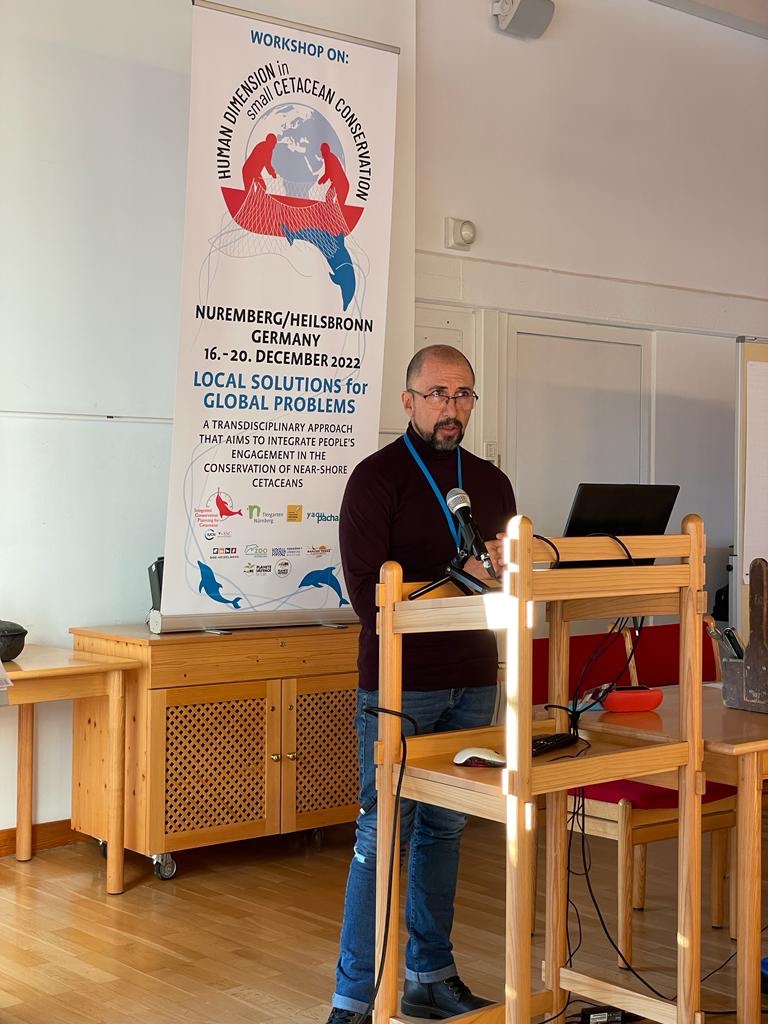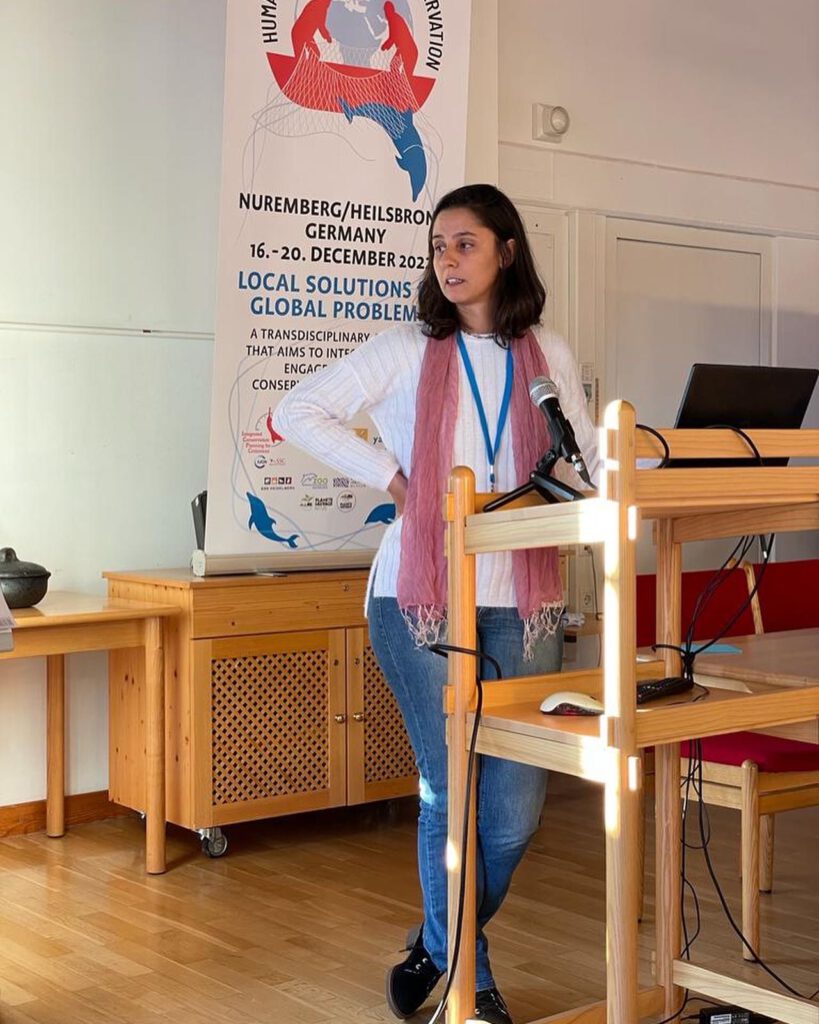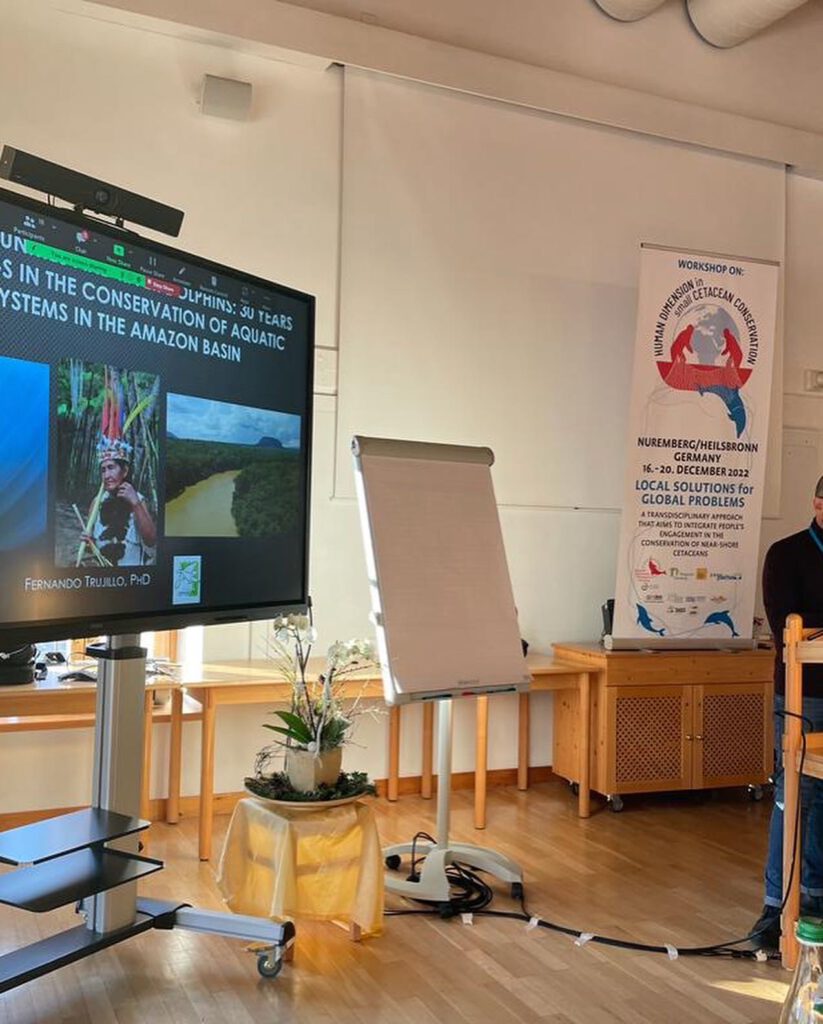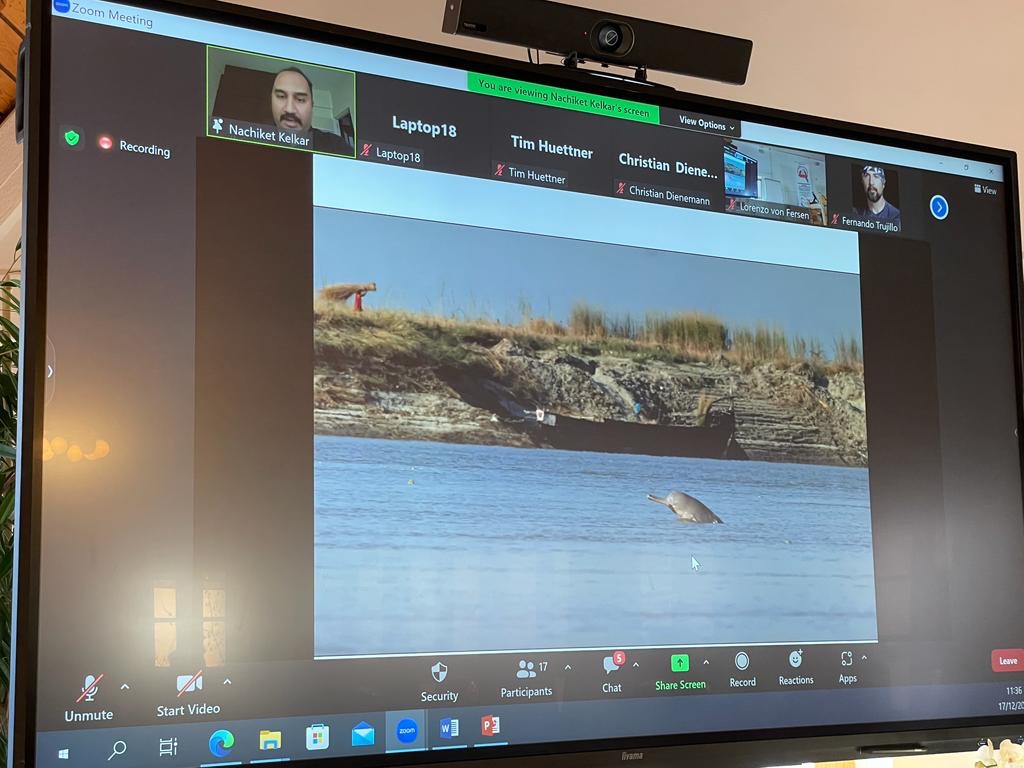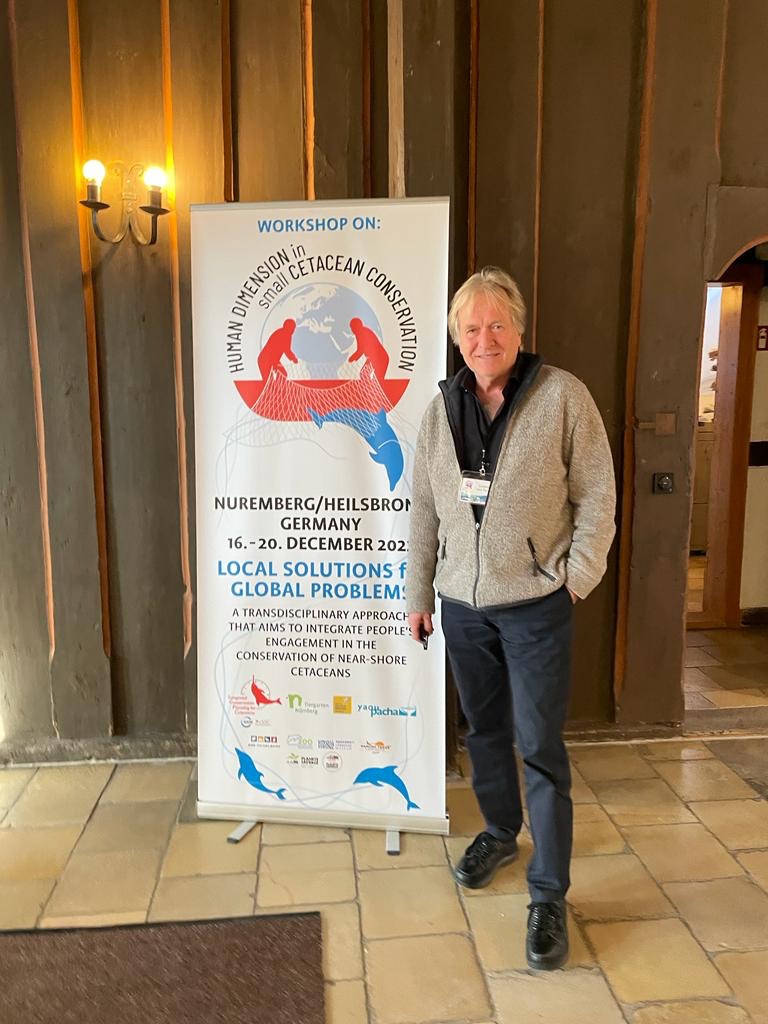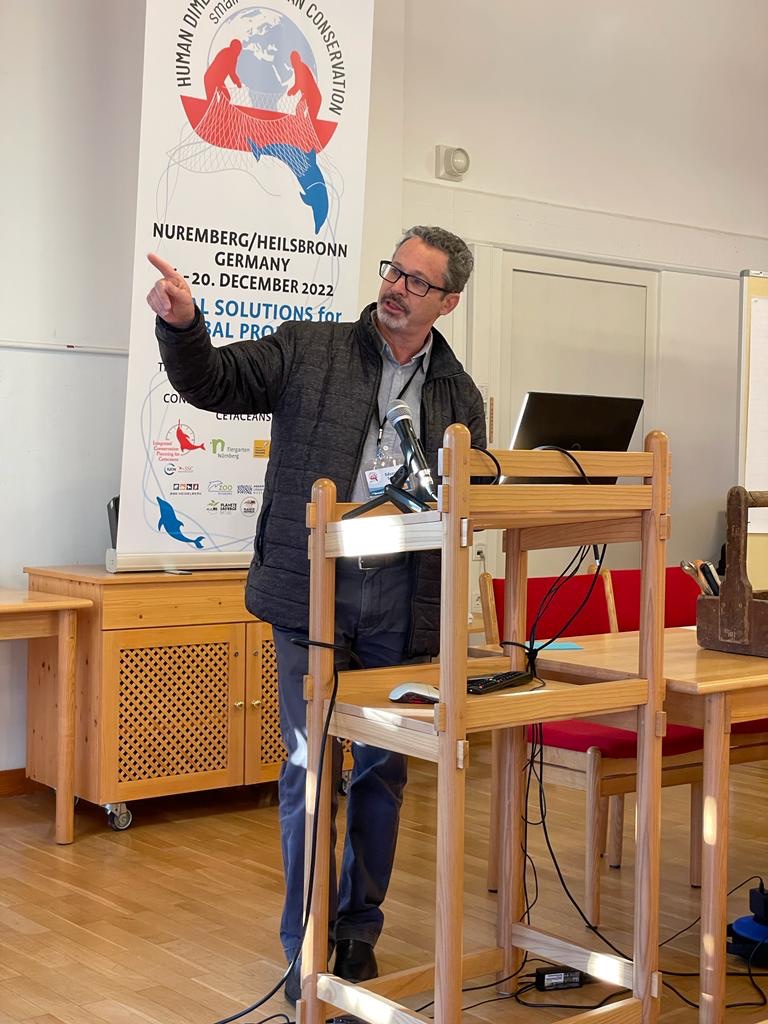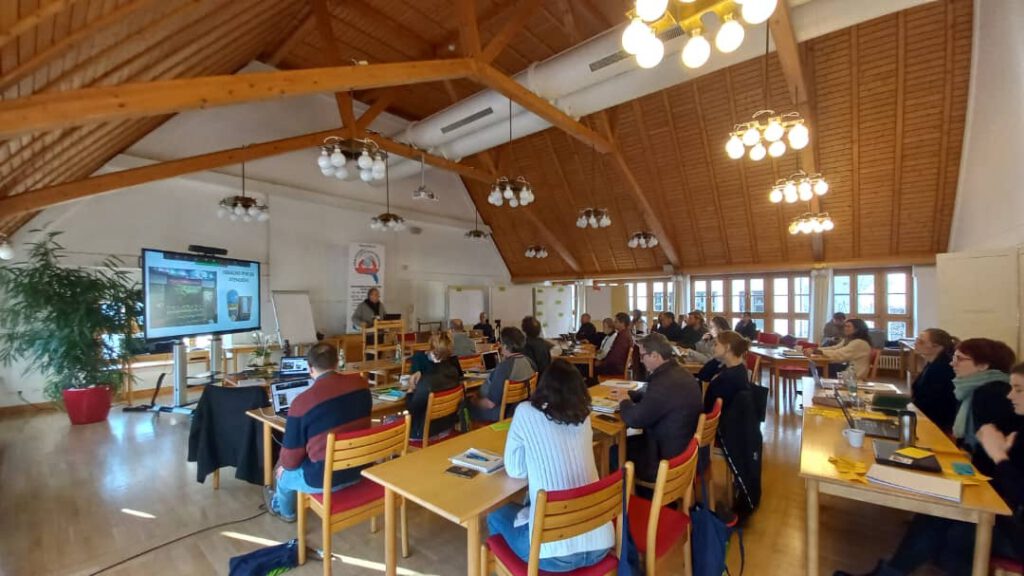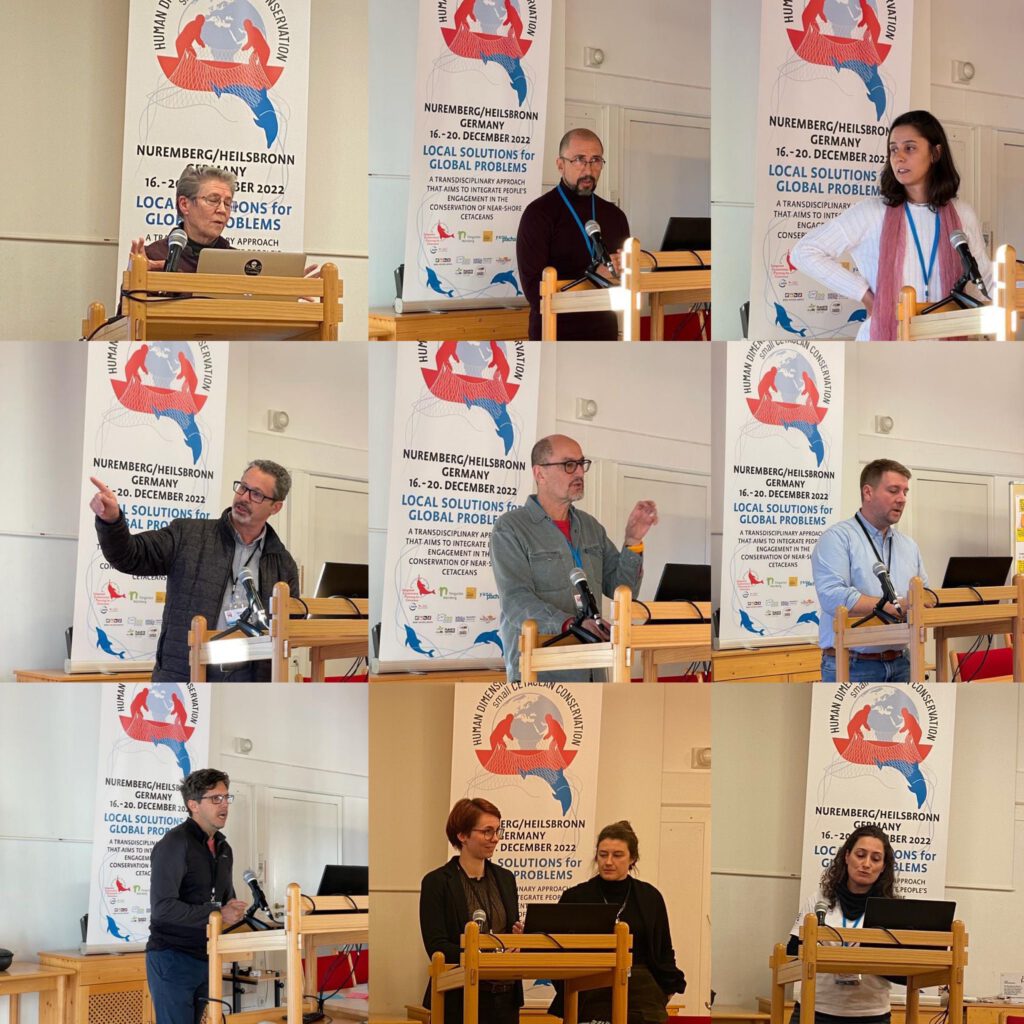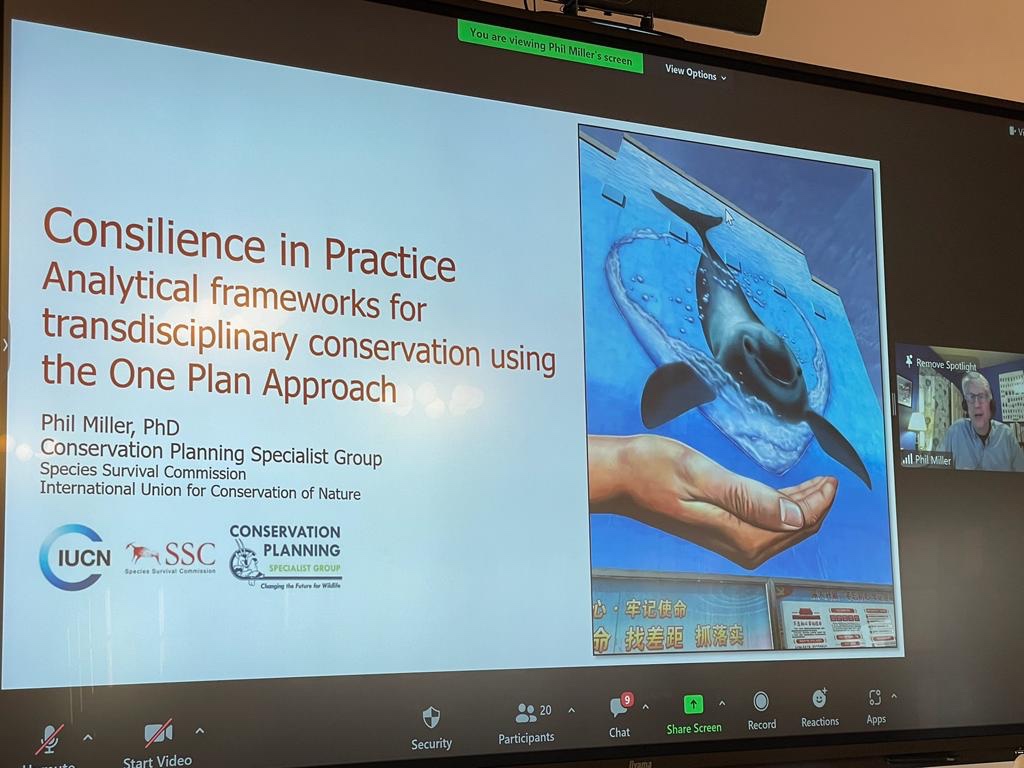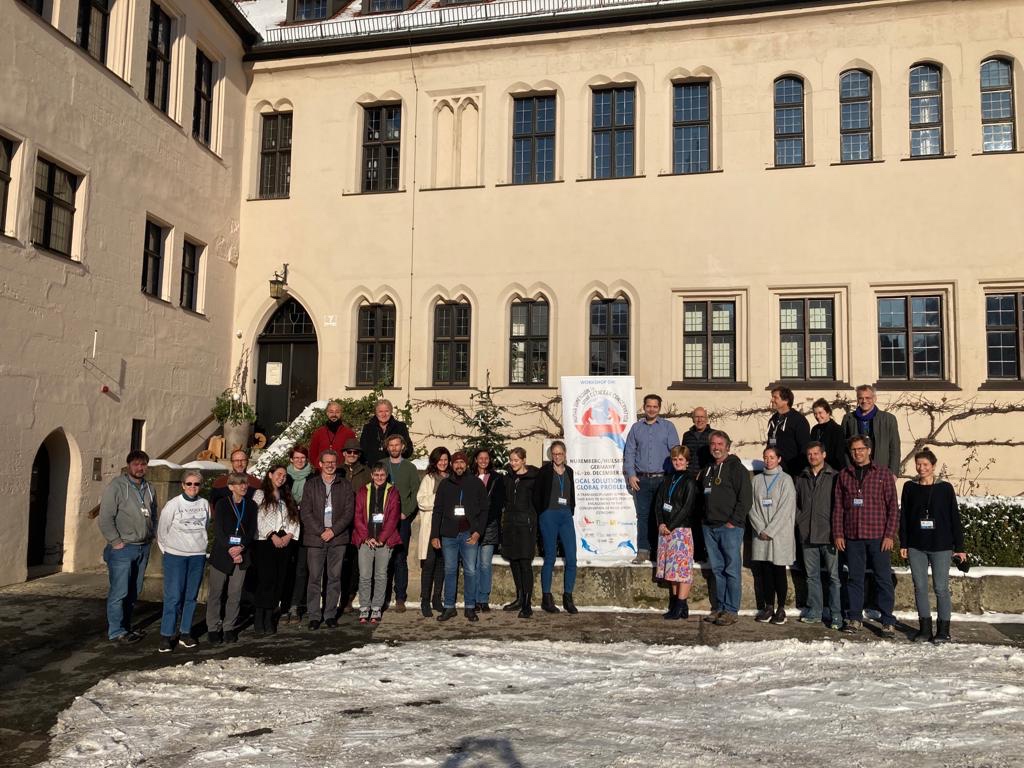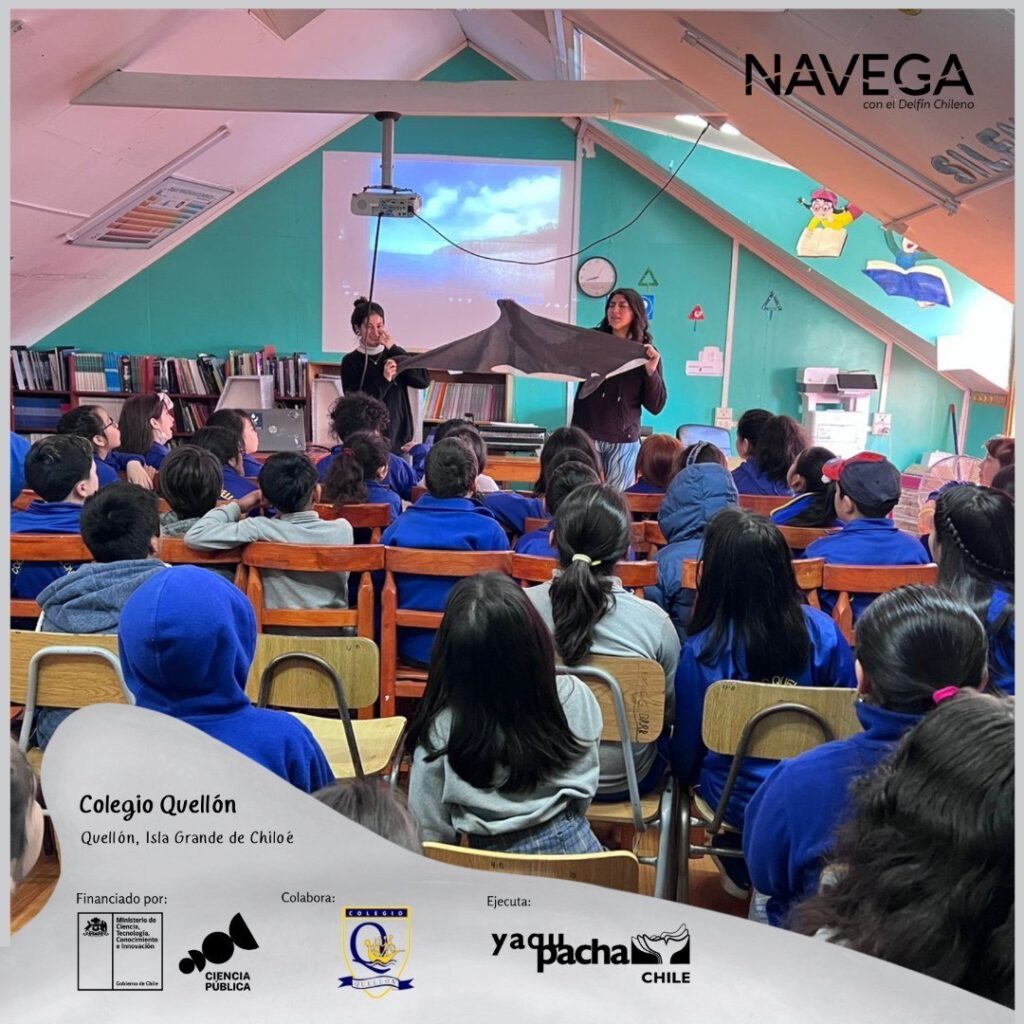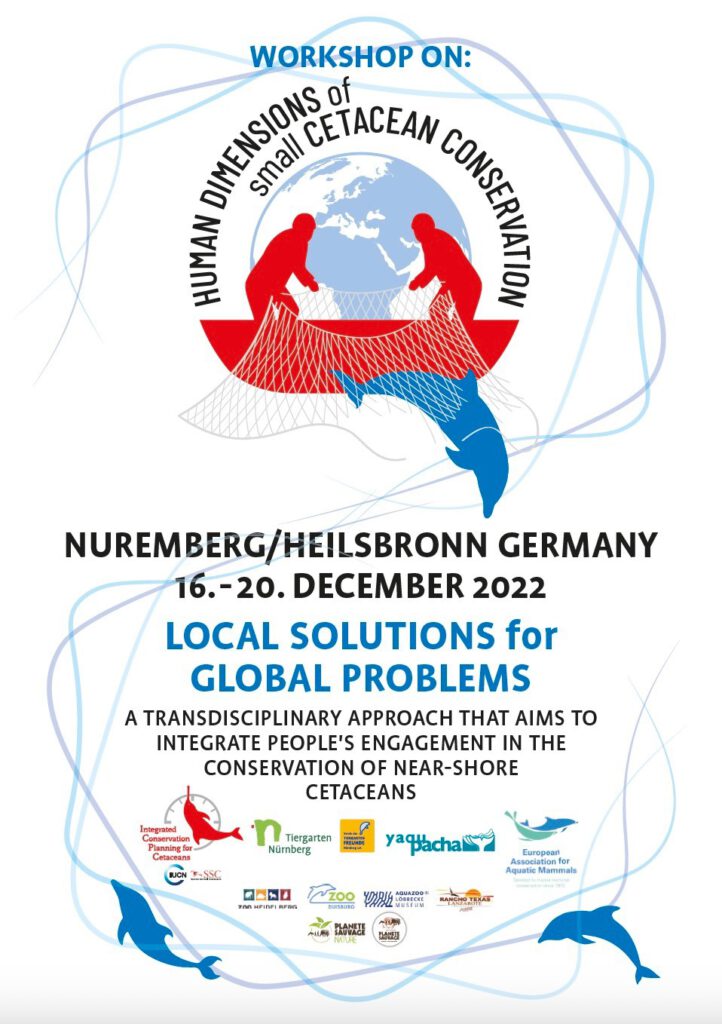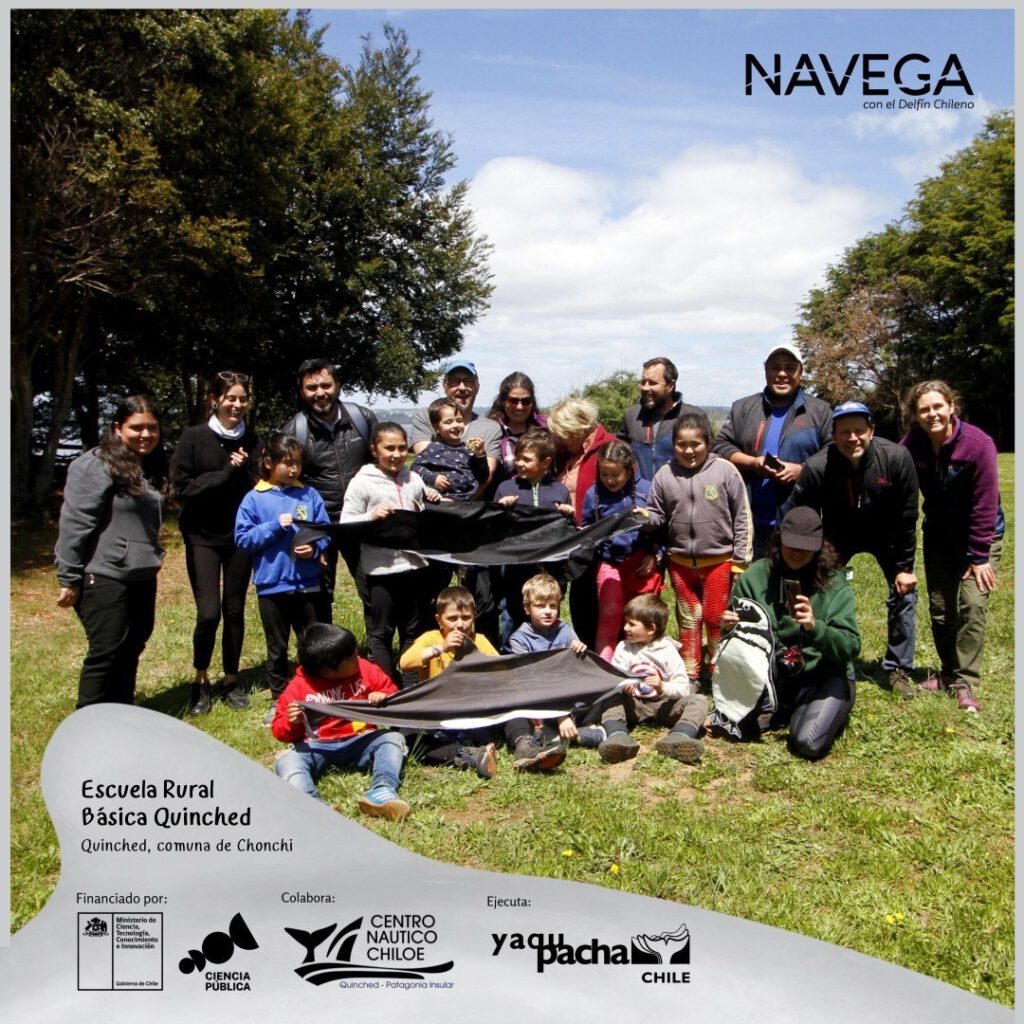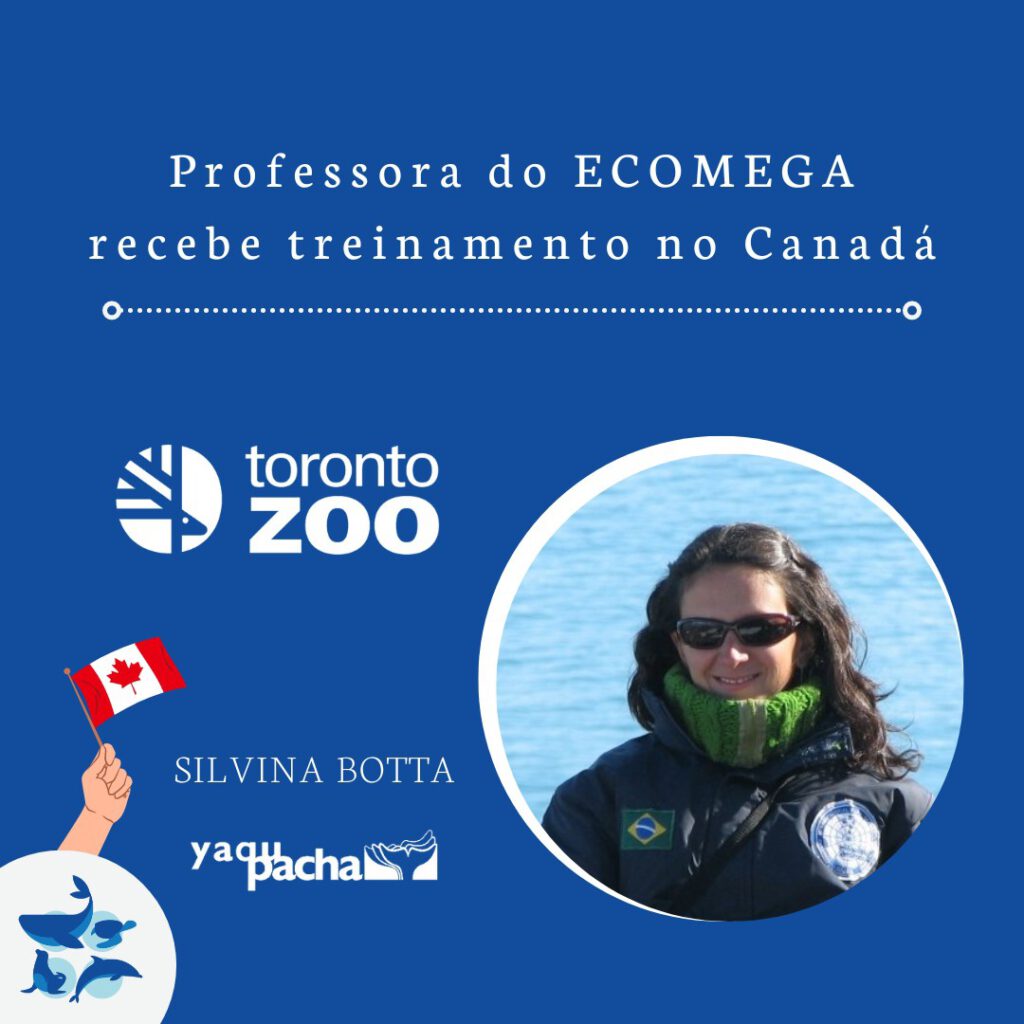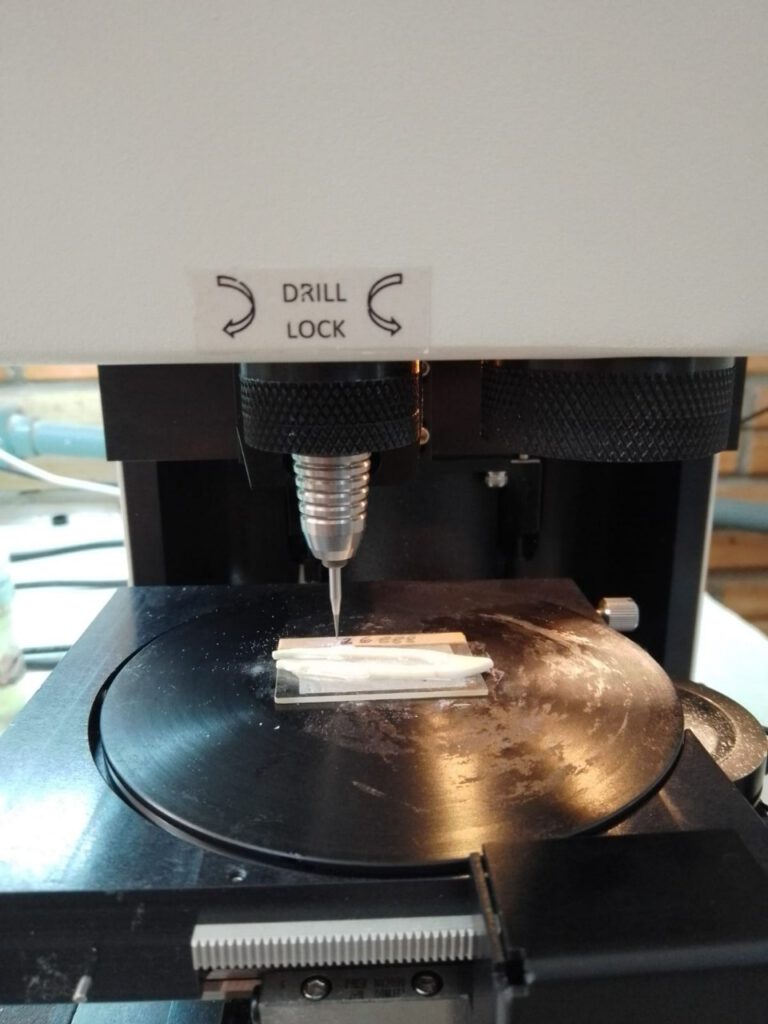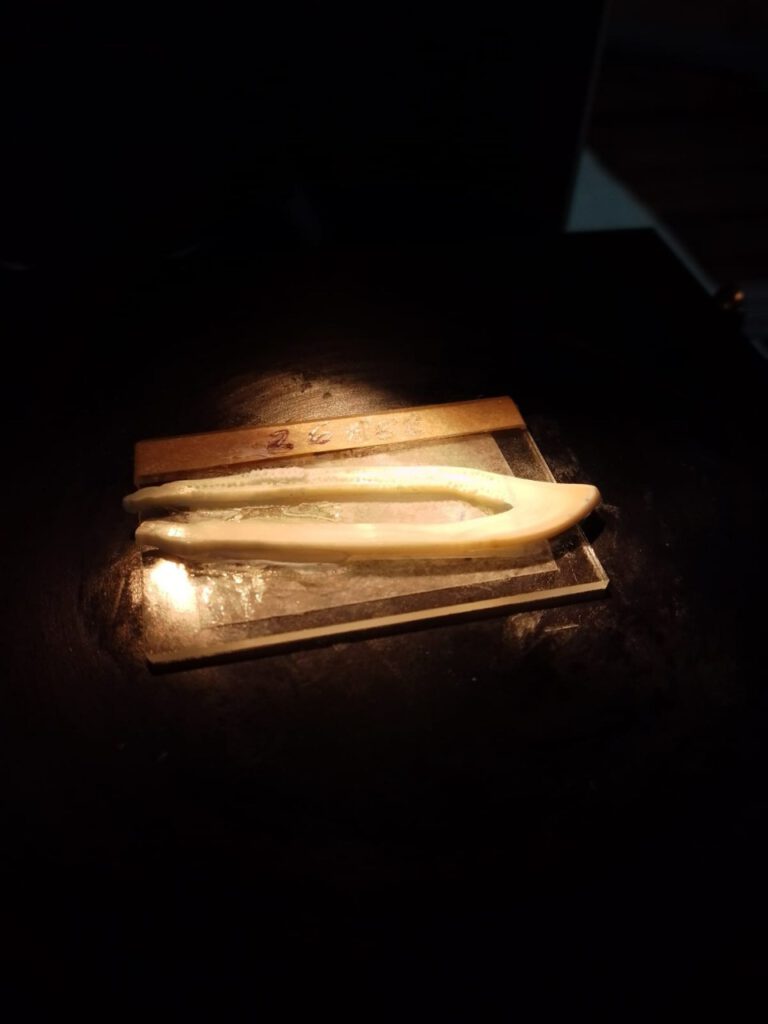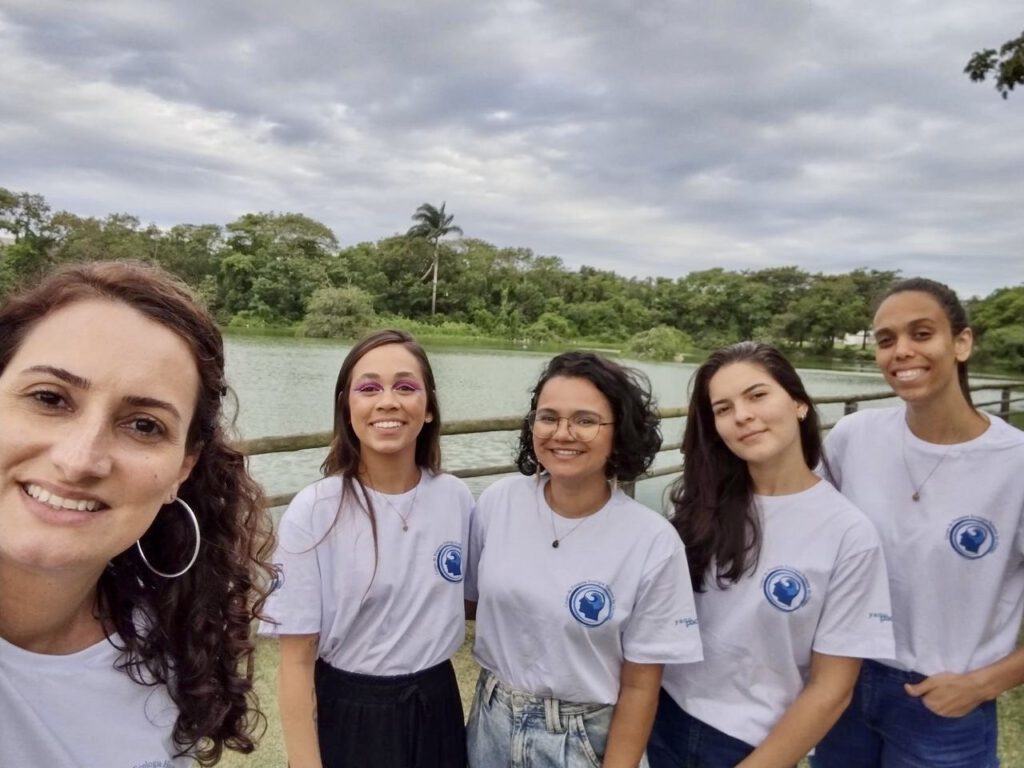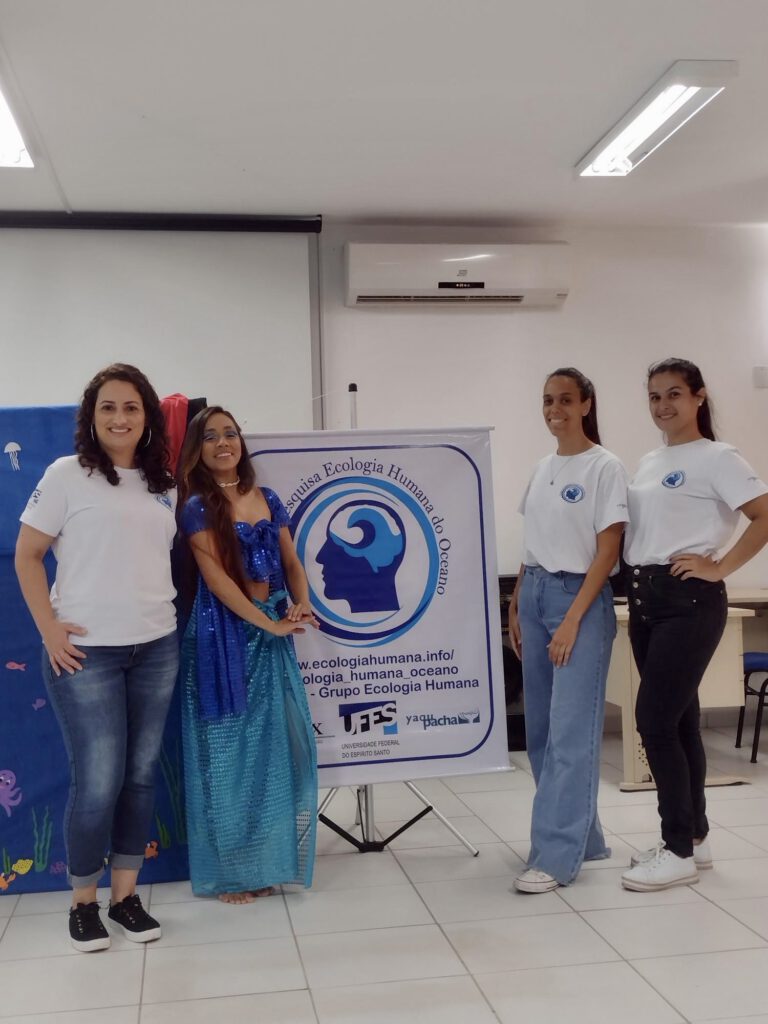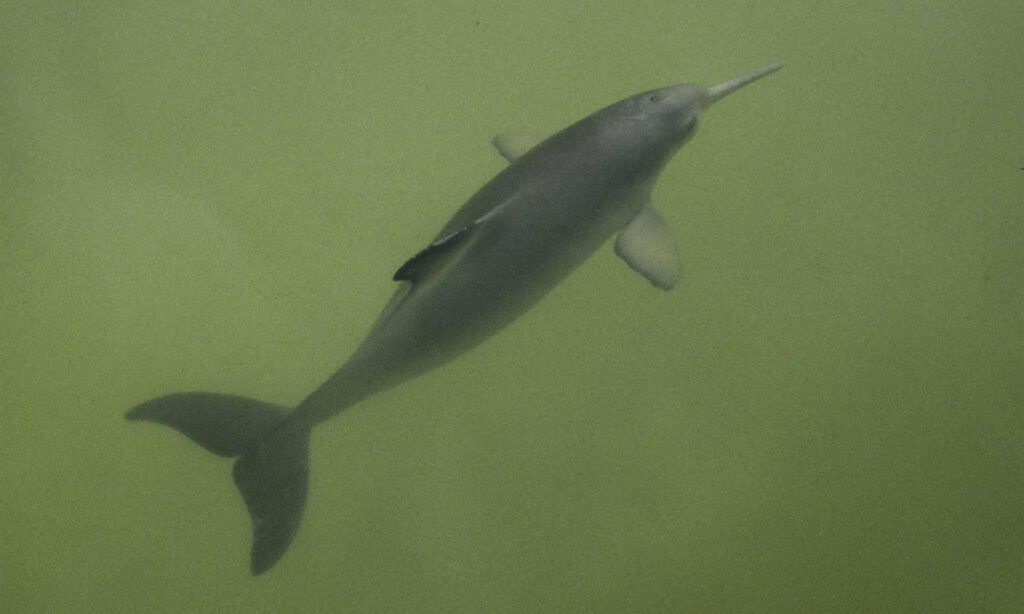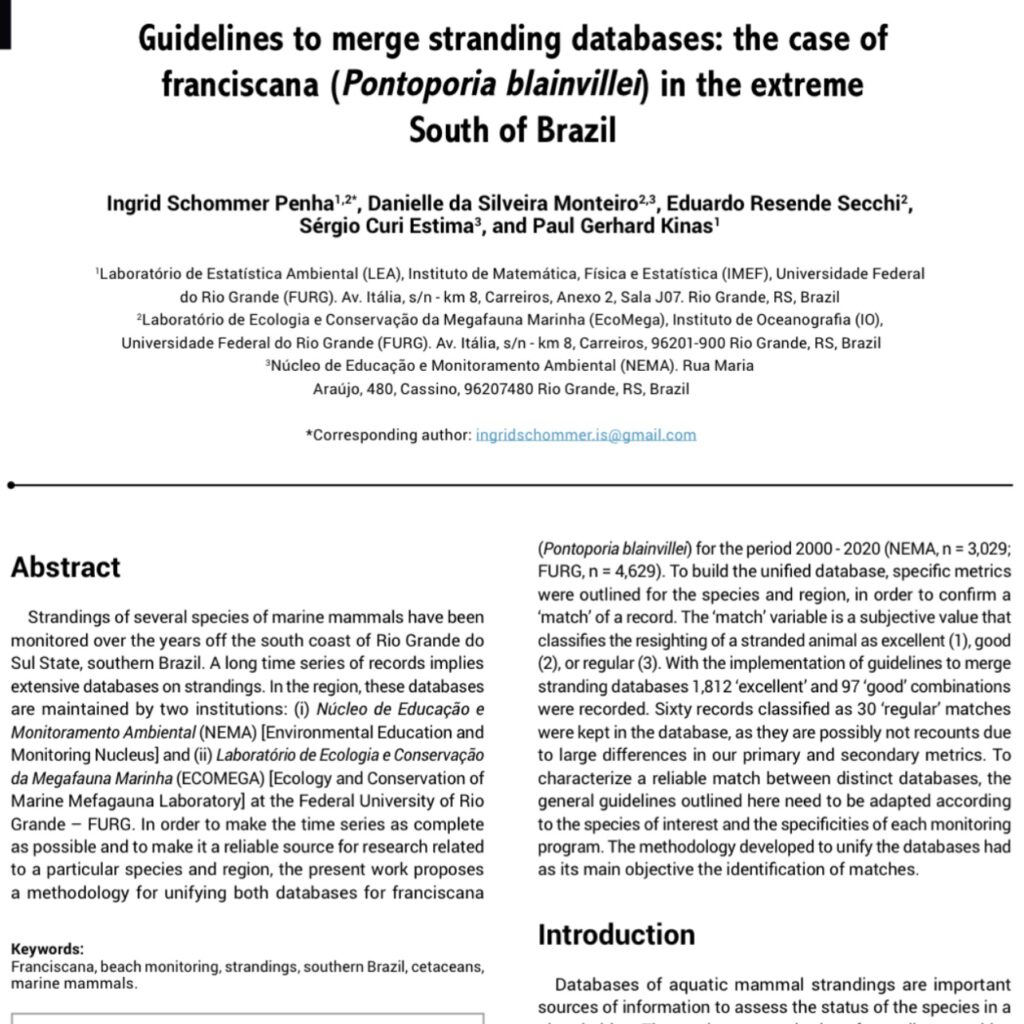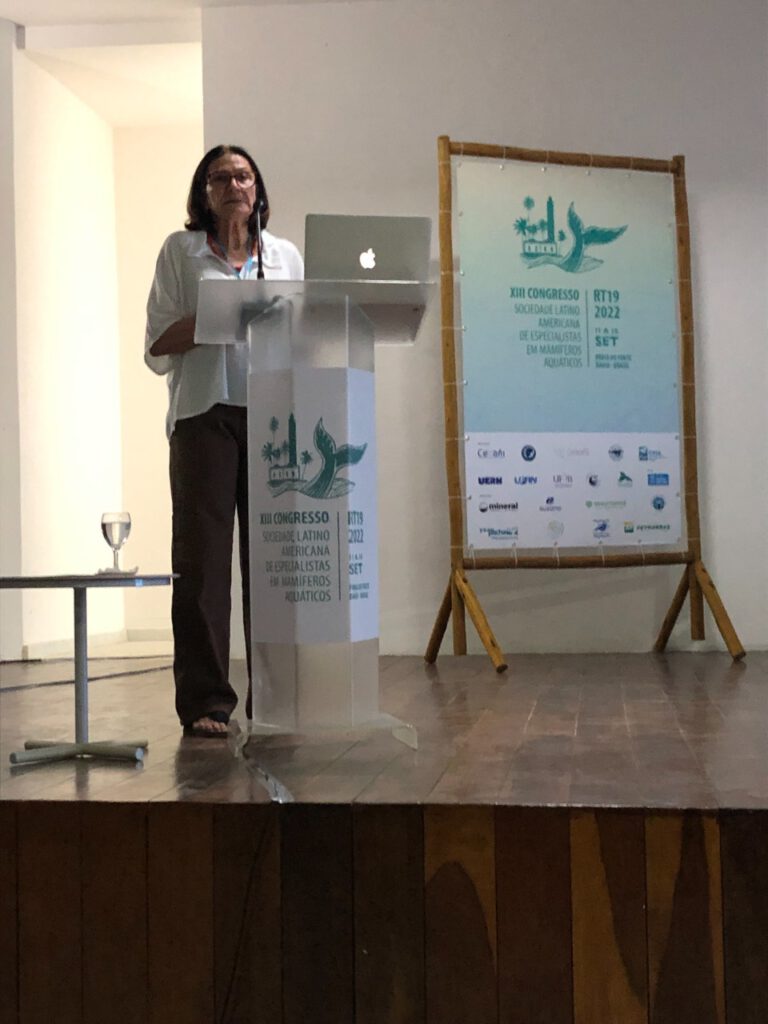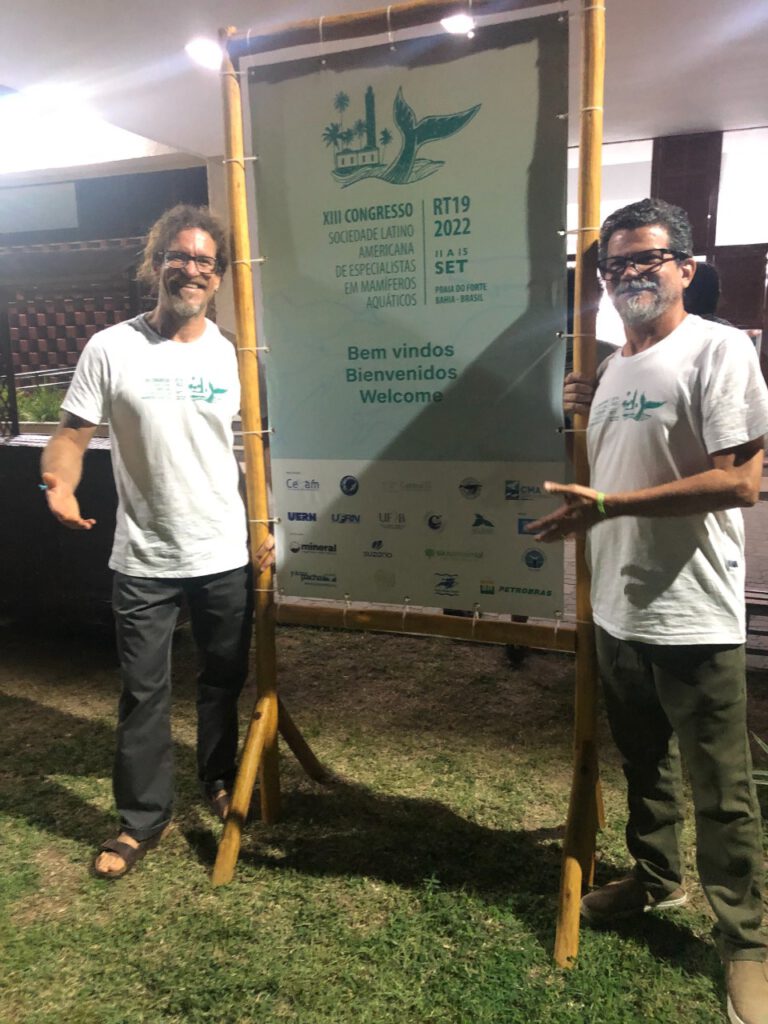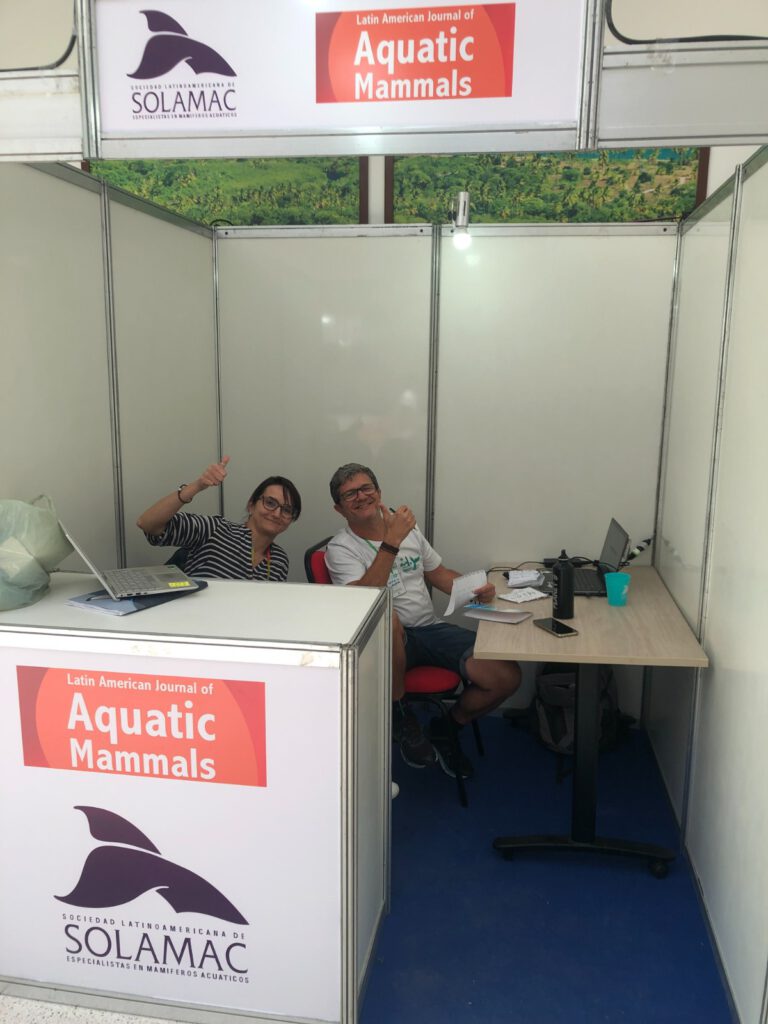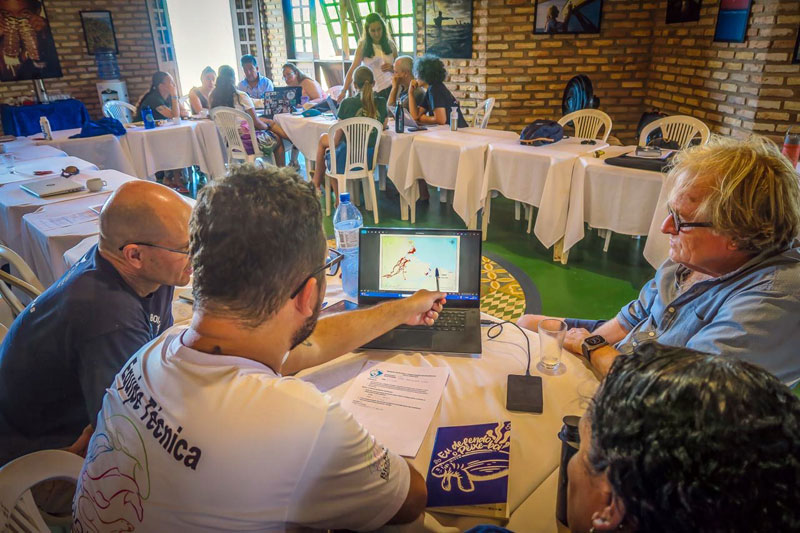
Icapuí, Brazil - From October 14 to 17, the Oh Linda! Pousada in Icapuí, Brazil, the Alliance for Manatees held an important manatee workshop that brought together experts from across South America to discuss the urgent conservation needs of Caribbean manatees. A total of 23 dedicated experts from 19 leading institutions and six South American countries from Brazil to Colombia took part. It was the first time that such an international meeting was held in South America.
This groundbreaking workshop was an important step forward for manatee conservation. Over four days, lively discussions were held, current scientific data on manatee habitats was evaluated, existing threats and conservation priorities were assessed and future actions were developed. A key aim of the event was to refine the habitat maps and identify critical areas in need of immediate protection.
Caribbean manatees are gentle, slow-swimming marine mammals known for their round, bearded faces and paddle-shaped tails. They are often called "manatees" and live mainly in shallow coastal waters, estuaries and inland waters of South America. They play an important role in their ecosystems by grazing on aquatic plants and thus improving water quality. Unfortunately, the subspecies found in South America, the Caribbean manatee(Trichechus manatus manatus), is classified as "endangered" by the IUCN due to threats such as habitat loss, boating accidents and climate change. Their survival depends crucially on active conservation measures that secure their habitat and control human impacts.
Dr. Carol Meirelles, manatee expert and Research Associate at the Marine Mammal Research Unit (MMRU ) at the University of British Columbia, organized and led the workshop. "The workshop brought together experts with direct data and information that had never been shared before," said Dr. Meirelles. "It allowed us to identify where manatees still occur and where they are threatened."
Professor Andrew Trites, Director of MMRU, also made an important contribution to the running of the workshop. His expertise in facilitating discussions fostered the collaborative spirit that made the event such a success. "It was truly remarkable," says Trites, "to see such a diverse group of manatee experts from all over South America in one place and to witness the need for them to speak with one voice to protect manatees in their homelands."
The alliance focuses on the manatees in Colombia, Venezuela, Guyana, Suriname, French Guiana and Brazil - regions in which five national languages are spoken and environmental protection is practised to varying degrees. "The Caribbean manatees don't belong to any one country," says Trites. "They are a shared responsibility for the whole of South America. All countries where manatees are found must join forces to ensure their survival."
The protection of the manatee is not only a top priority in South America. For partners such as the Pairi Daiza Foundation from Belgium and the Nuremberg Zoo, as well asYAQU PACHA from Germany, the protection of manatees is also of great importance, which is why both provided funding to make the workshop possible. "We wanted to contribute to the long-term conservation of manatees and are proud to support the efforts of the Alliance," said Dr. Catherine Vancsok, Scientific Director of the Pairi Daiza Foundation and one of the main sponsors of the workshop. Dr. Lorenzo von Fersen, Curator of Research and Conservation at Nuremberg Zoo and Chairman of YAQU PACHA e.V., emphasized the responsibility of European institutions to actively contribute to the protection of manatee populations.
"As coordinator of the European Association of Zoos and Aquariums(EAZA) Manatee Ex-situ Program (EAZA-EEP), we see the support of the Alliance for Manatees as a unique opportunity to pool our knowledge and resources to ensure the long-term survival of manatees," said von Fersen. The involvement of zoos underlines the importance of the IUCN One Plan Approach as a holistic strategy for species conservation. "Zoo-based research provides important data on health, behavior and reproduction that benefits wild populations and underscores the critical role of ex situ species conservation."
Von Fersen praised the strong commitment of all participants: "What particularly impressed me was the willingness of many participants to share their data and knowledge for a common goal. This open collaboration and knowledge sharing is exactly what we need for effective protection strategies. It boosts my confidence that together we can make a real contribution to the conservation of this endangered species."
Dr. Meirelles will use the valuable insights from the workshop to update the current manatee habitat maps so that they can continue to serve as a basis for the conservation of this species. The international team of manatee experts will continue to work together in online meetings over the coming months to create a comprehensive priority map for manatee conservation in South America.
In addition to the in-depth discussions during the Manatee Workshop, participants also had the opportunity to visit local rehabilitation centers, including the Aquasis Rehabilitation Center and the Praia da Peroba Release Center in Icapuí. These visits provided valuable insights into the practical conservation measures being taken to preserve the endangered manatee populations in the region.
The manatee workshop was made possible by the logistical support of Aquasis, a Brazilian non-profit organization for the protection of the oceans. The Alliance for Manatees is a project of the Marine Mammal Research Unit at the Institute for the Oceans and Fisheries of the University of British Columbia and is supported by various partners, including the Nuremberg Zoo, the Pairi Daiza Foundation, YAQU PACHA e.V. and the IUCN Species Survival Commission.
With the continued support of these organizations and the commitment of manatee researchers, the Alliance for Manatees is poised to make significant progress in protecting this iconic species throughout South America.
"The willingness shown this week to work together and share data and knowledge gives me hope that if we join forces and speak with one voice, we can ultimately save the manatees throughout their habitat," said Meirelles.
